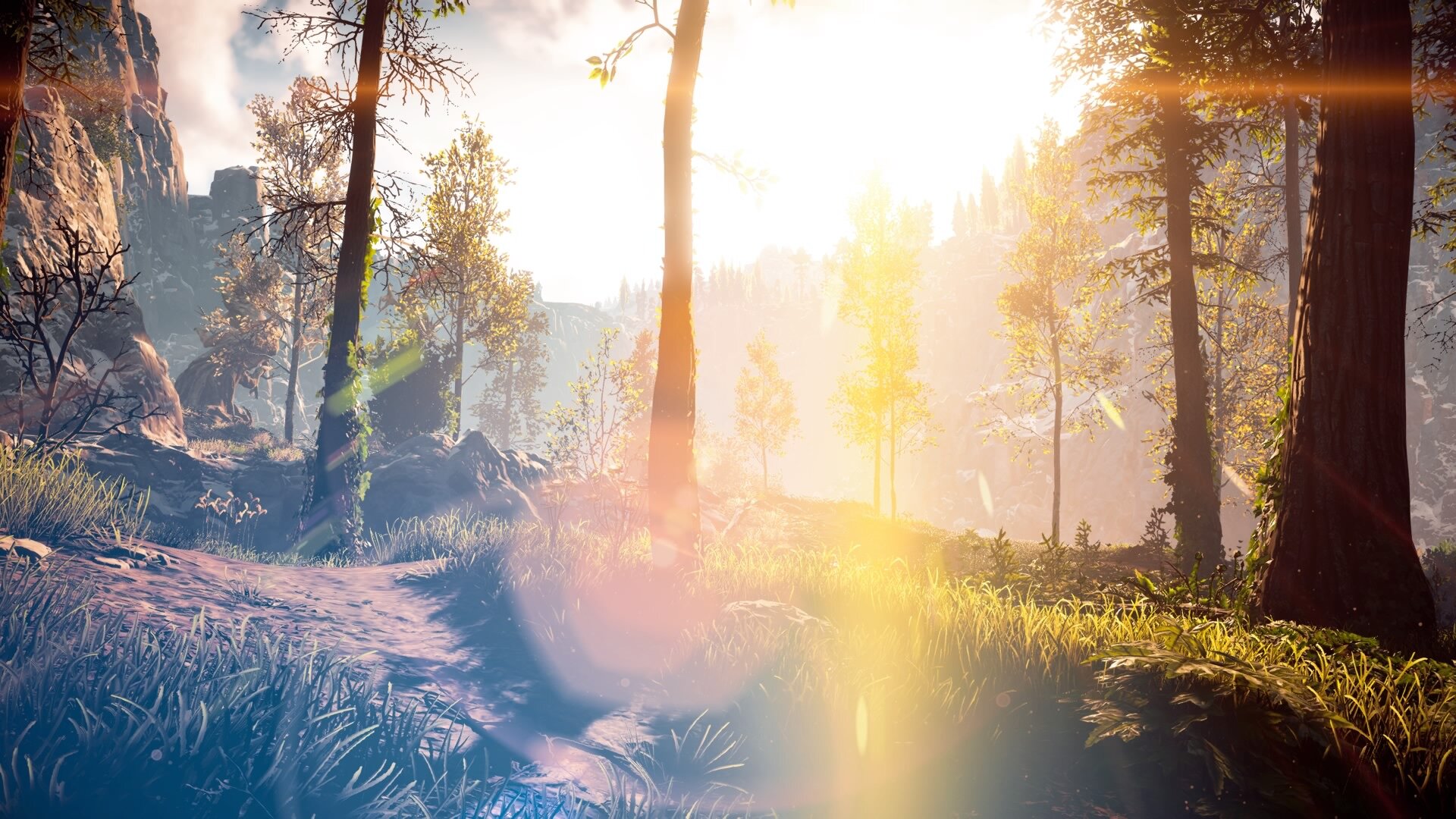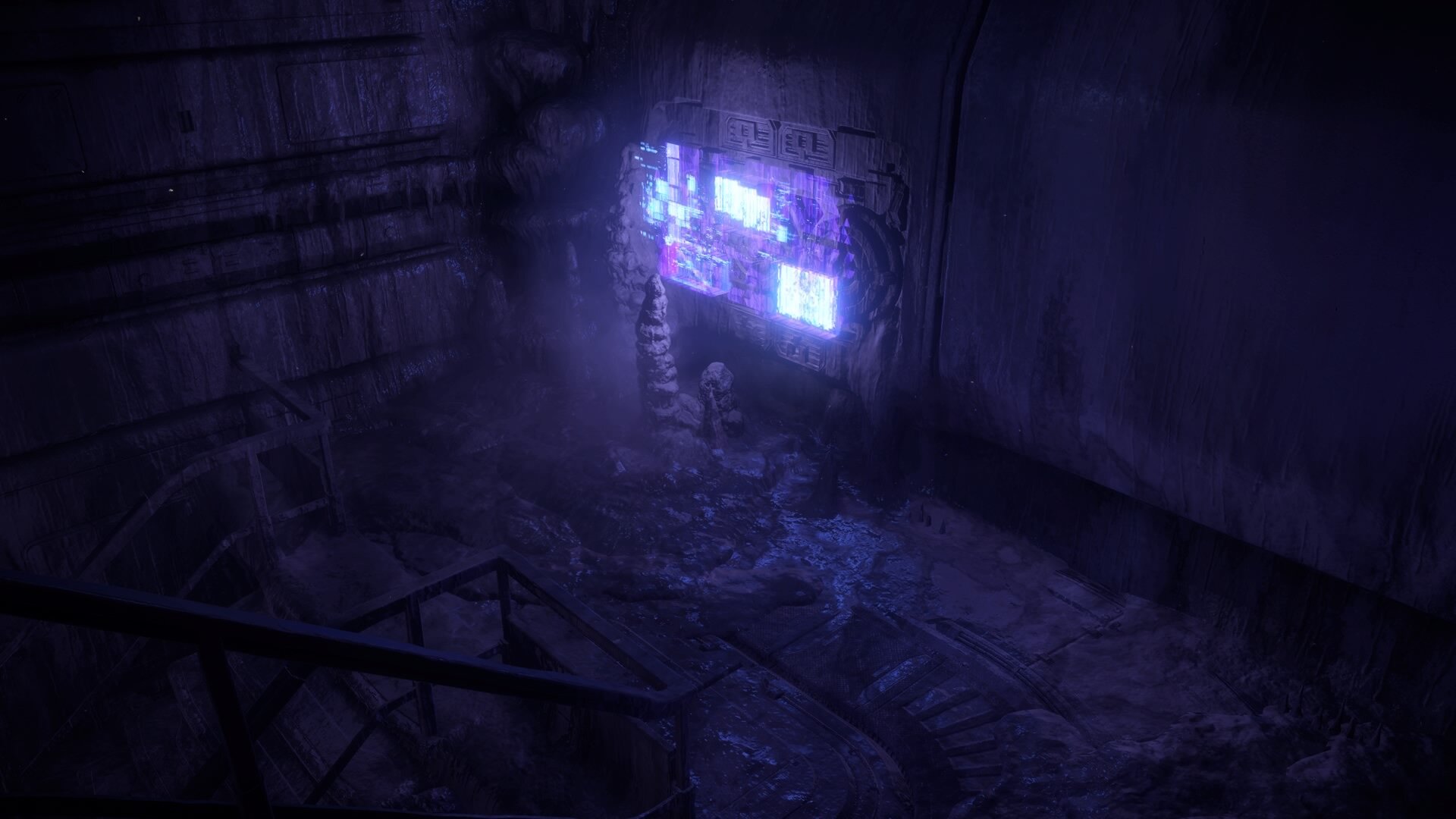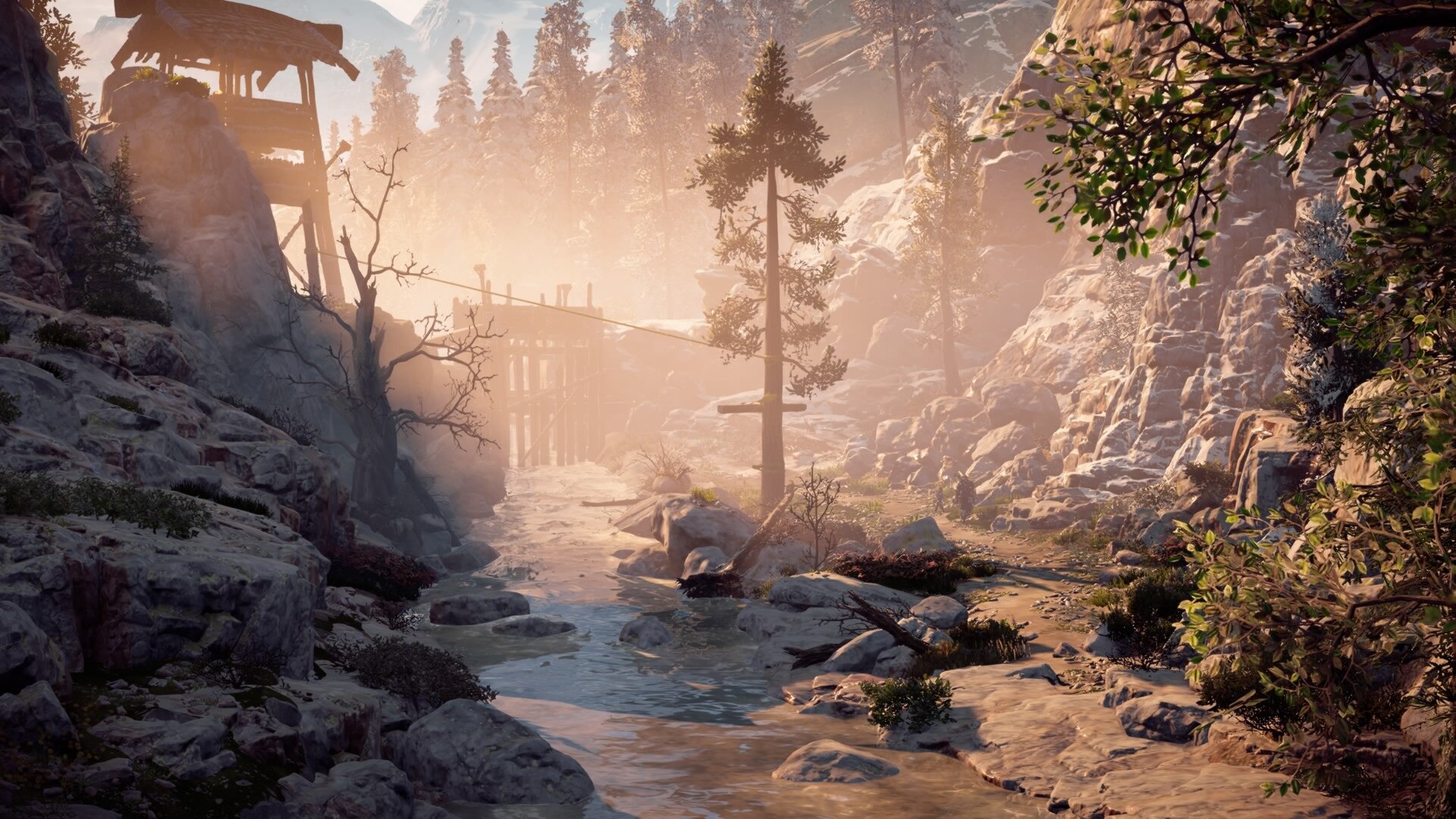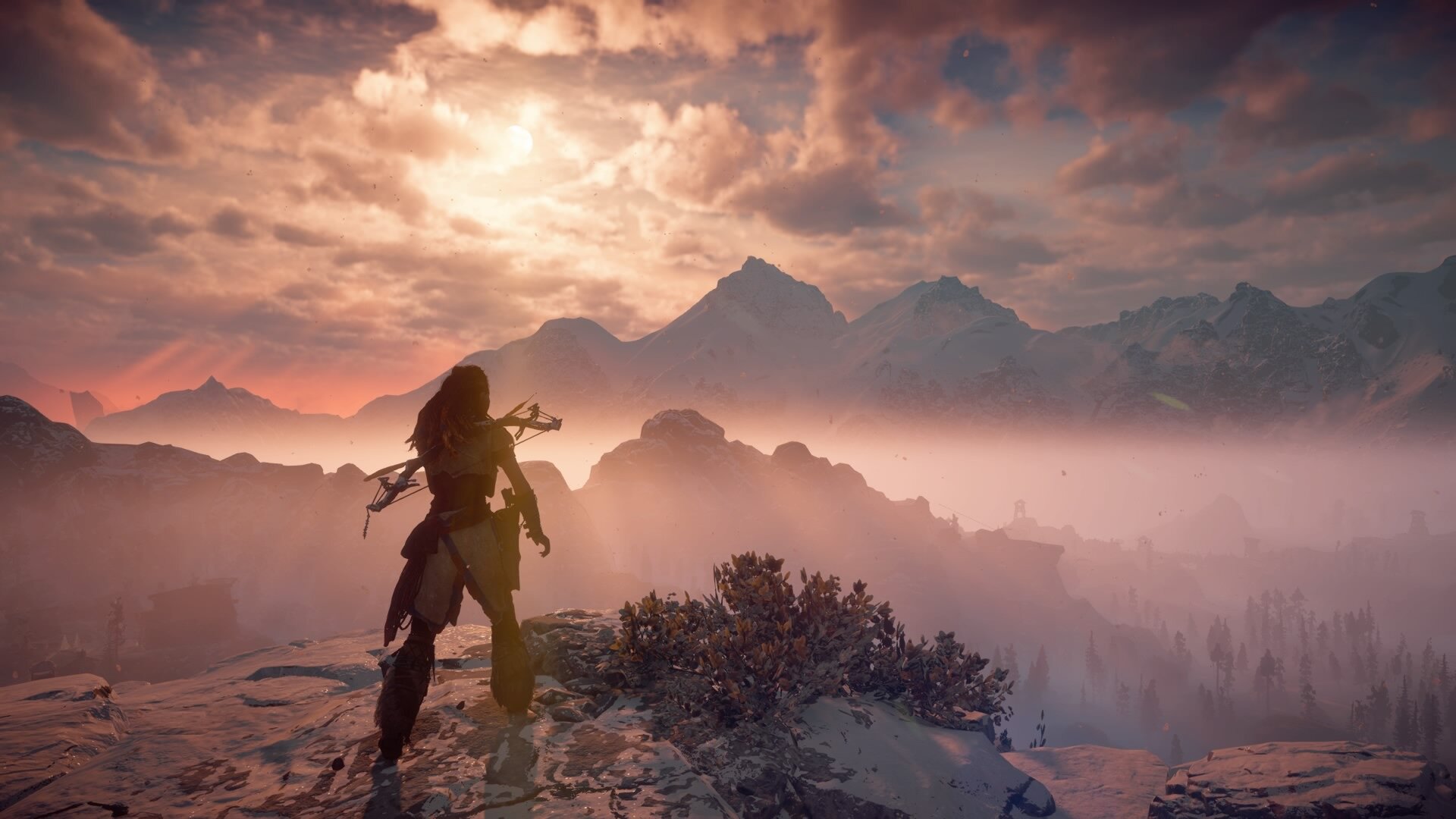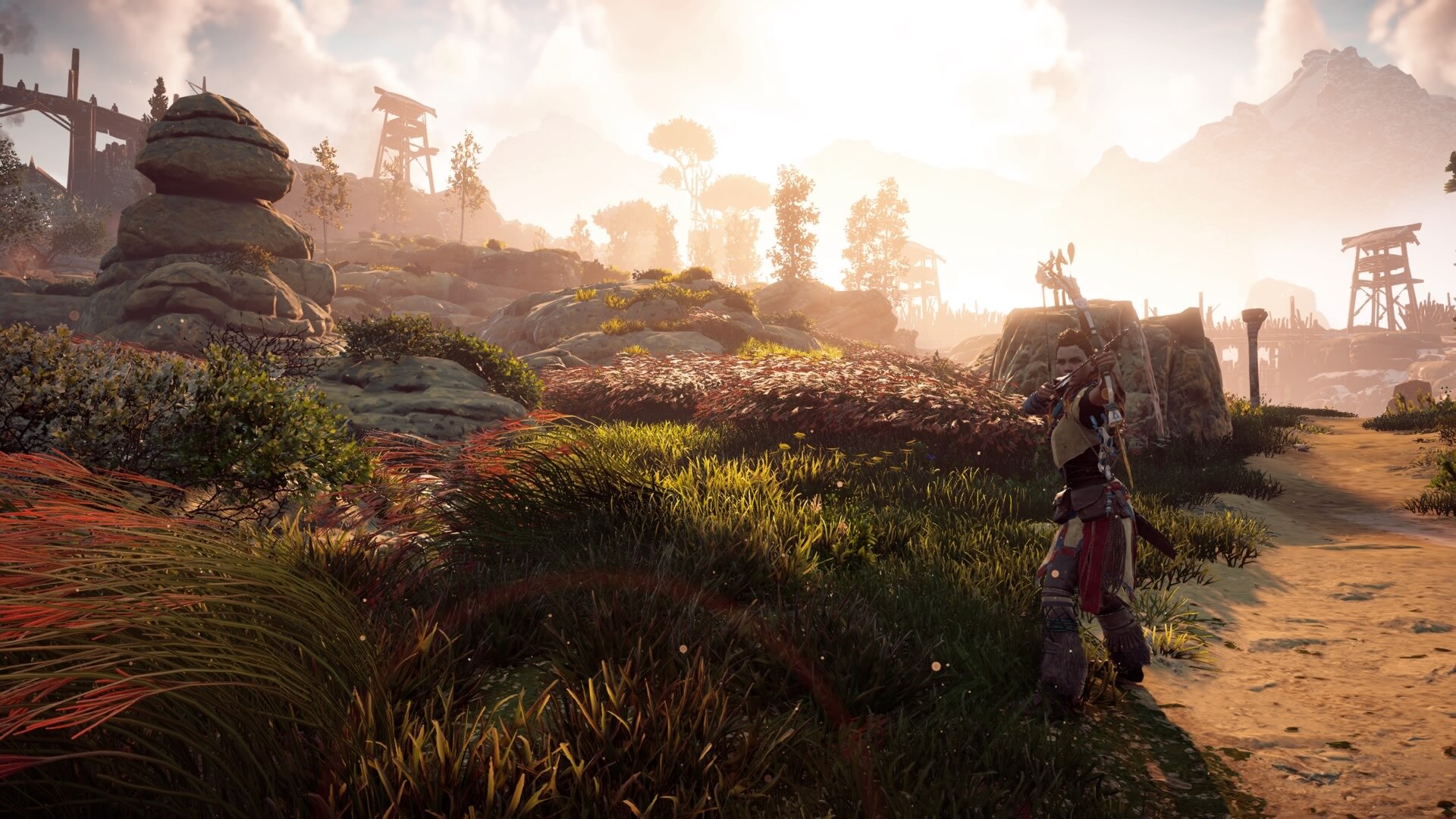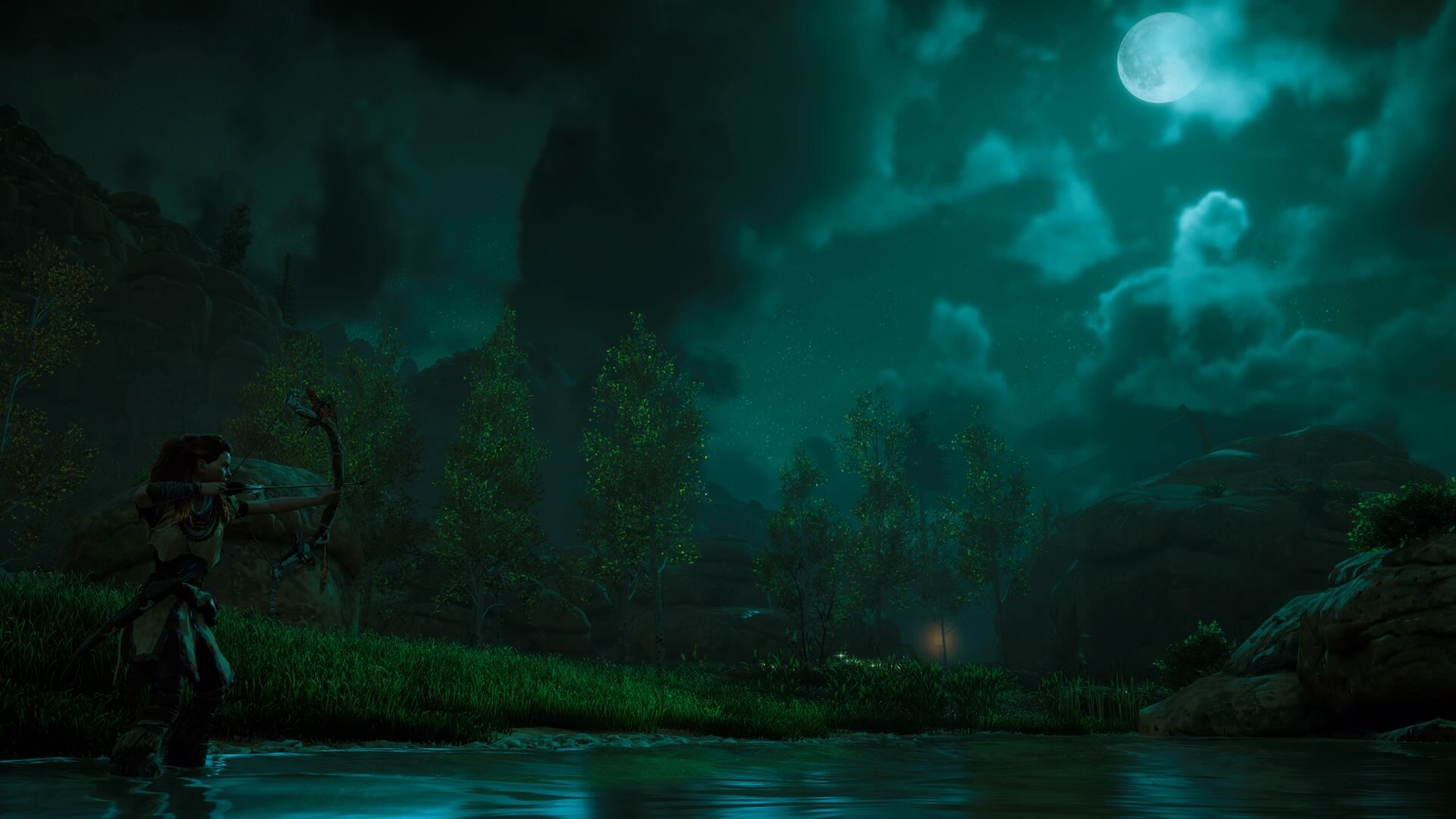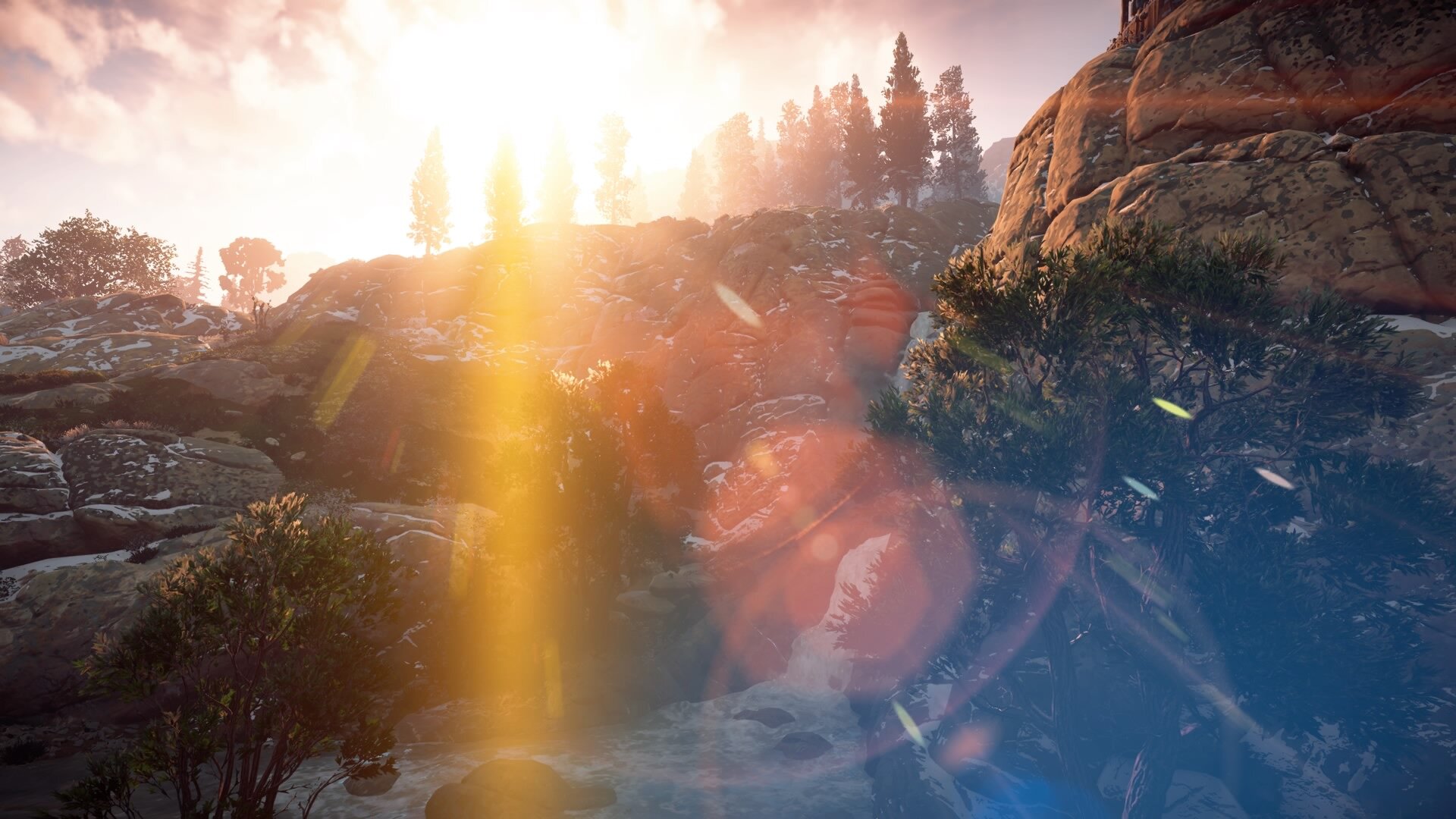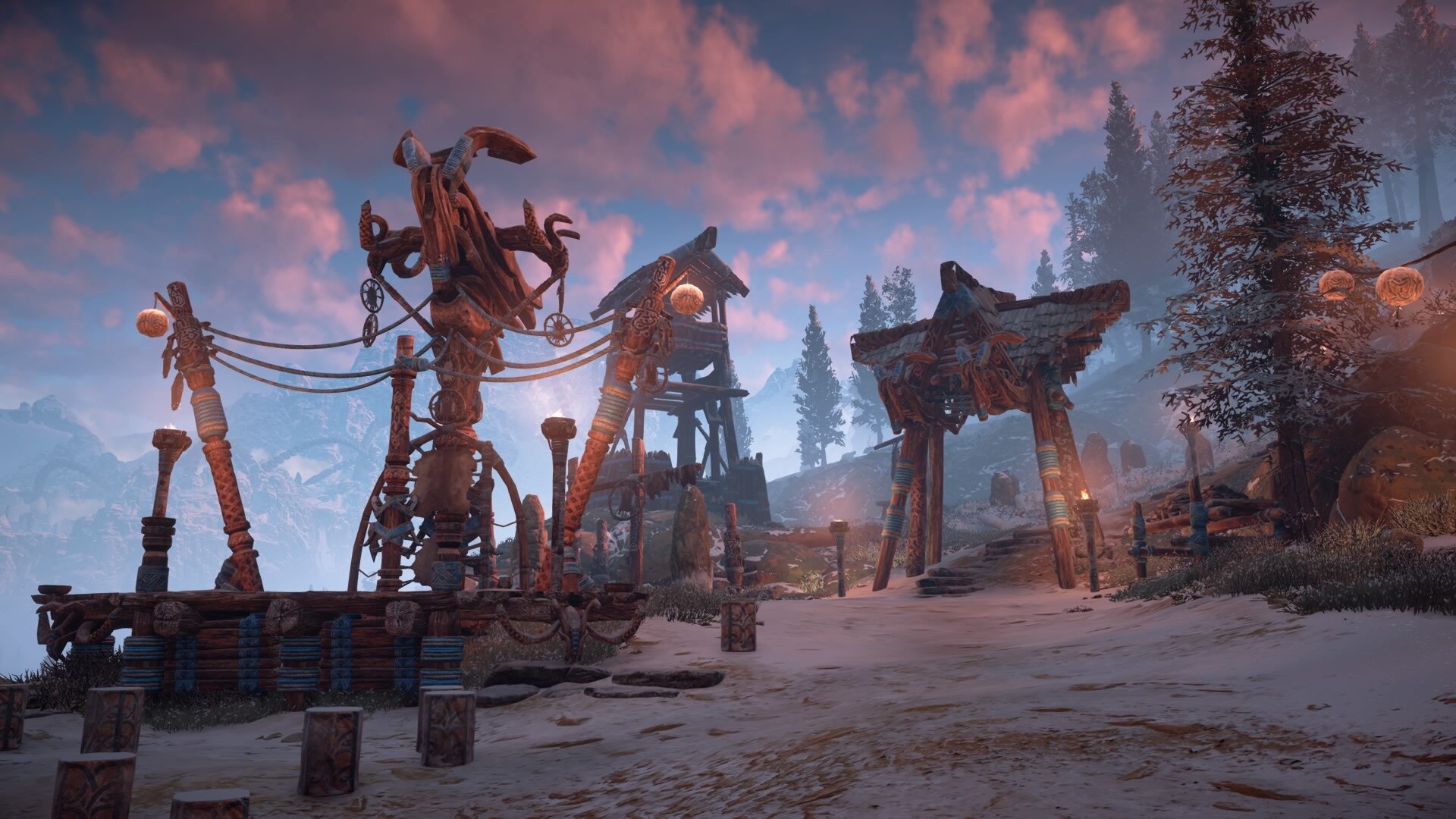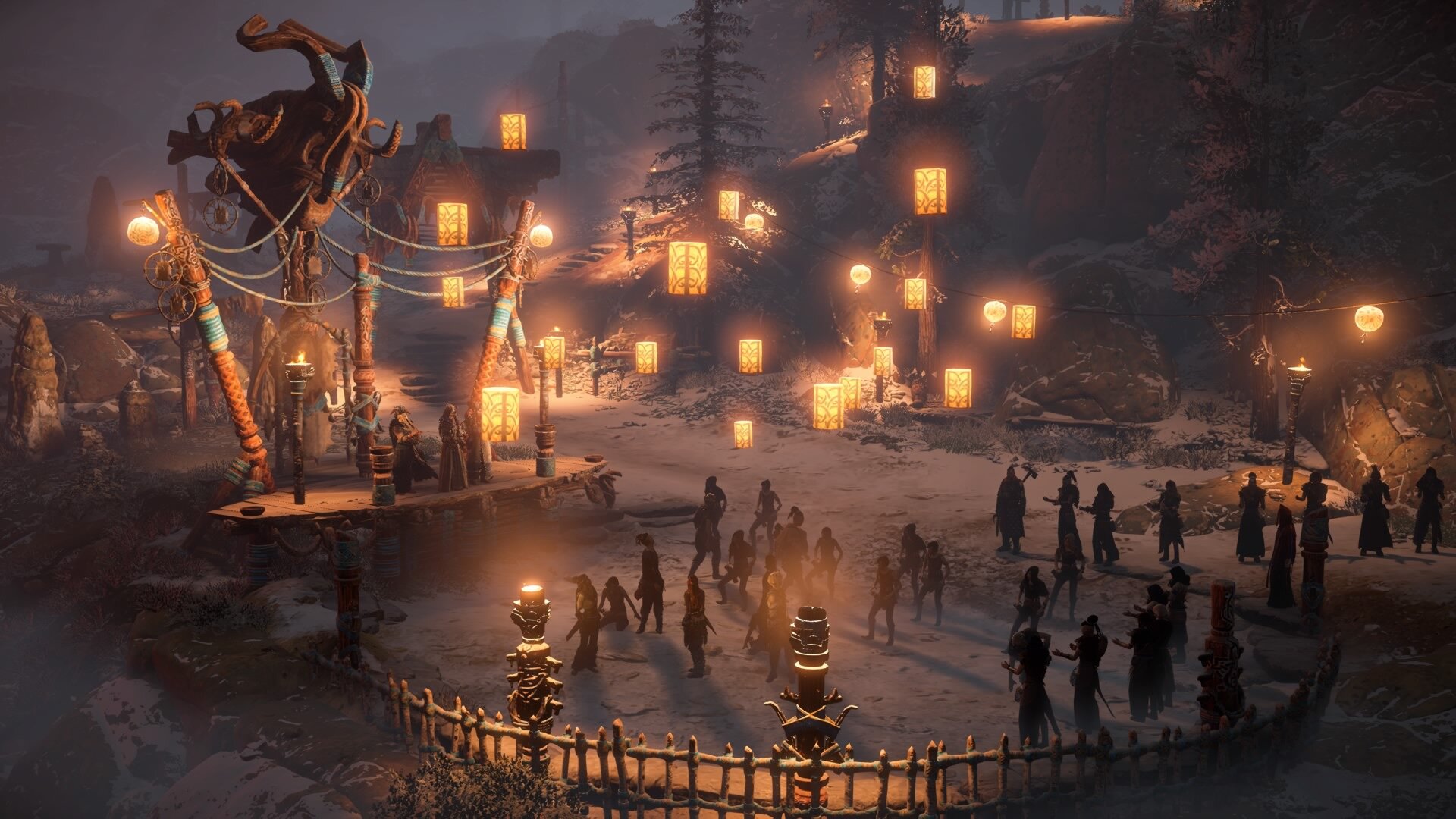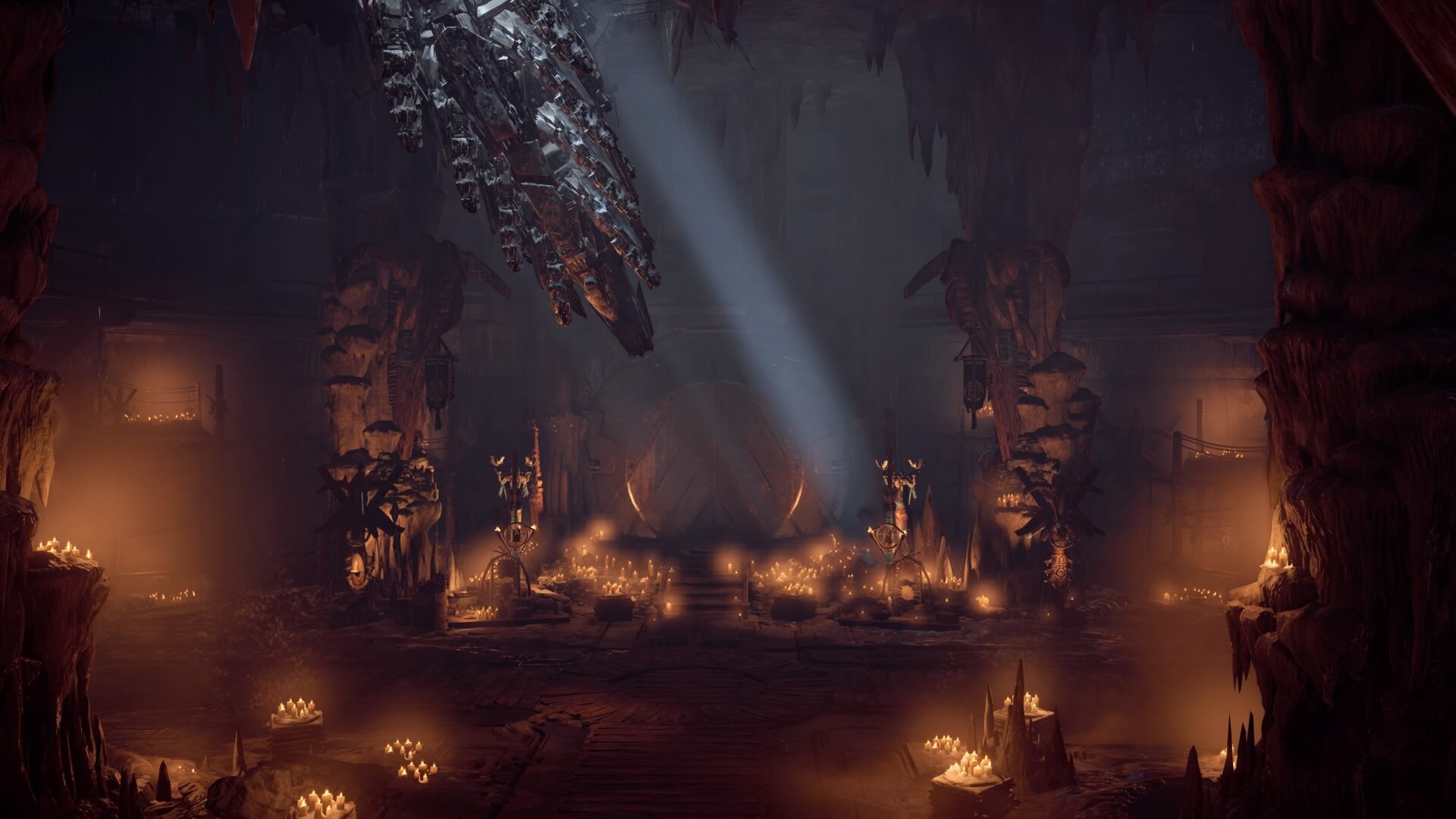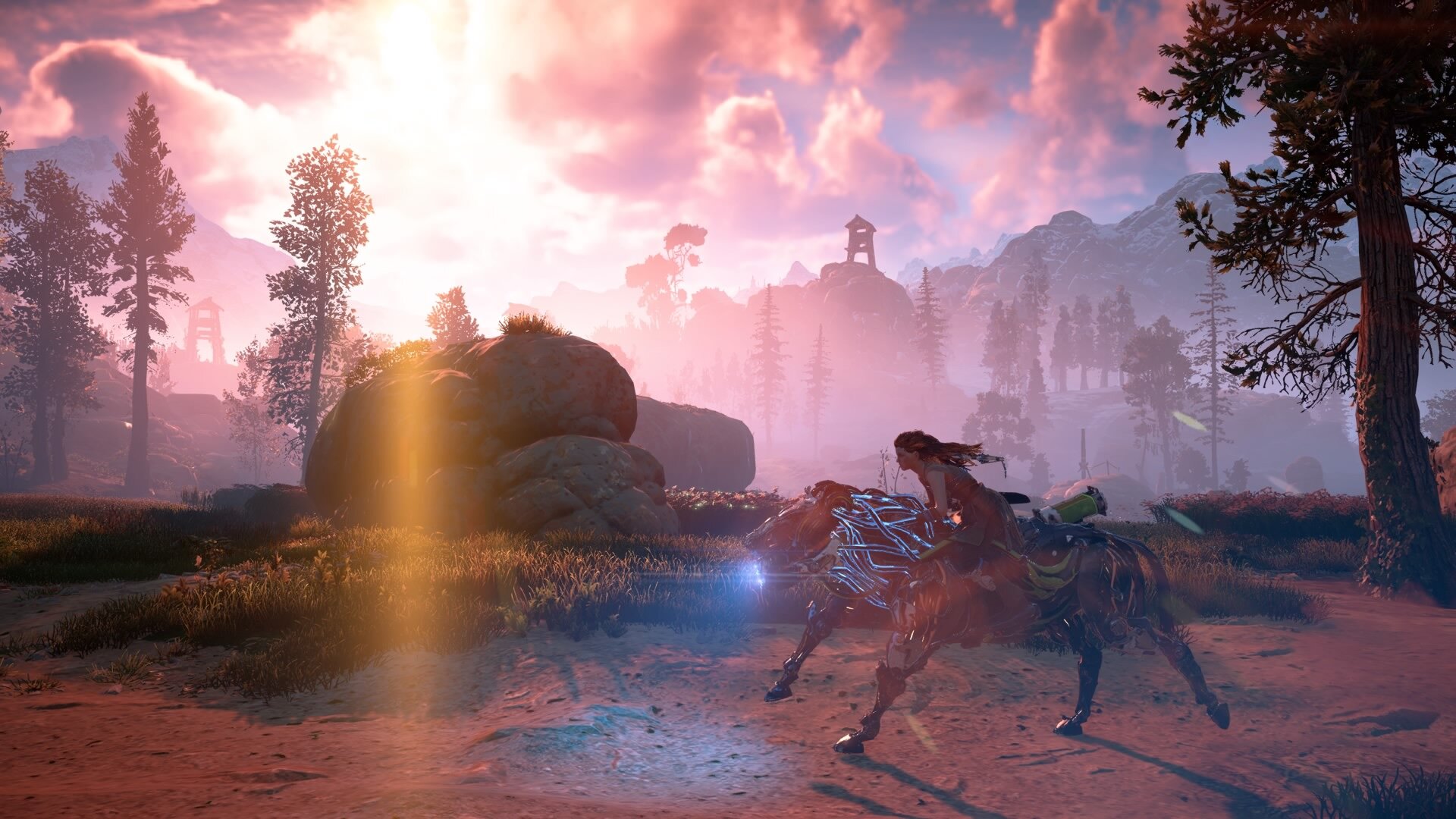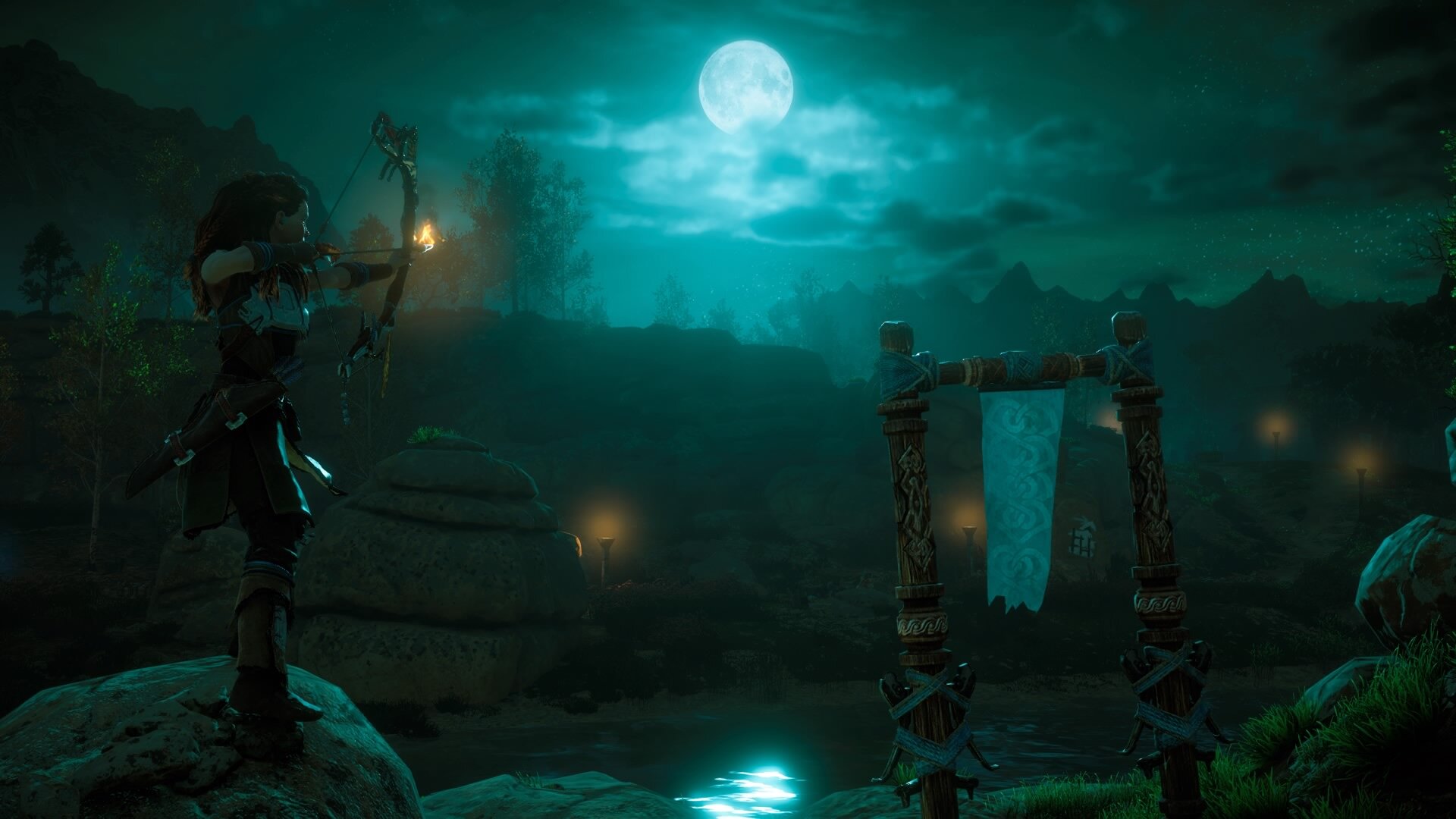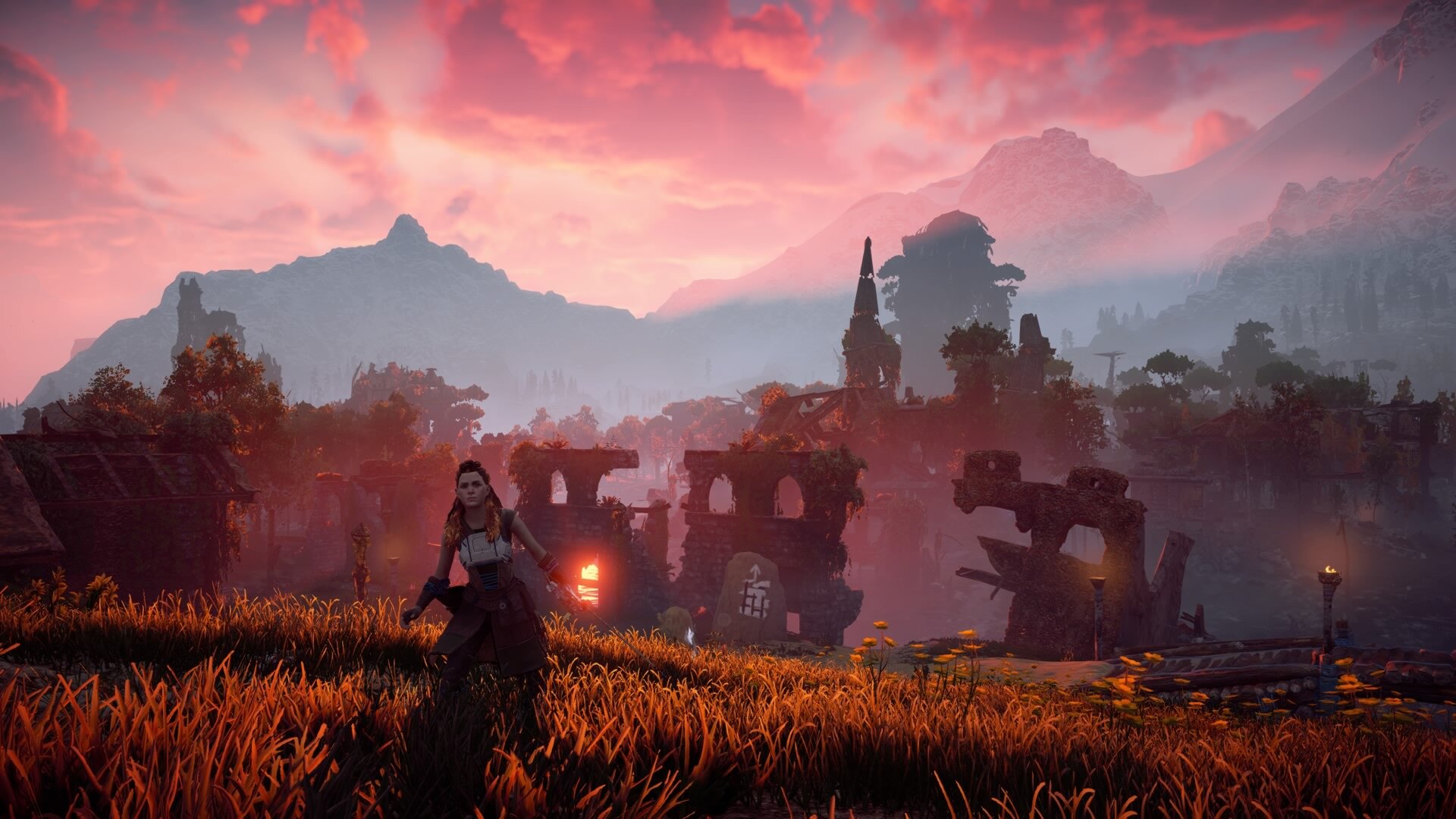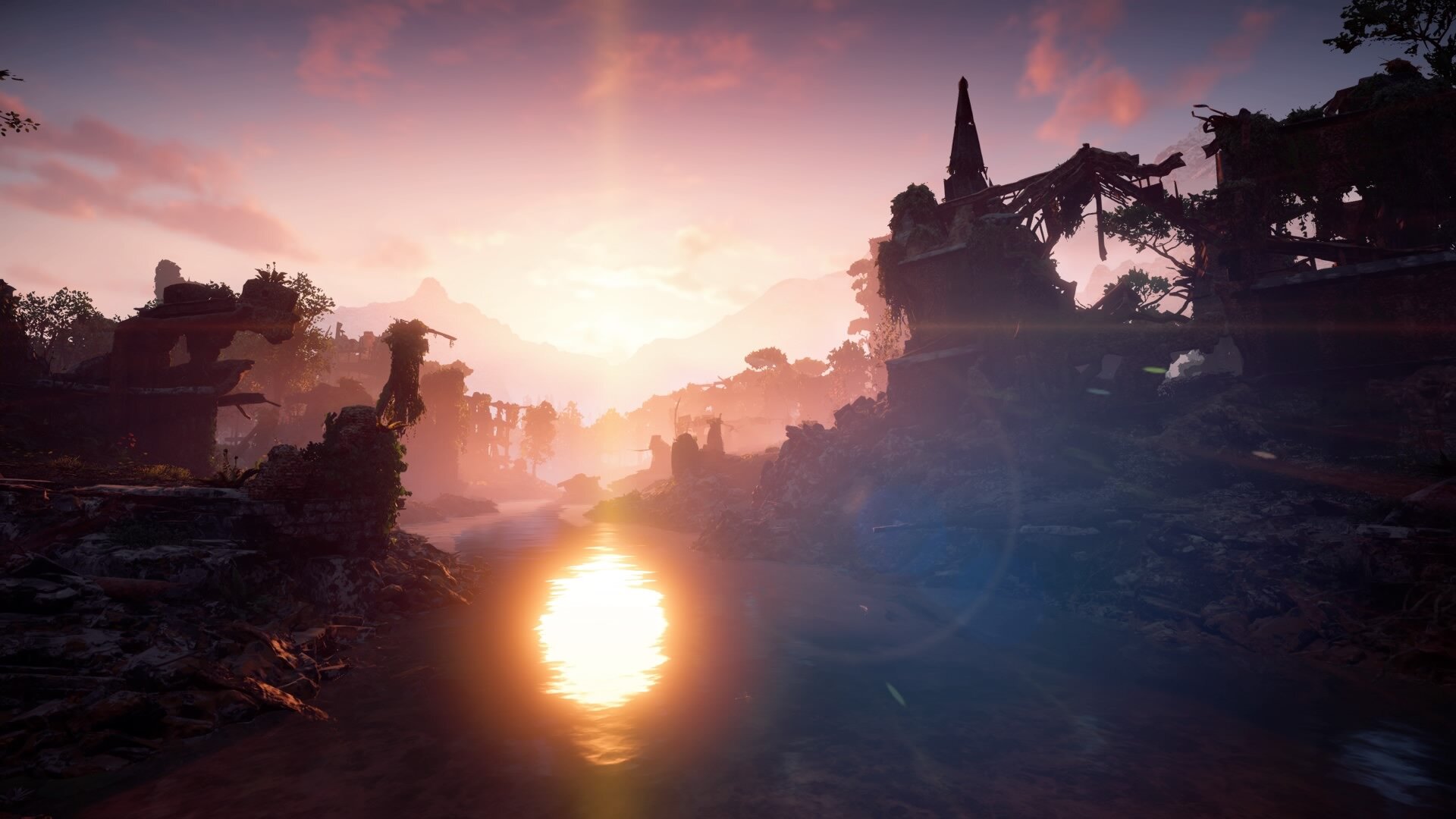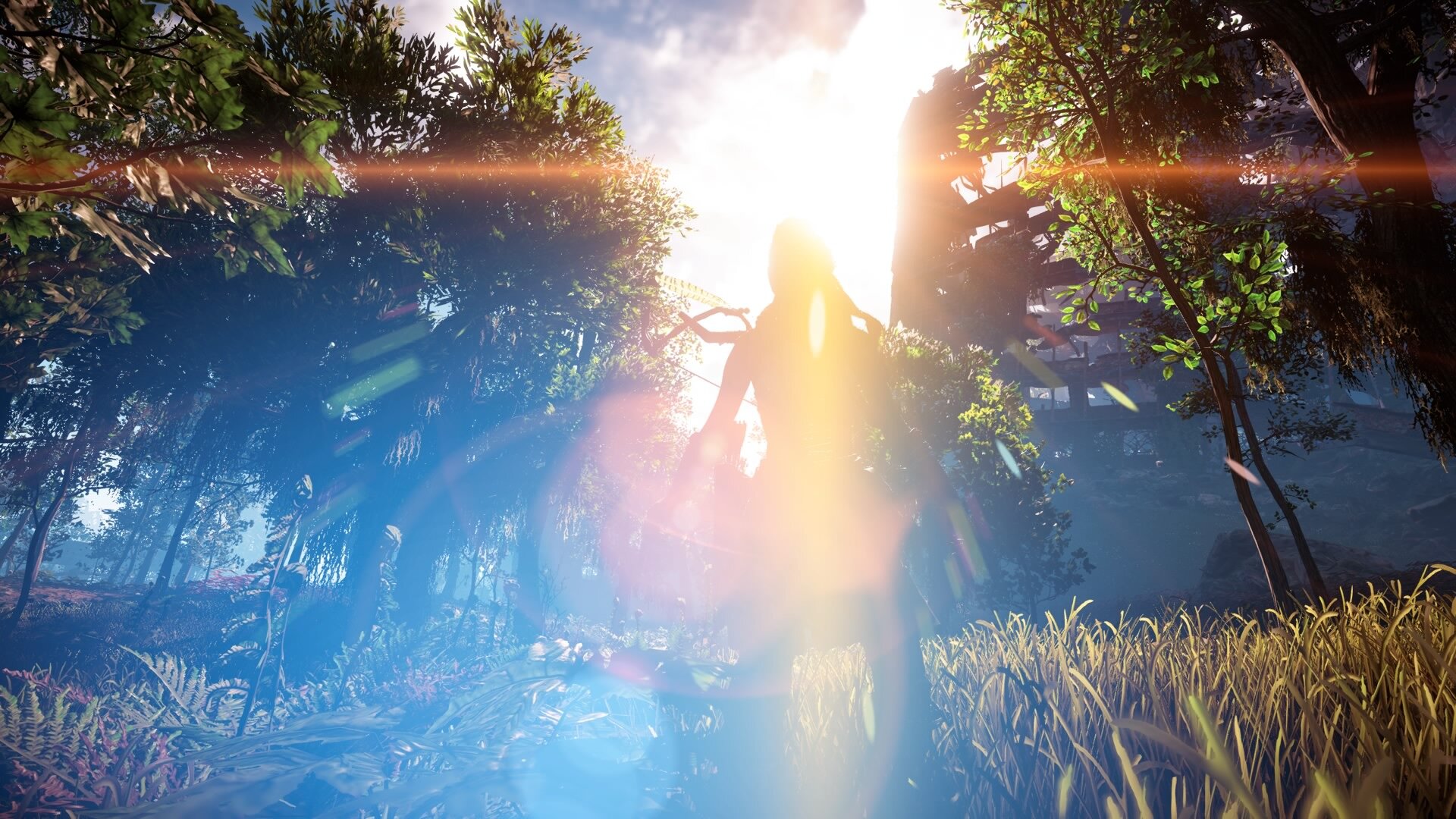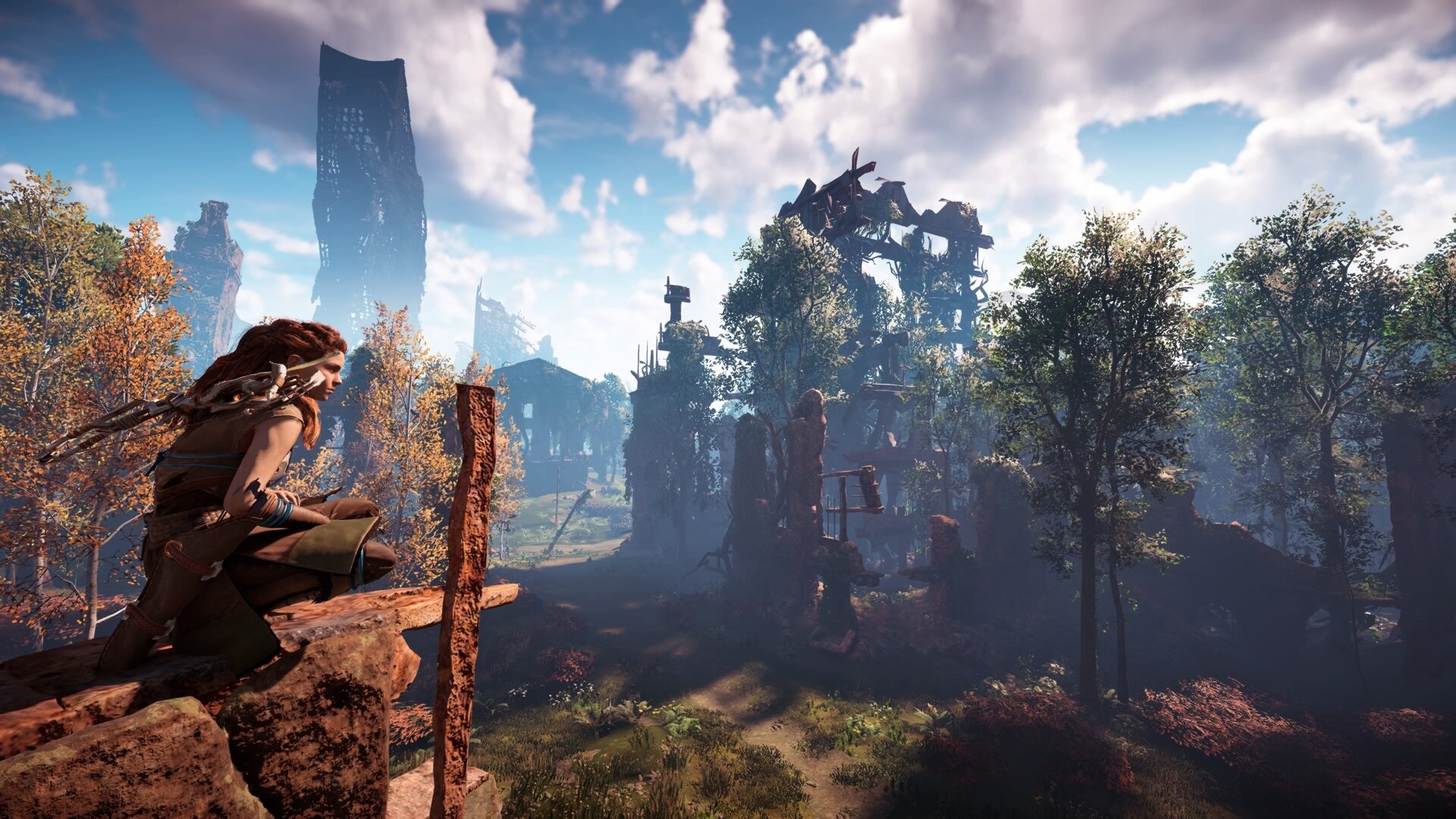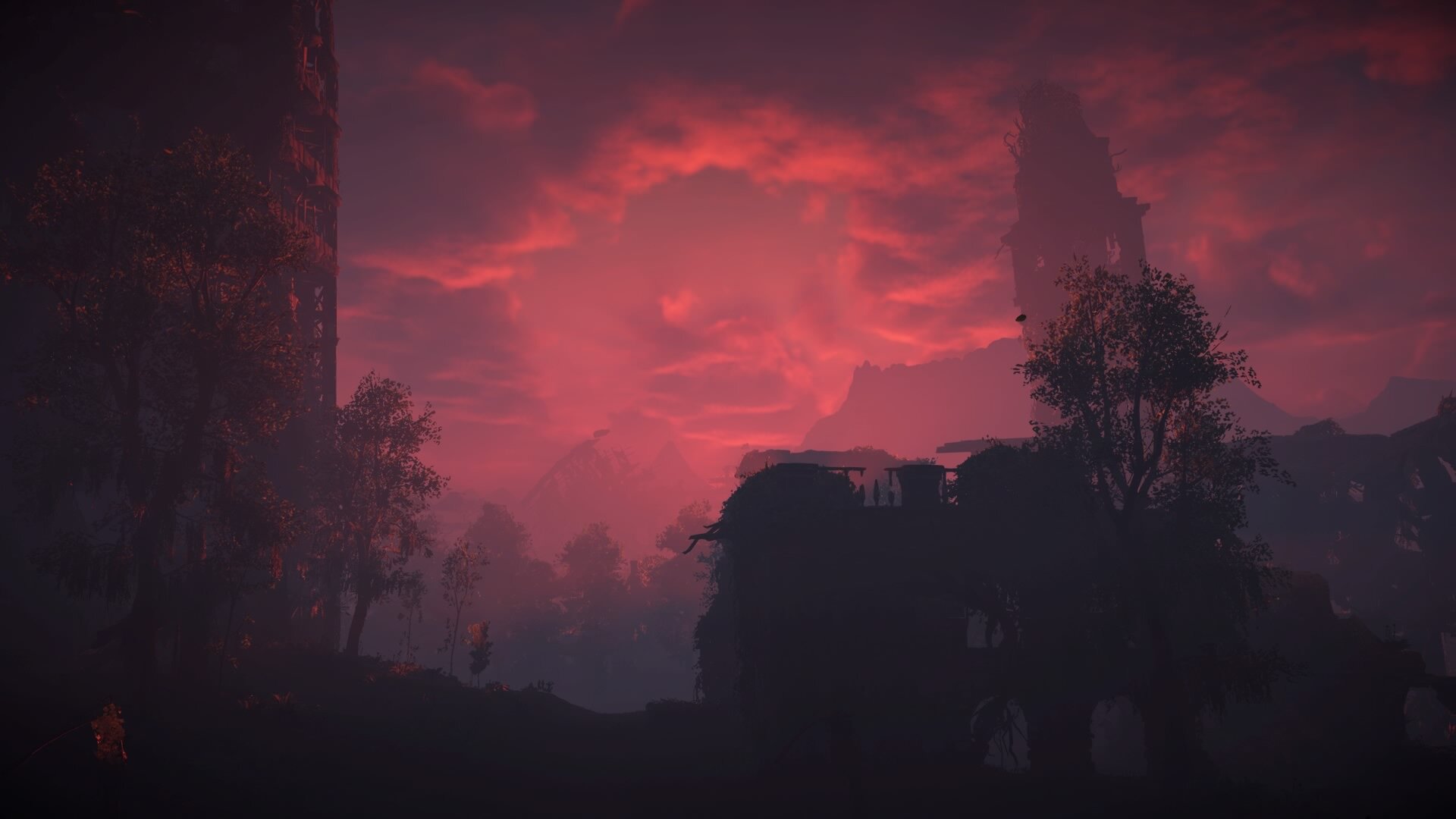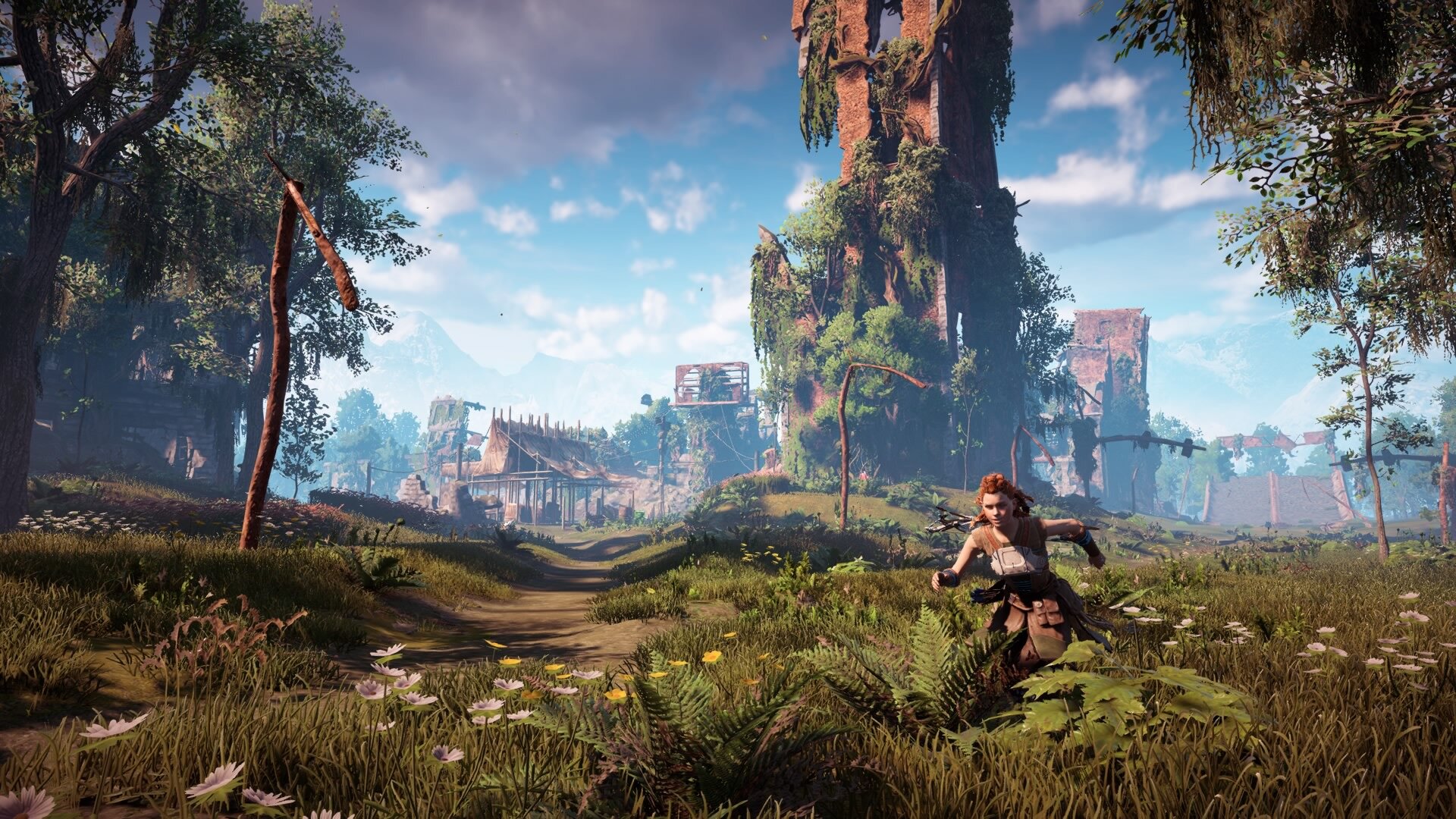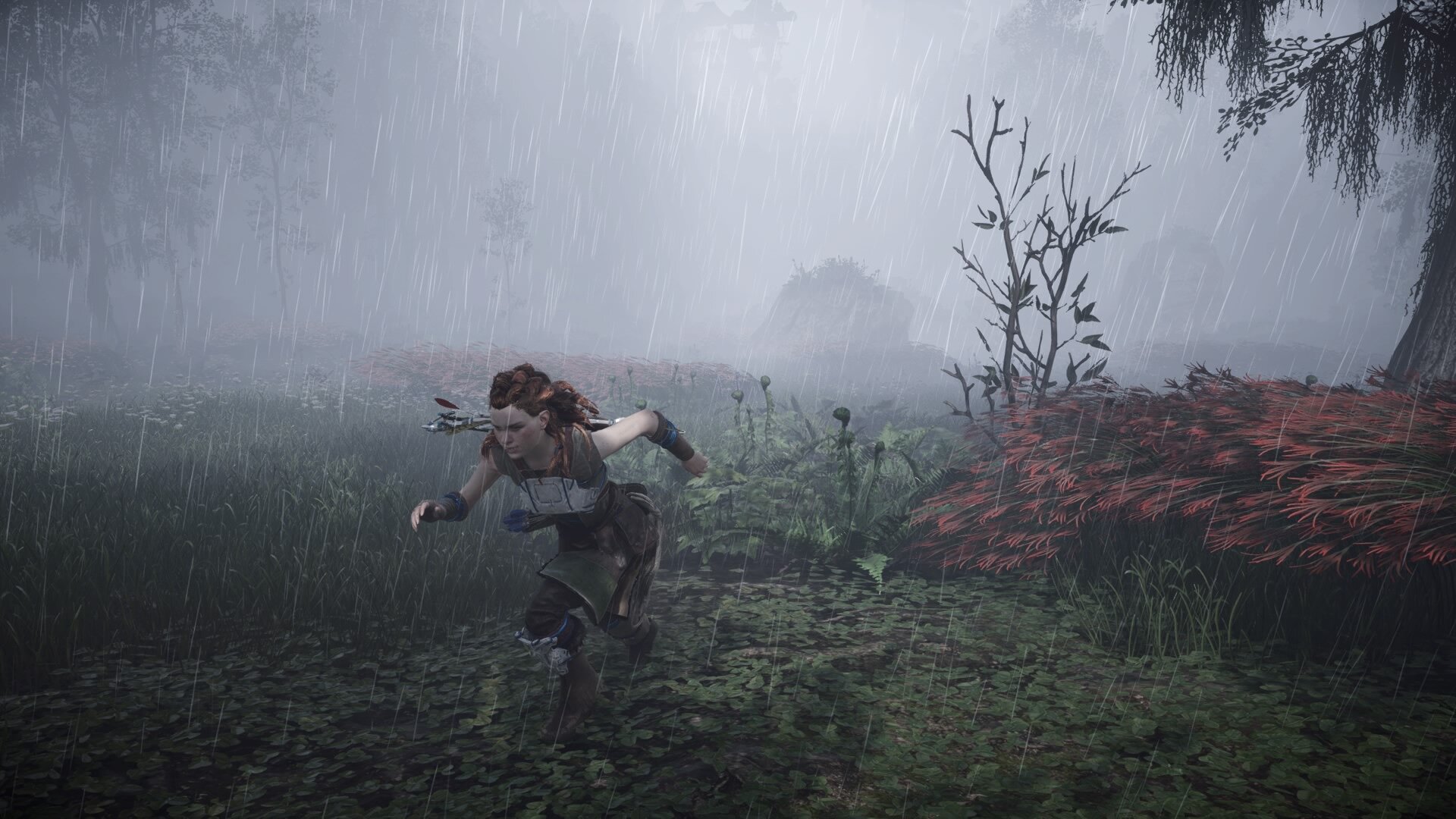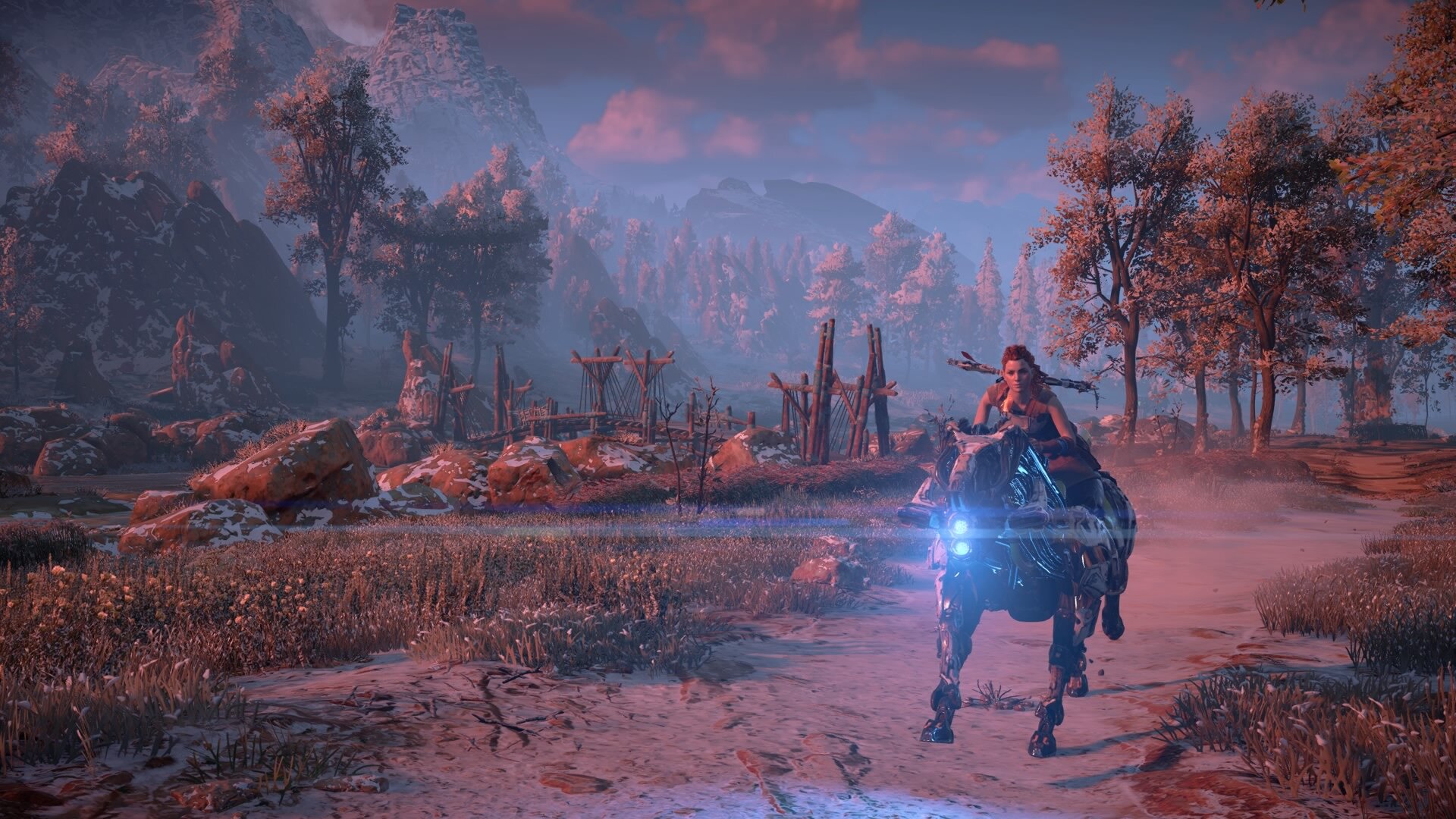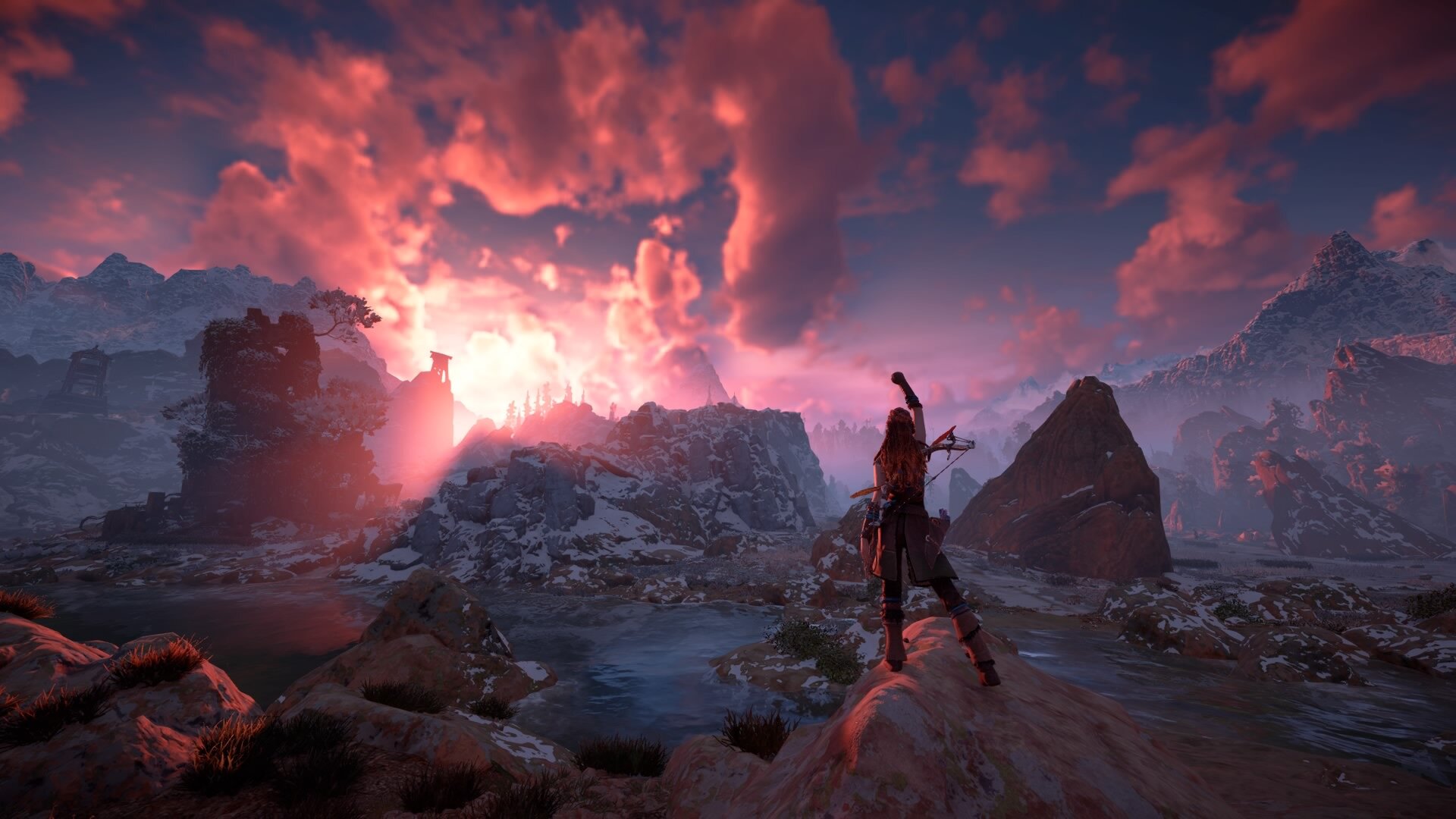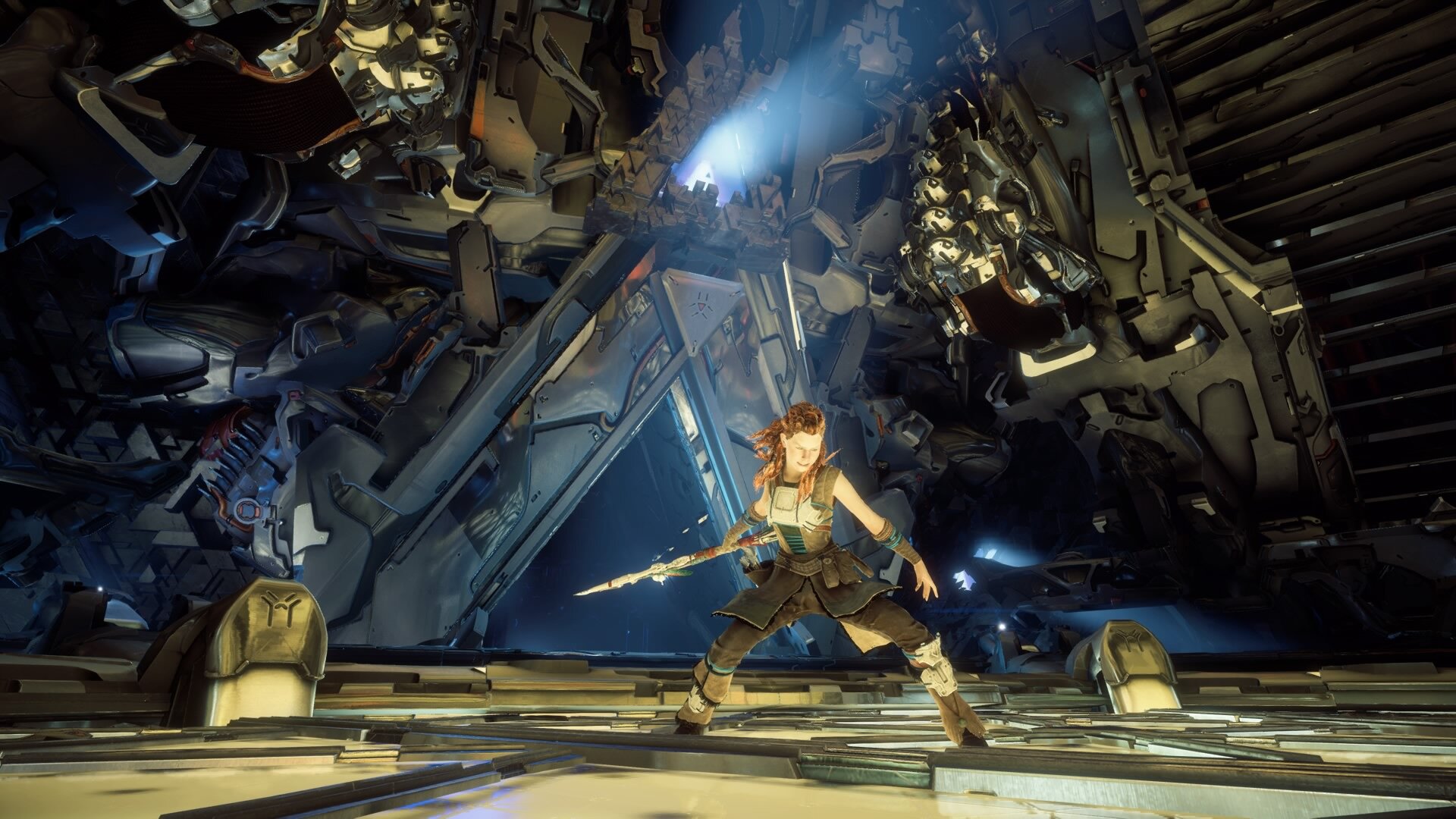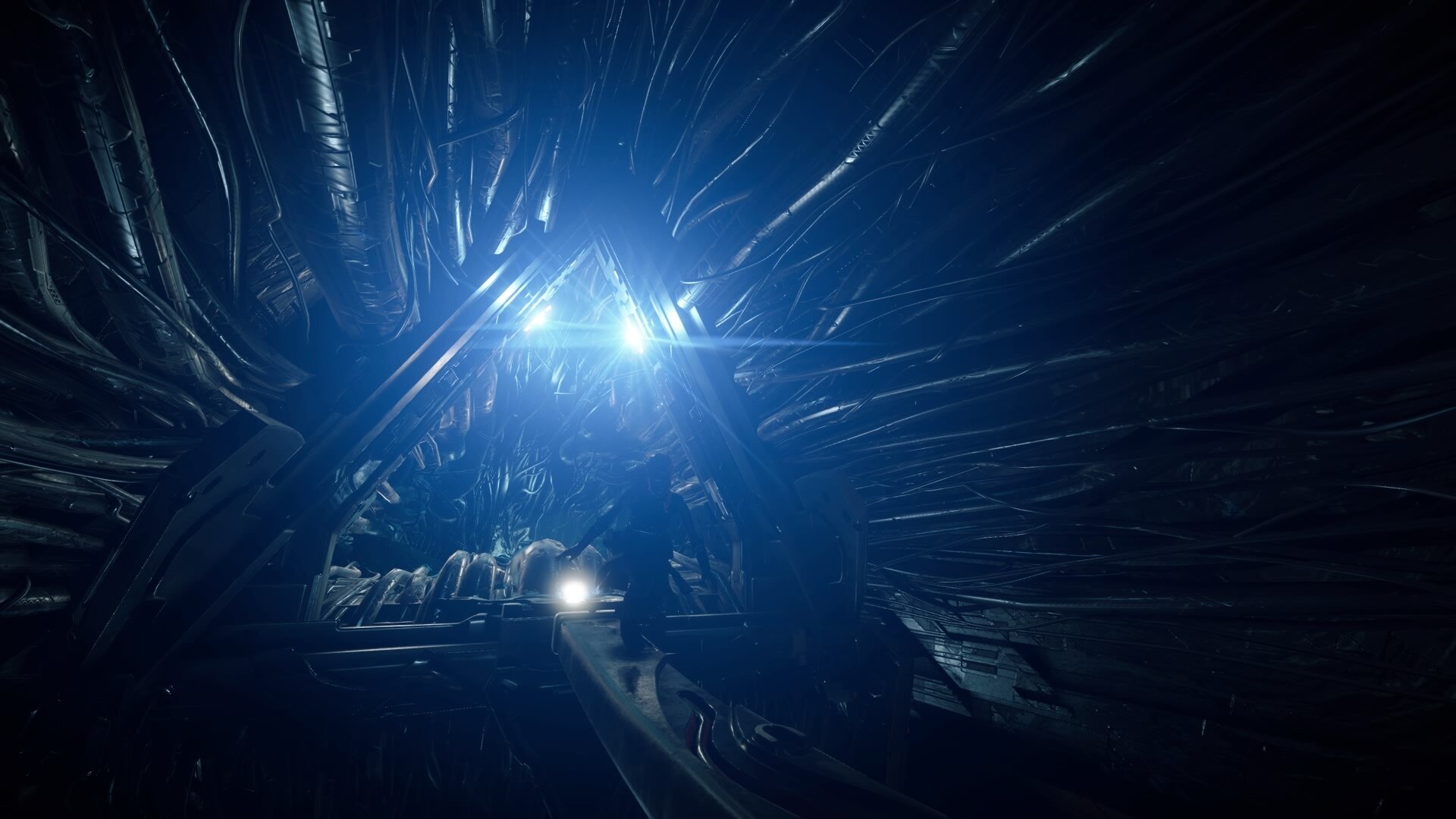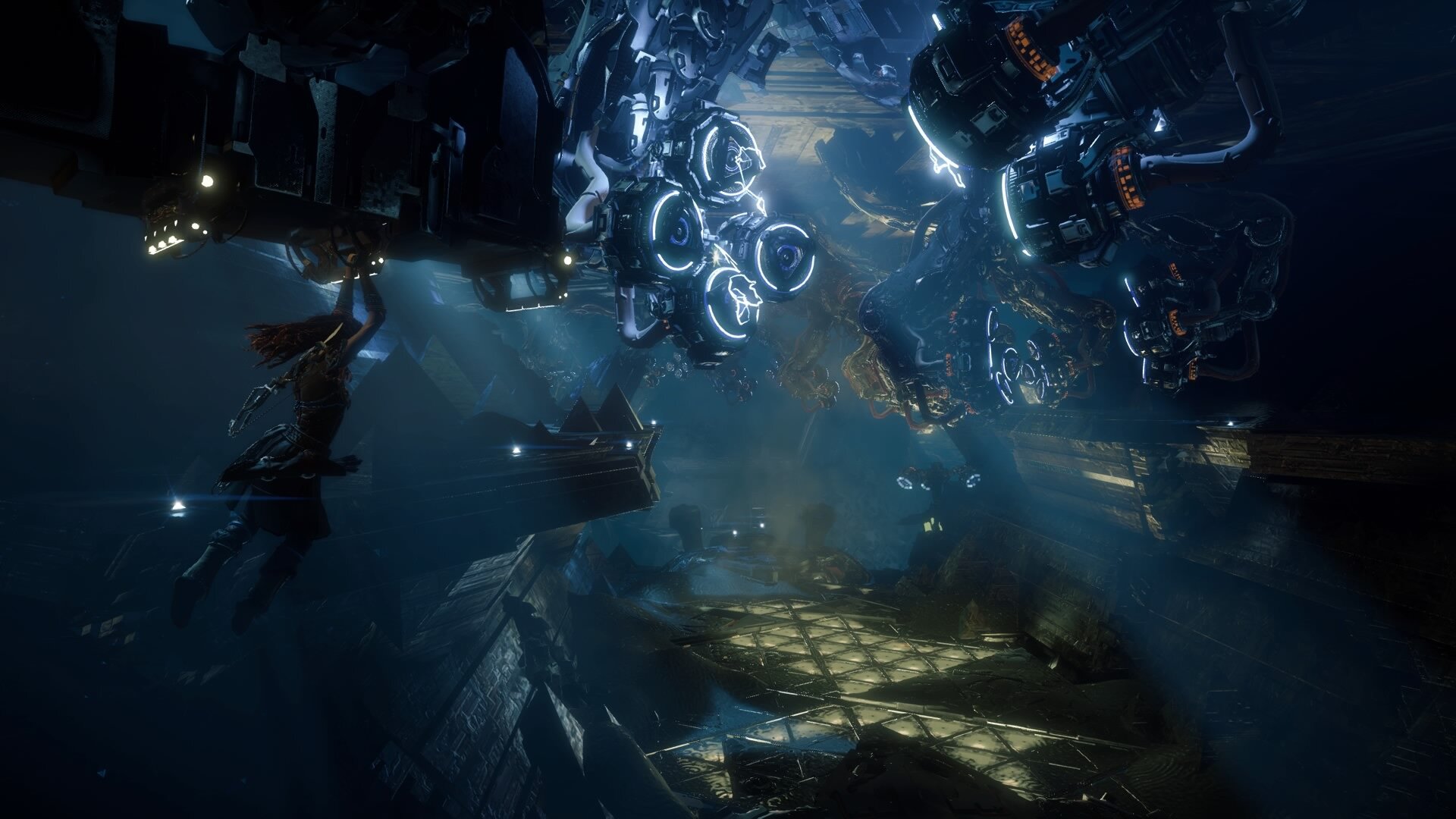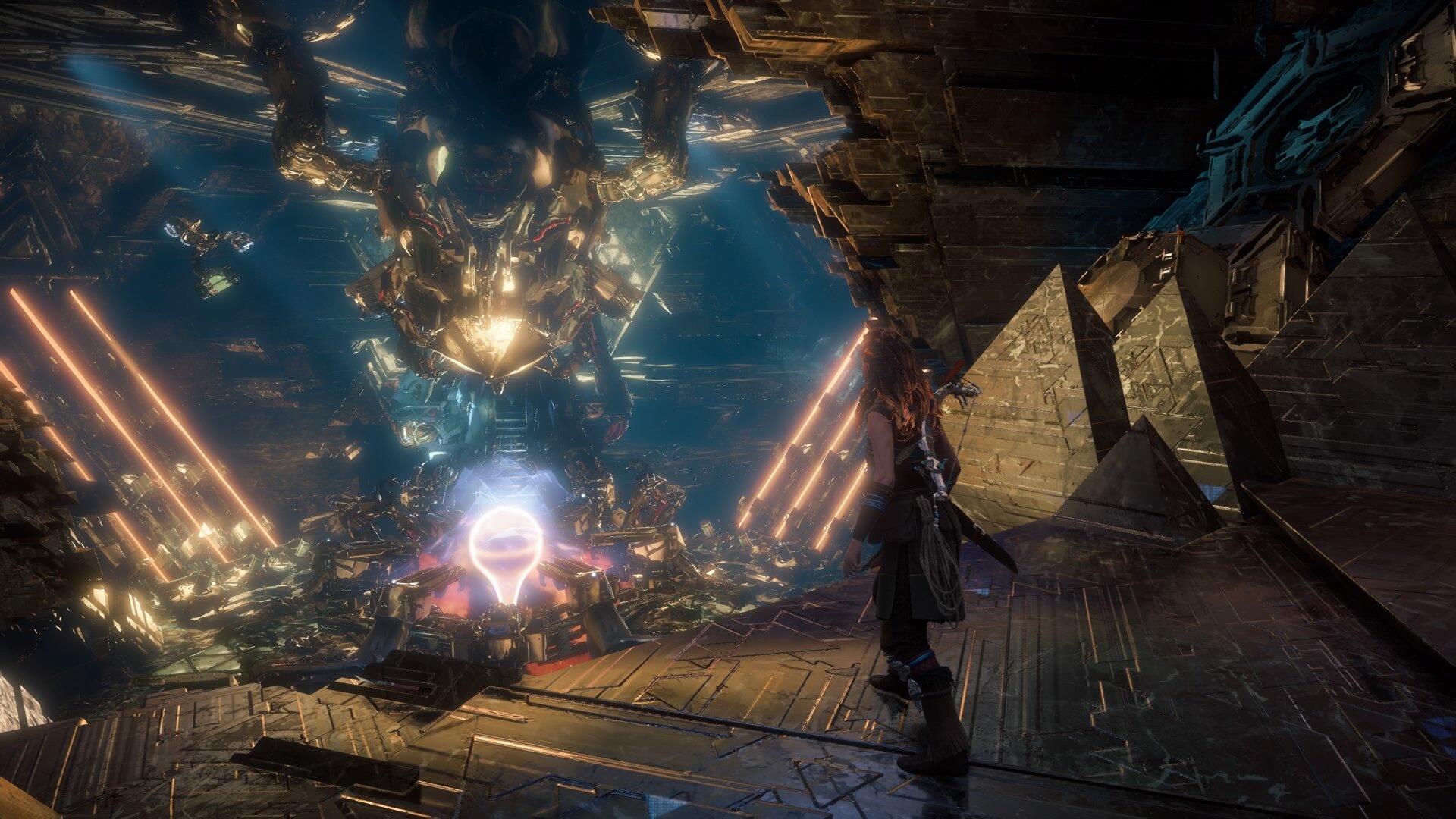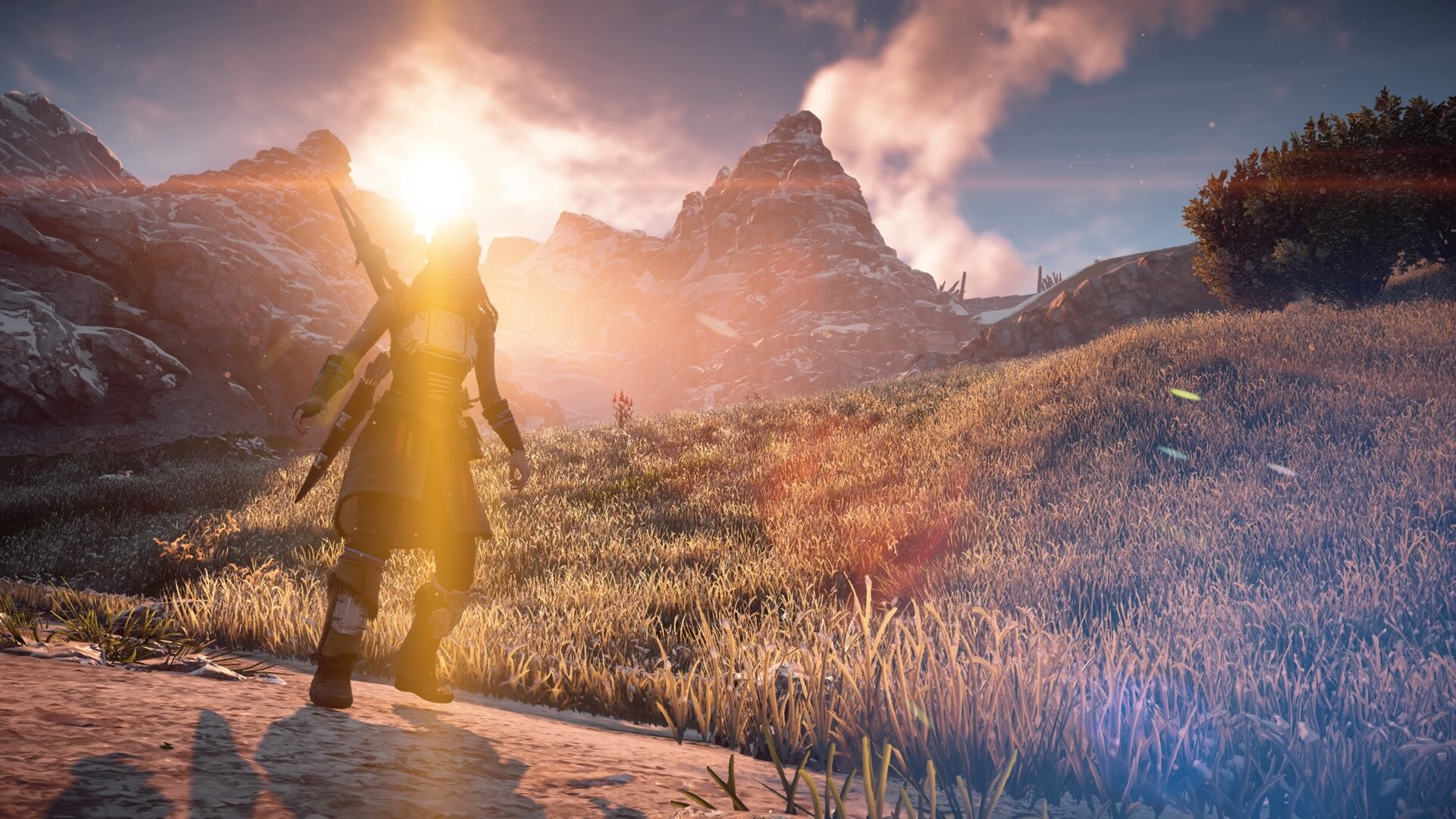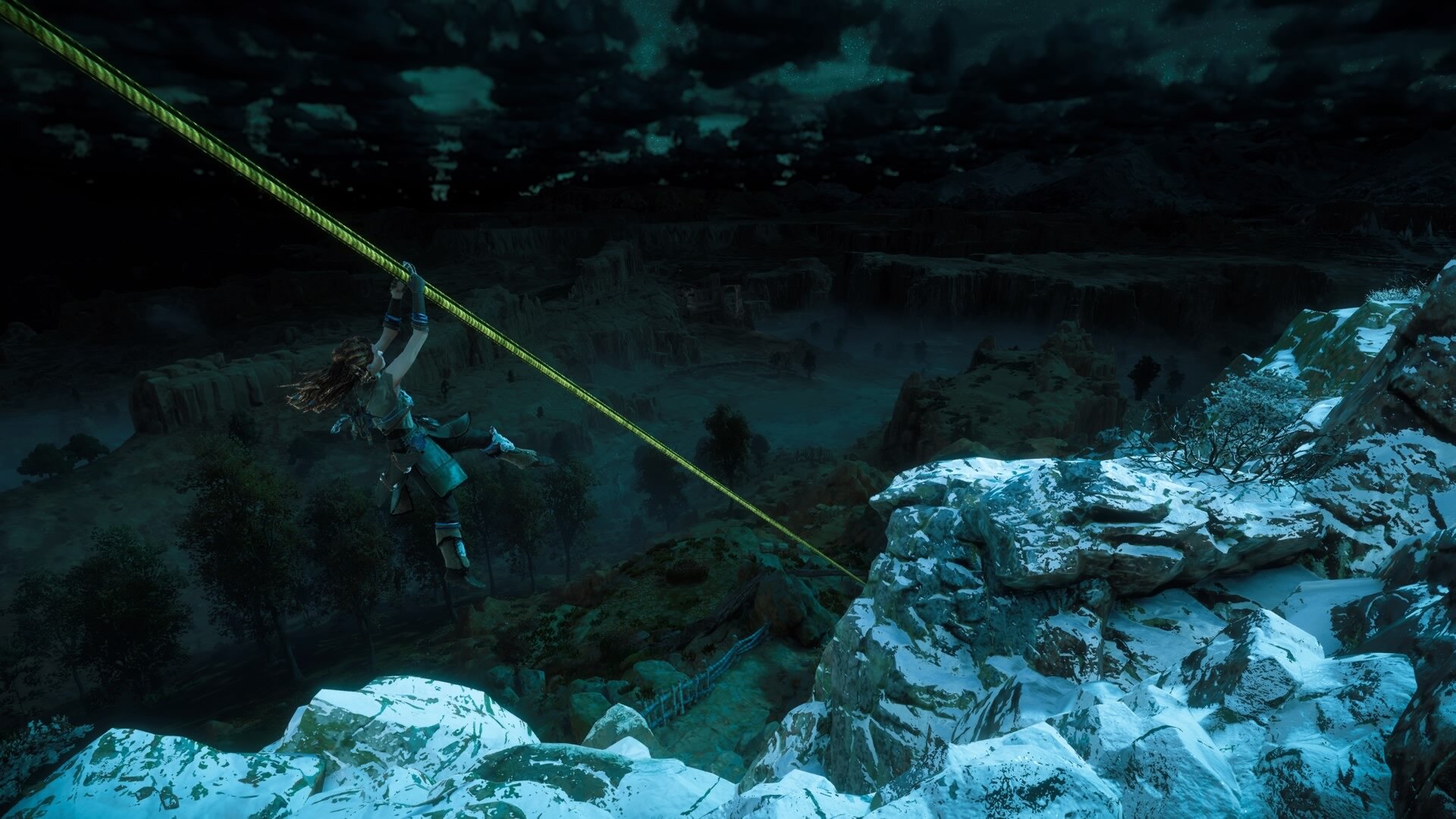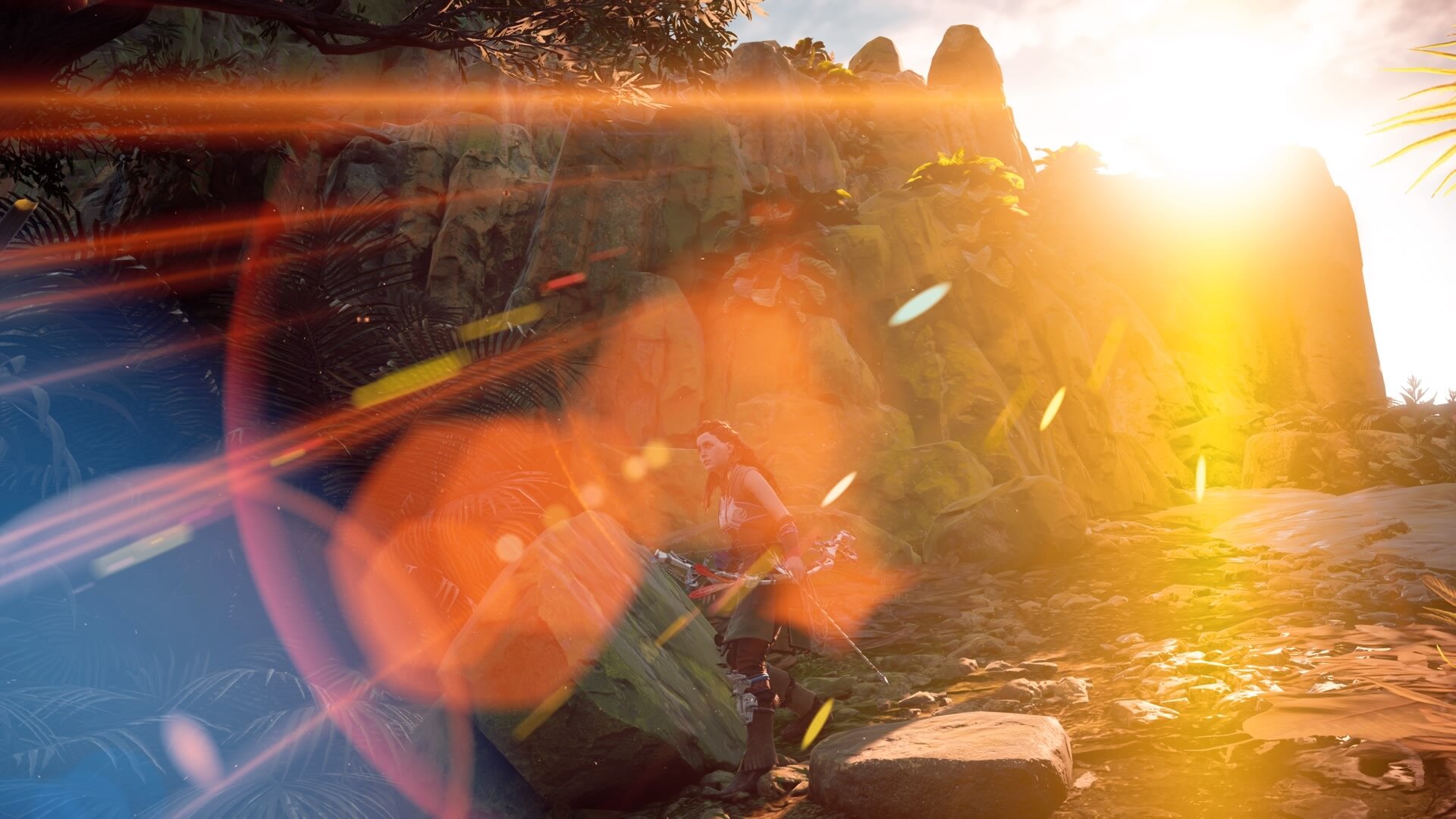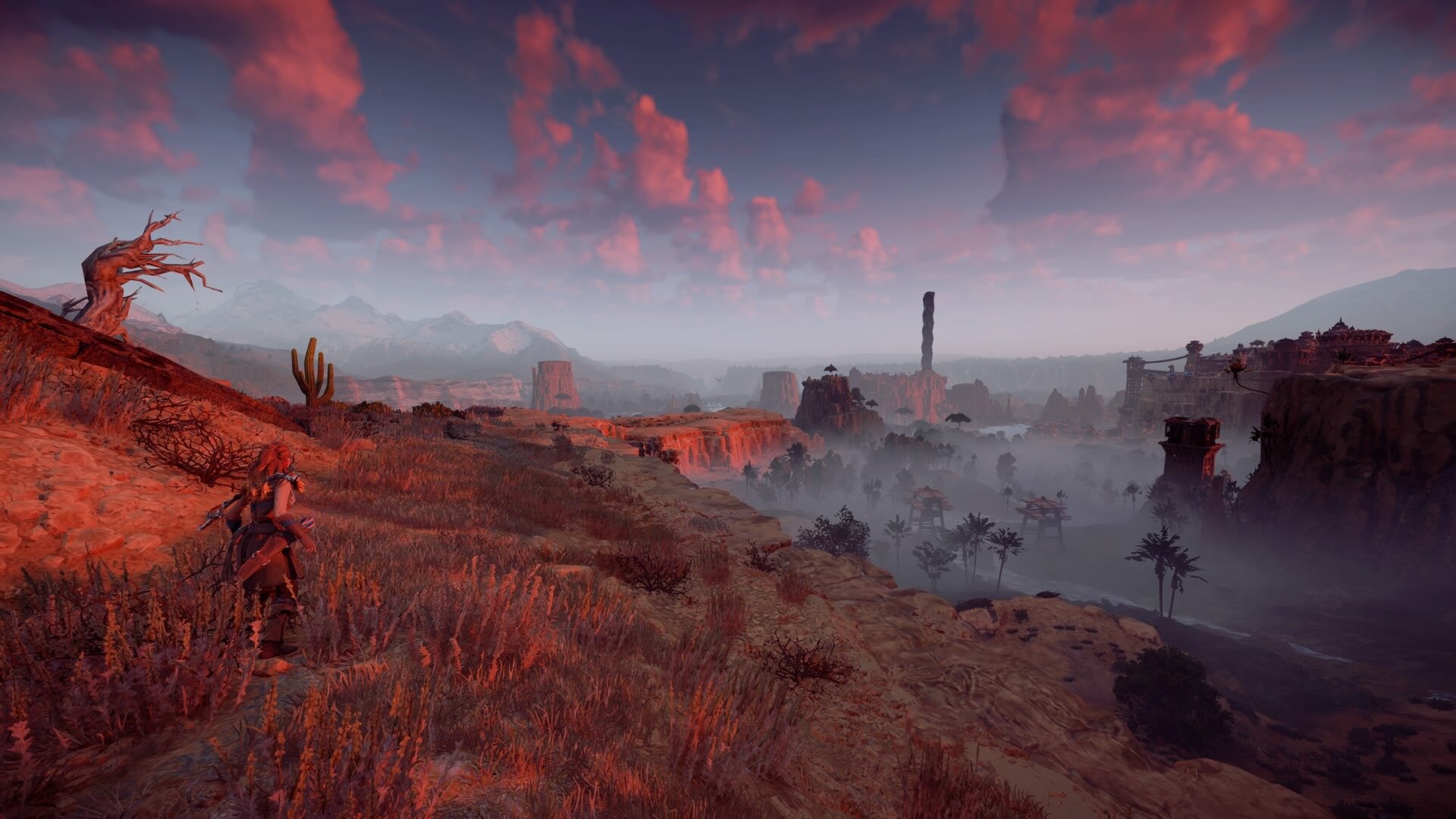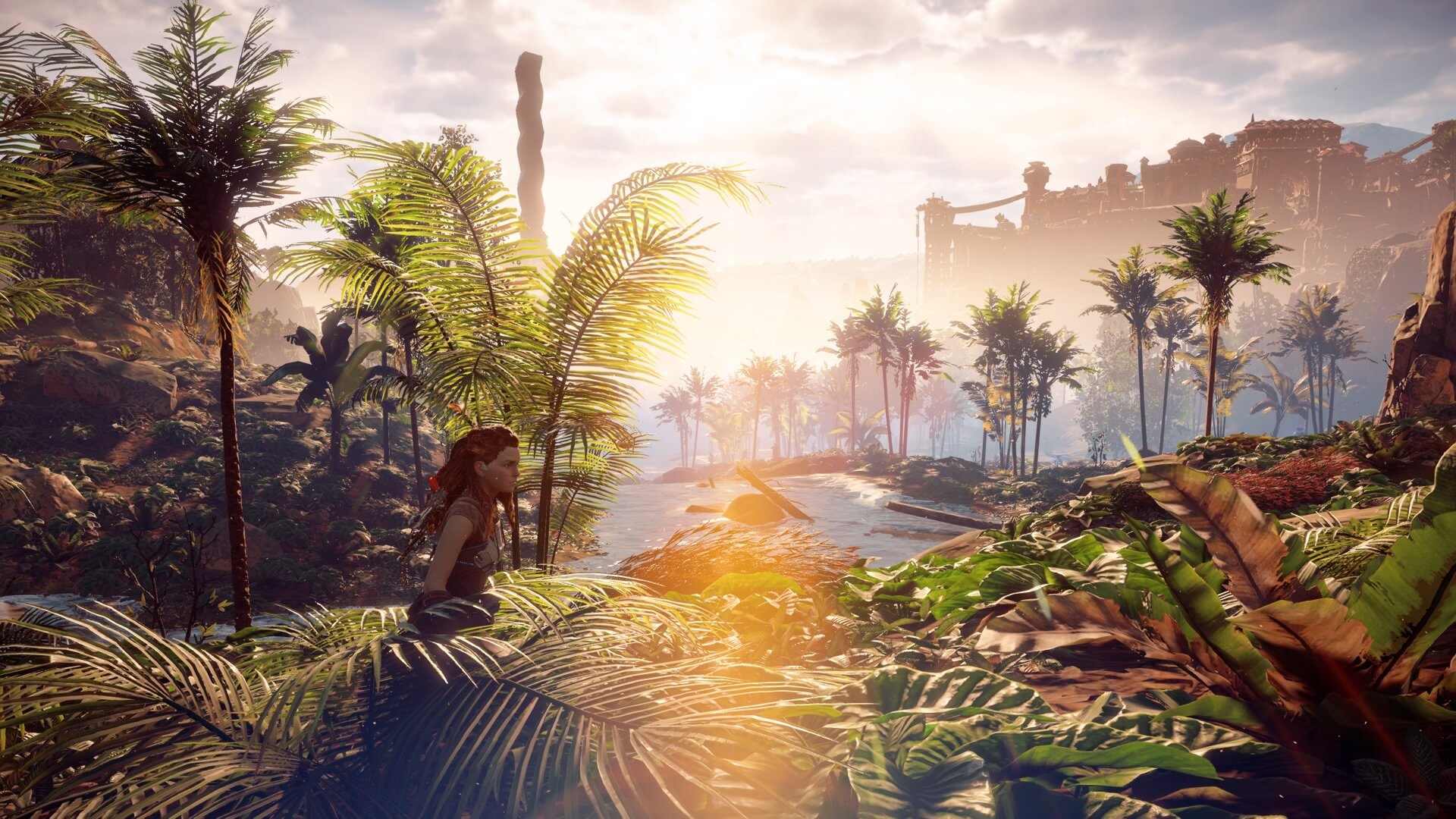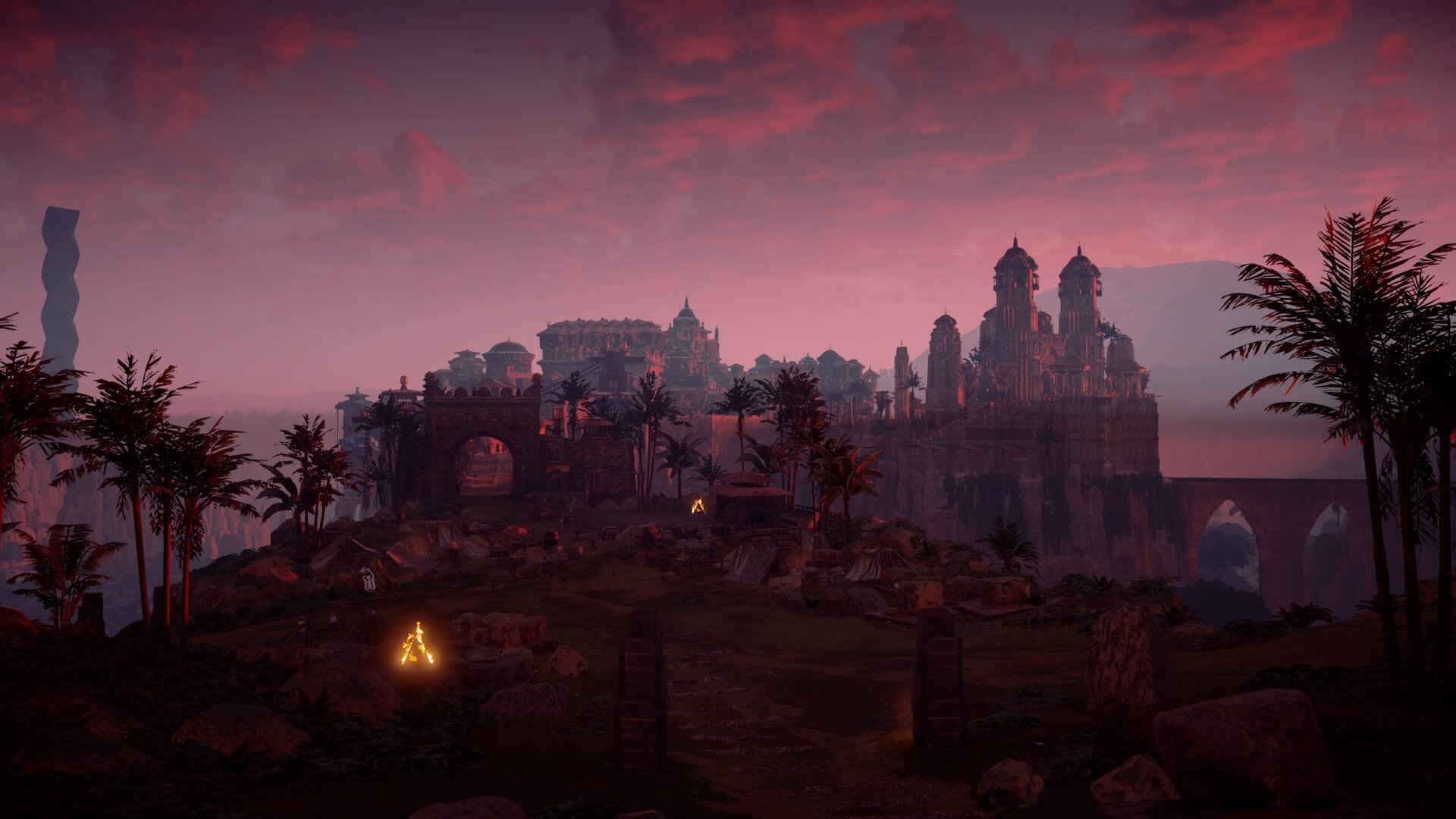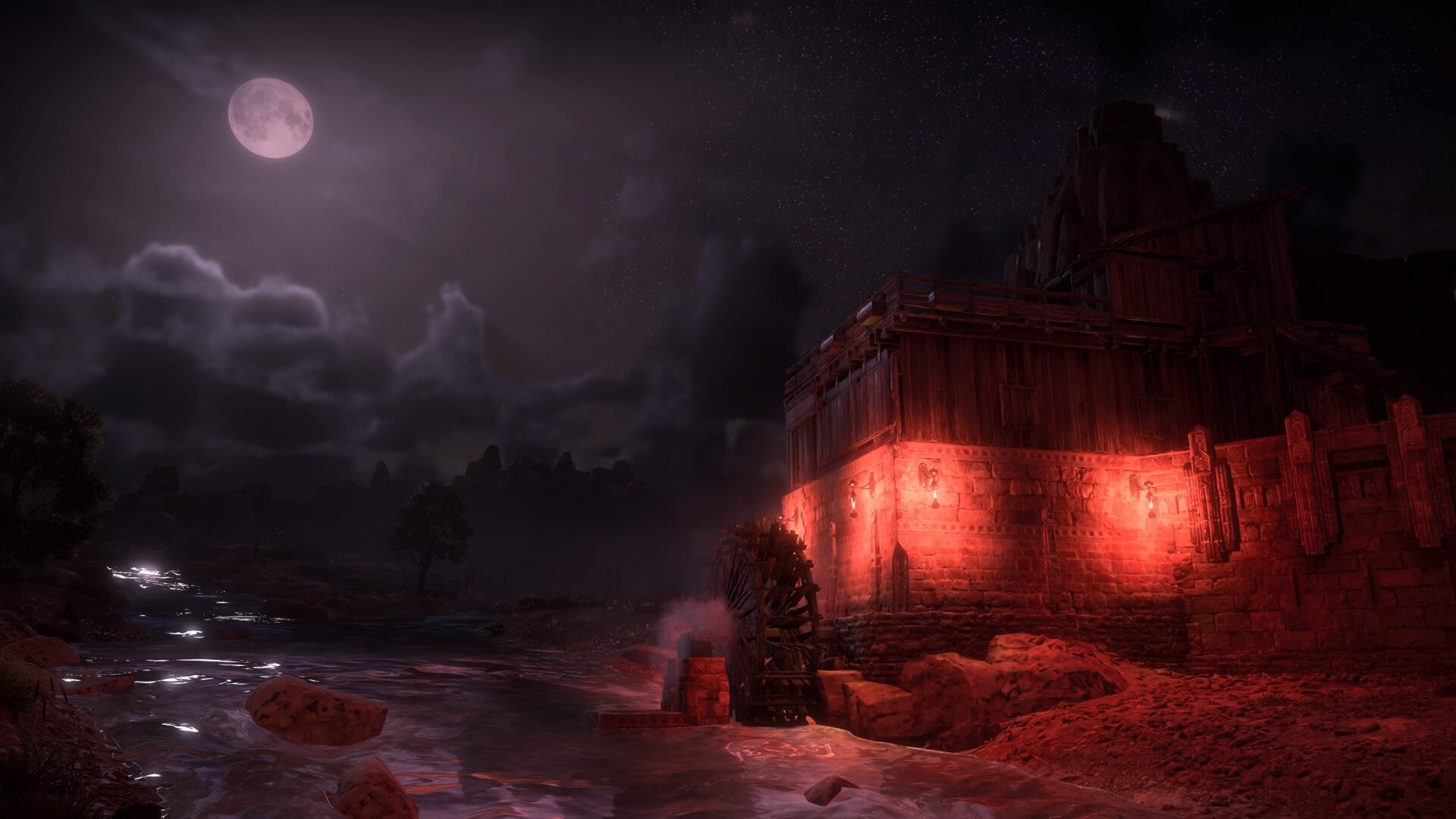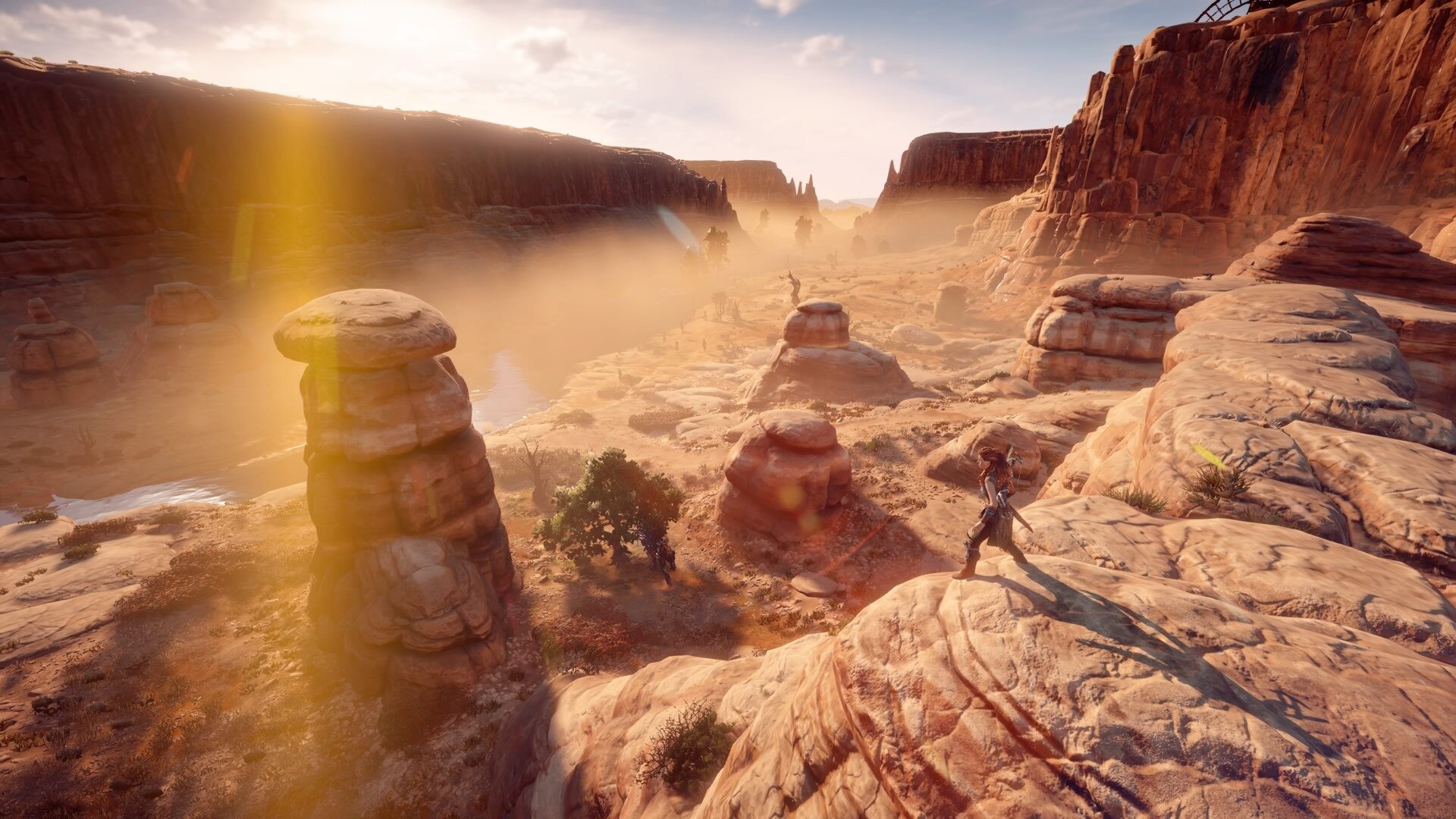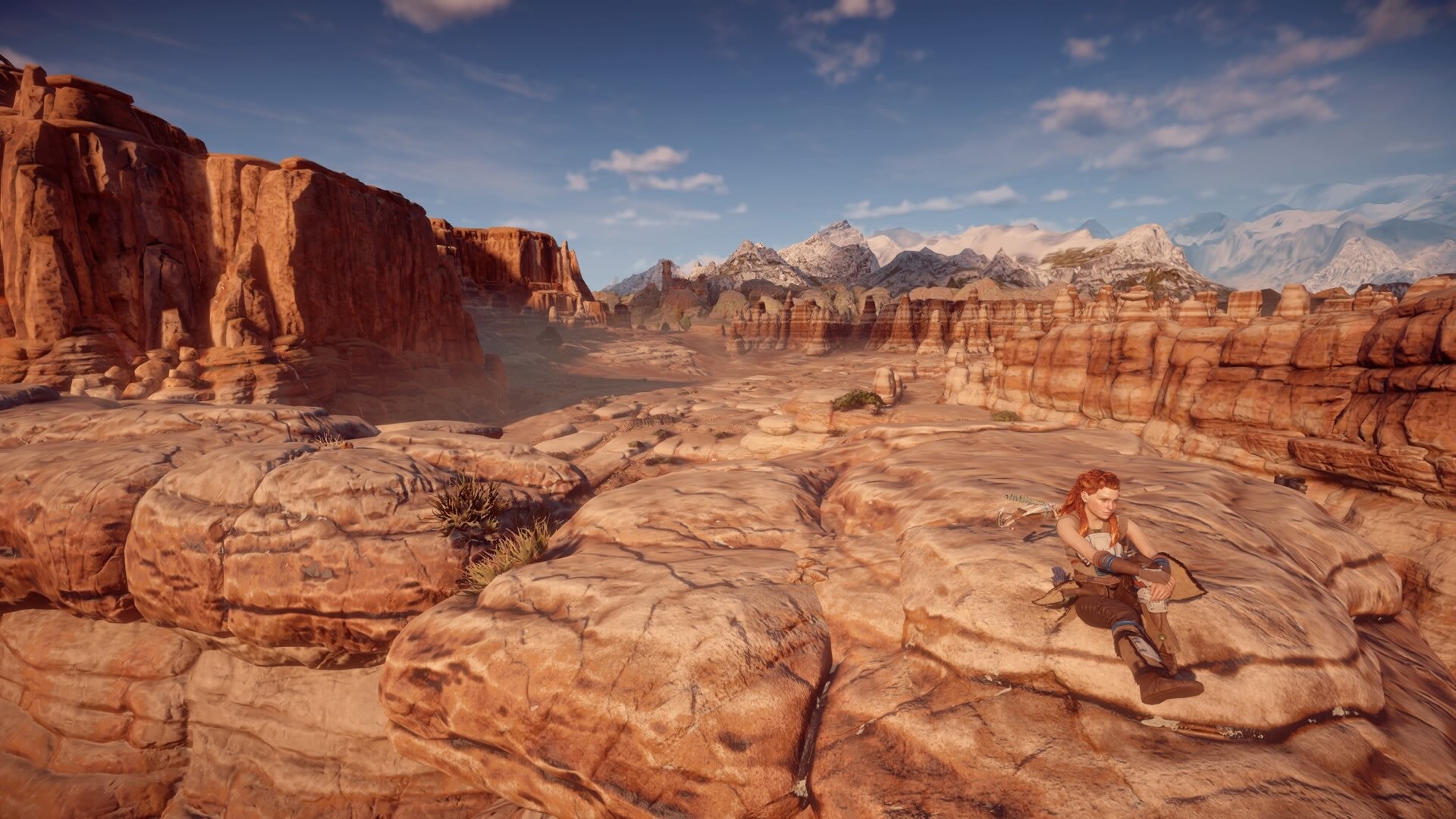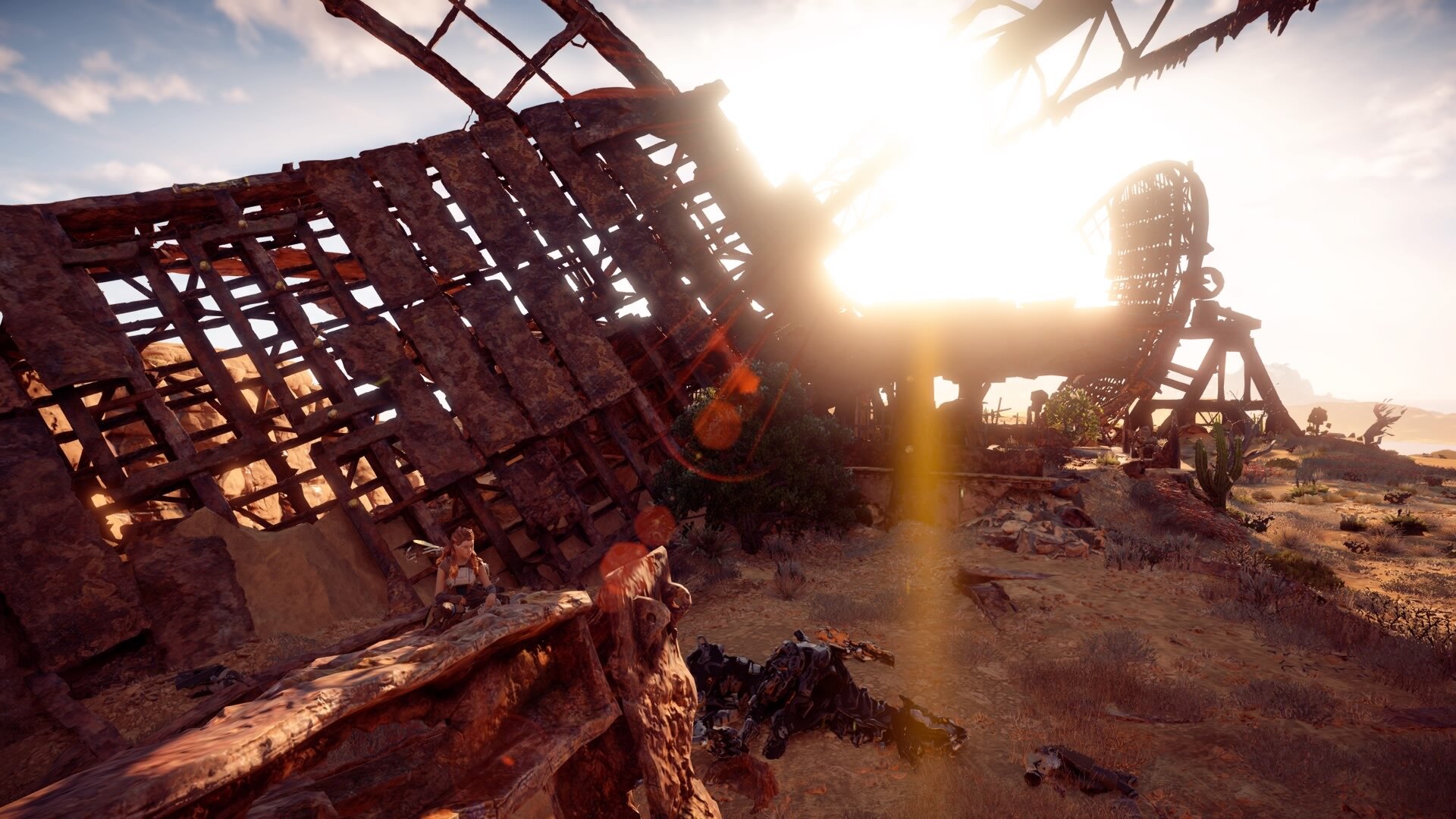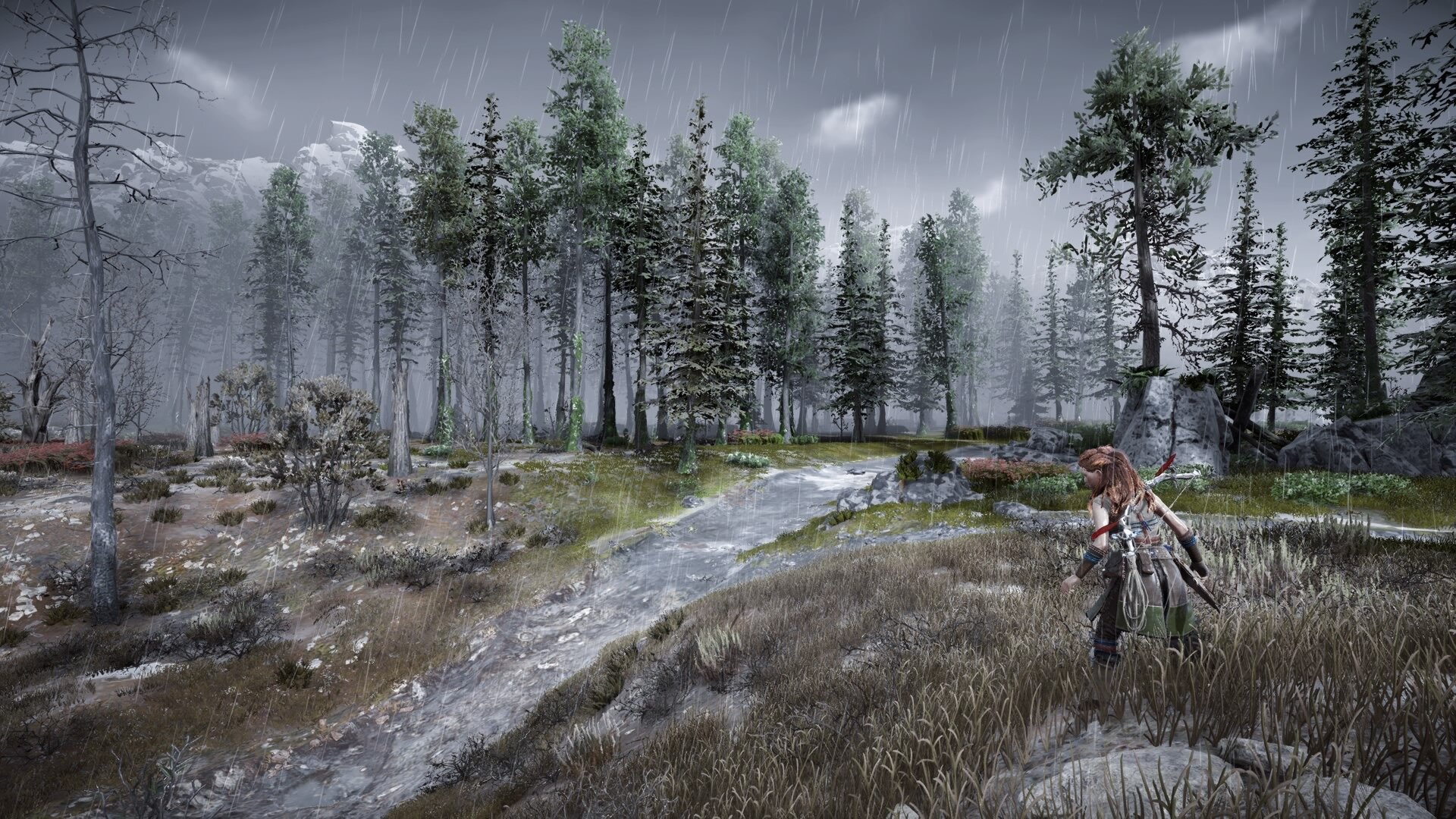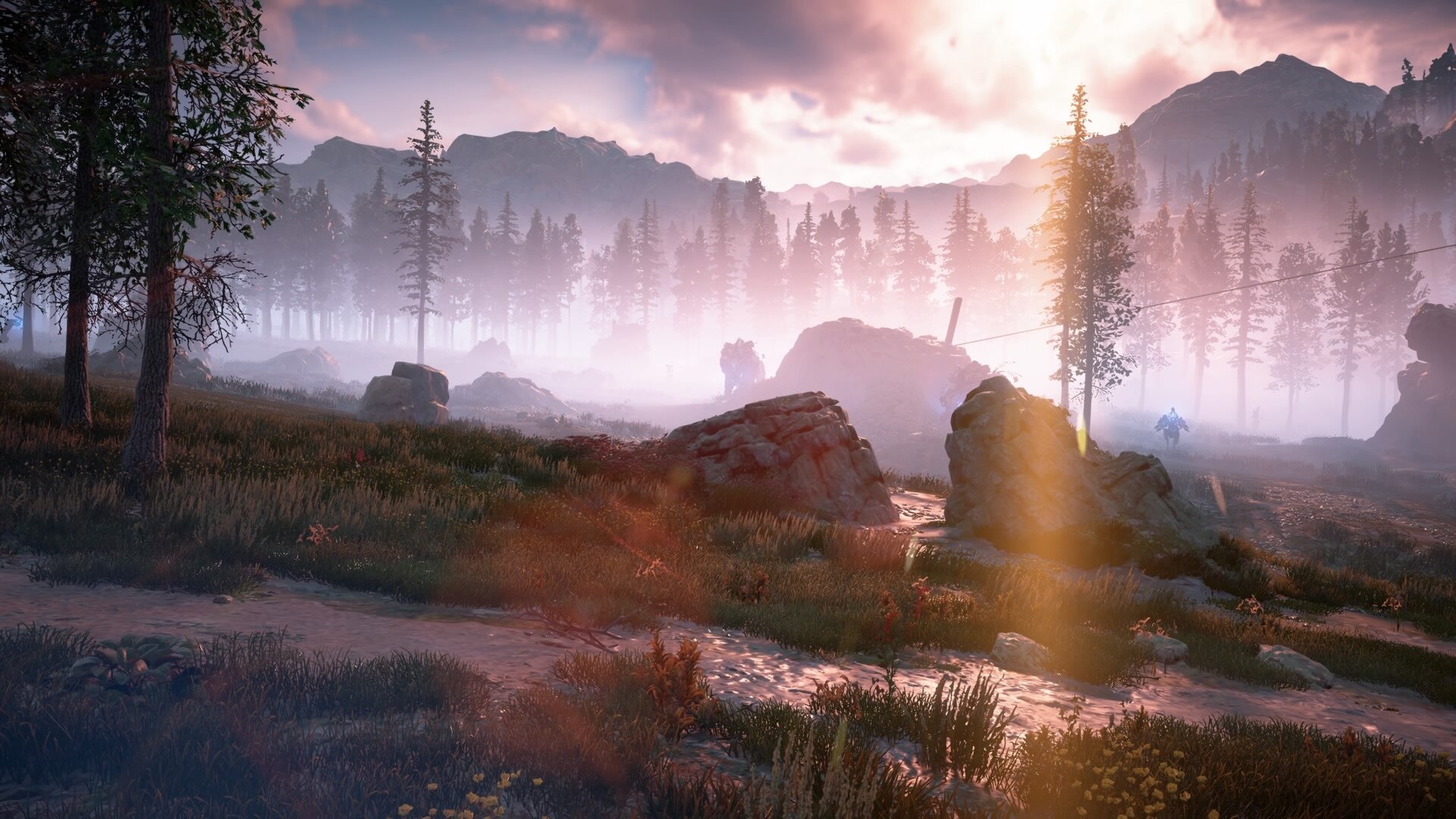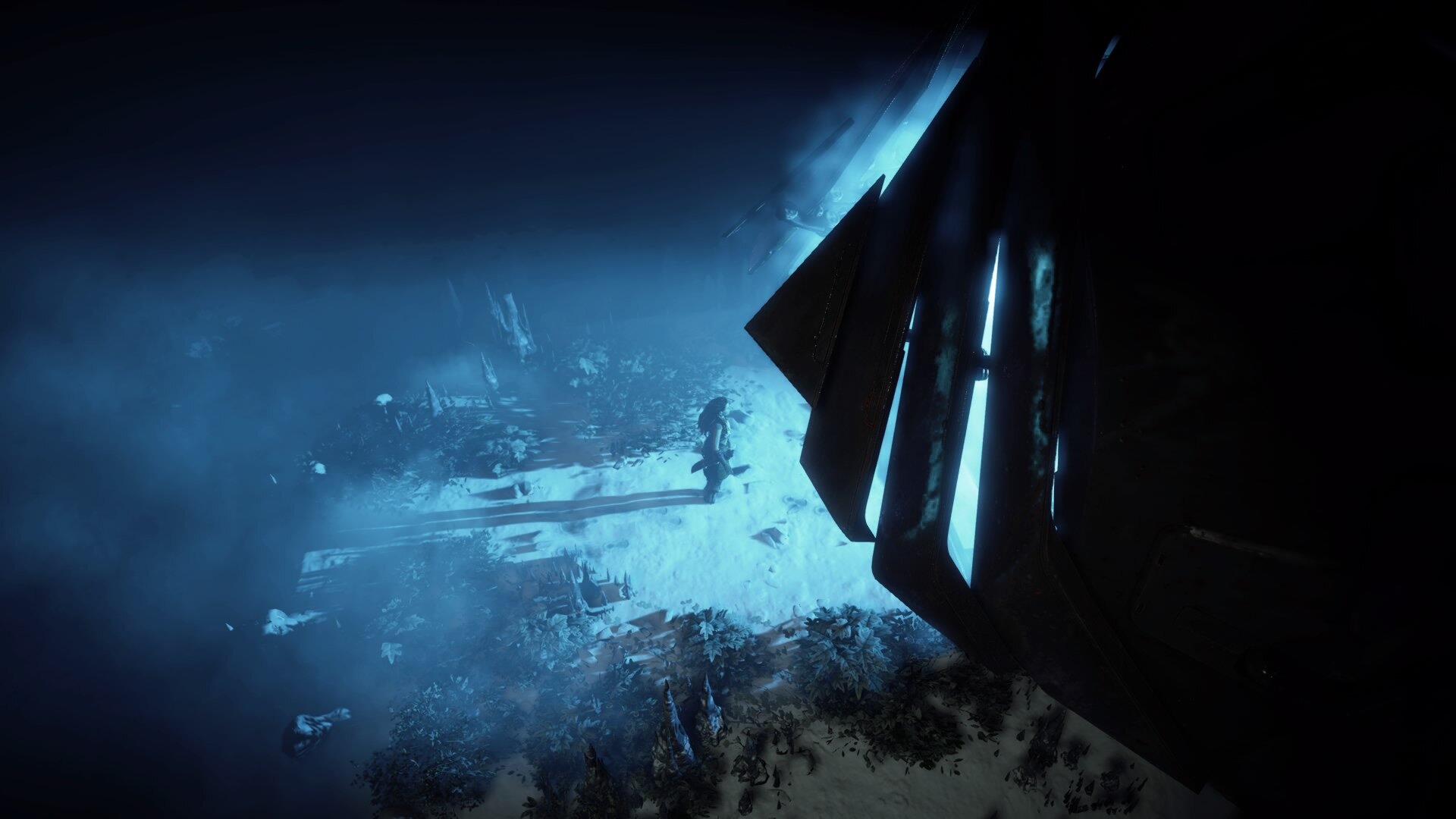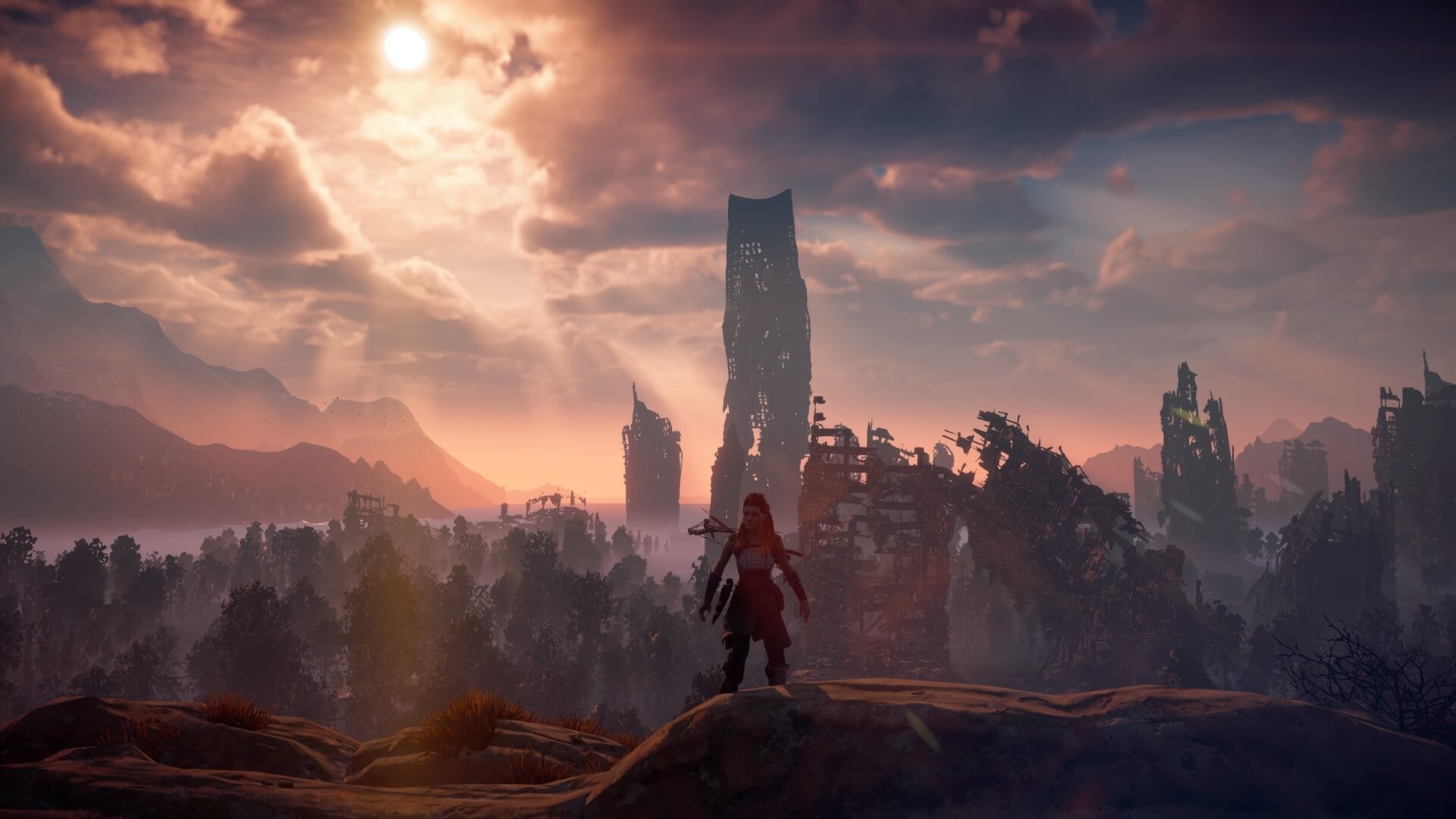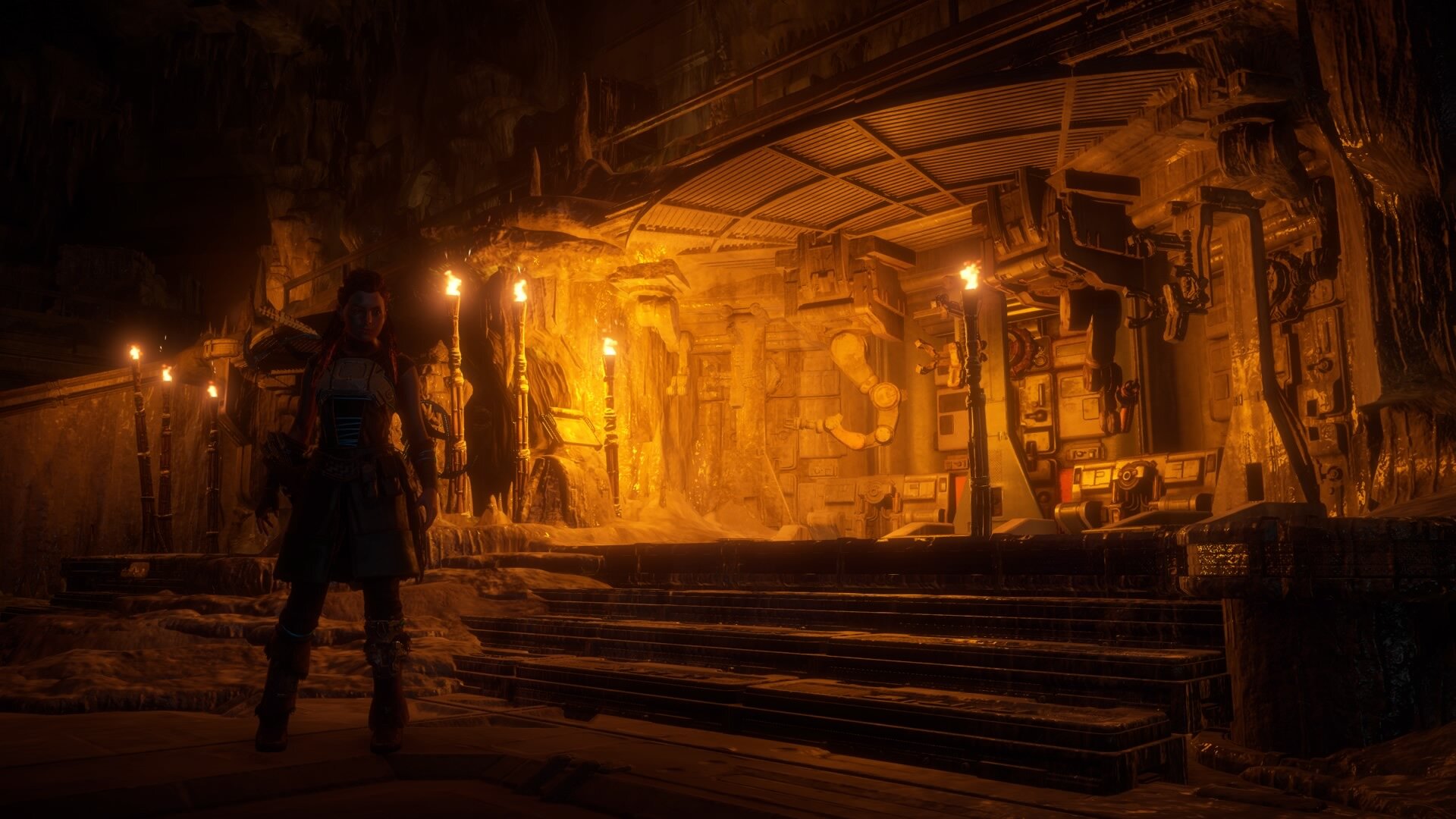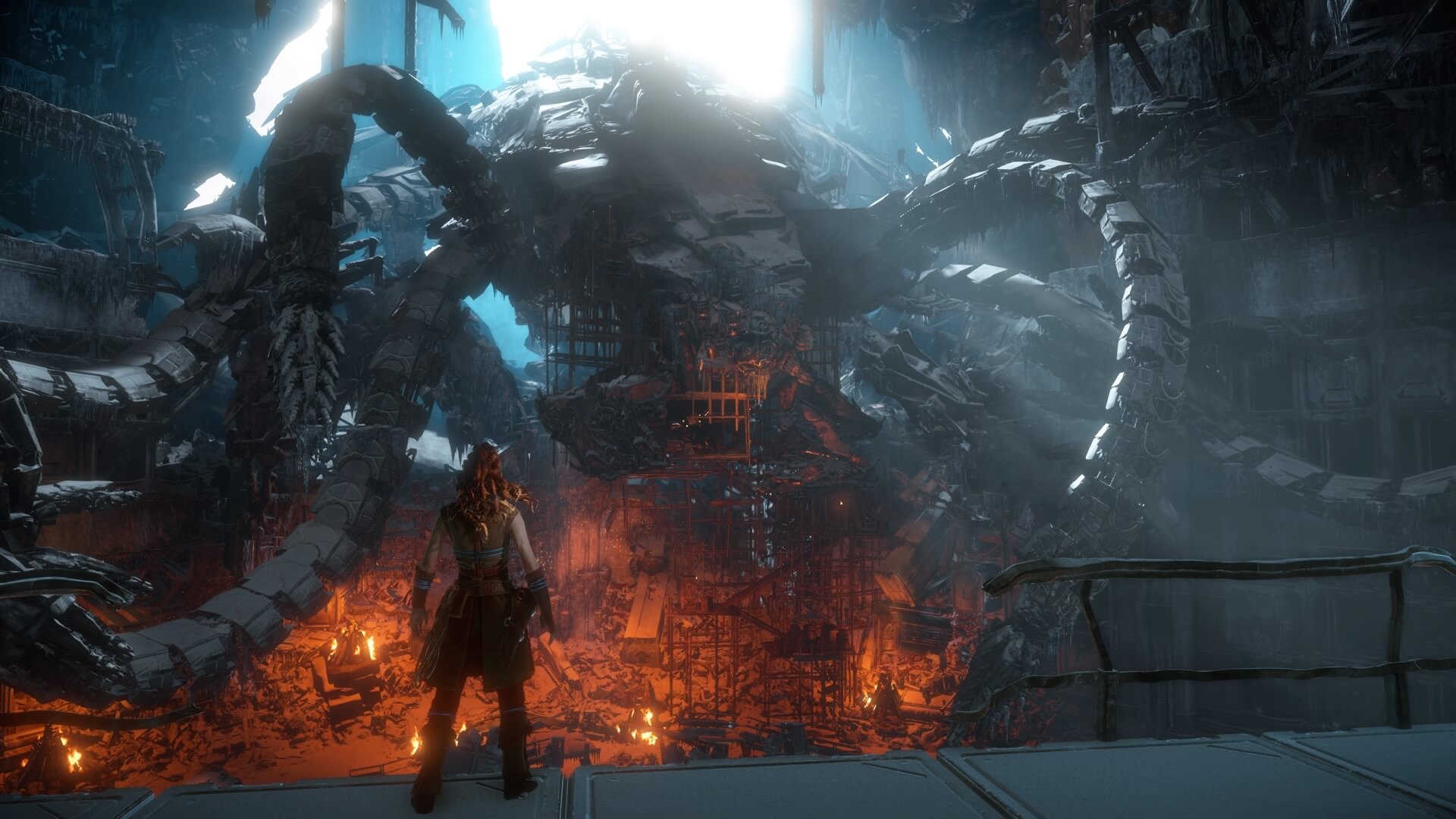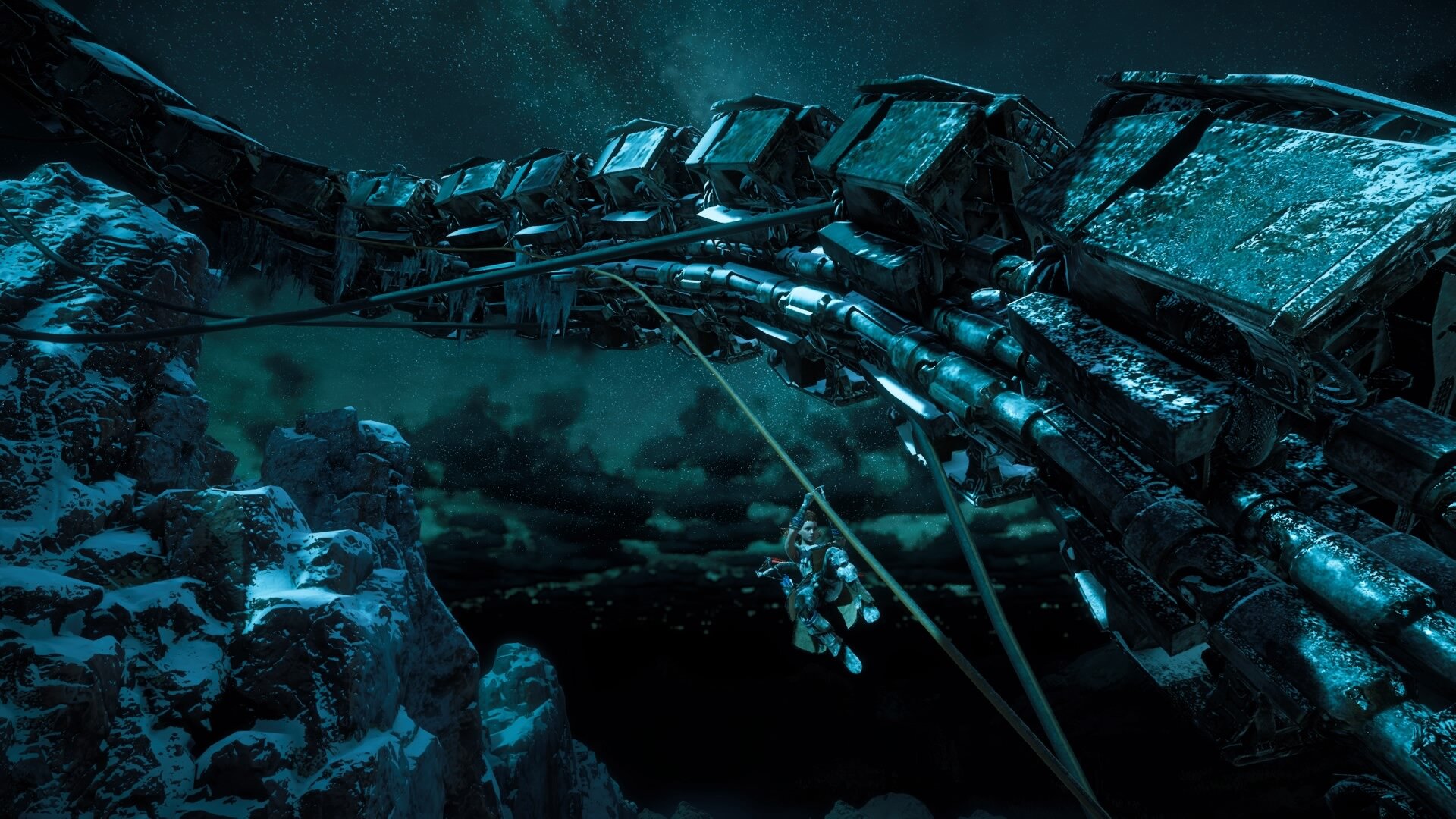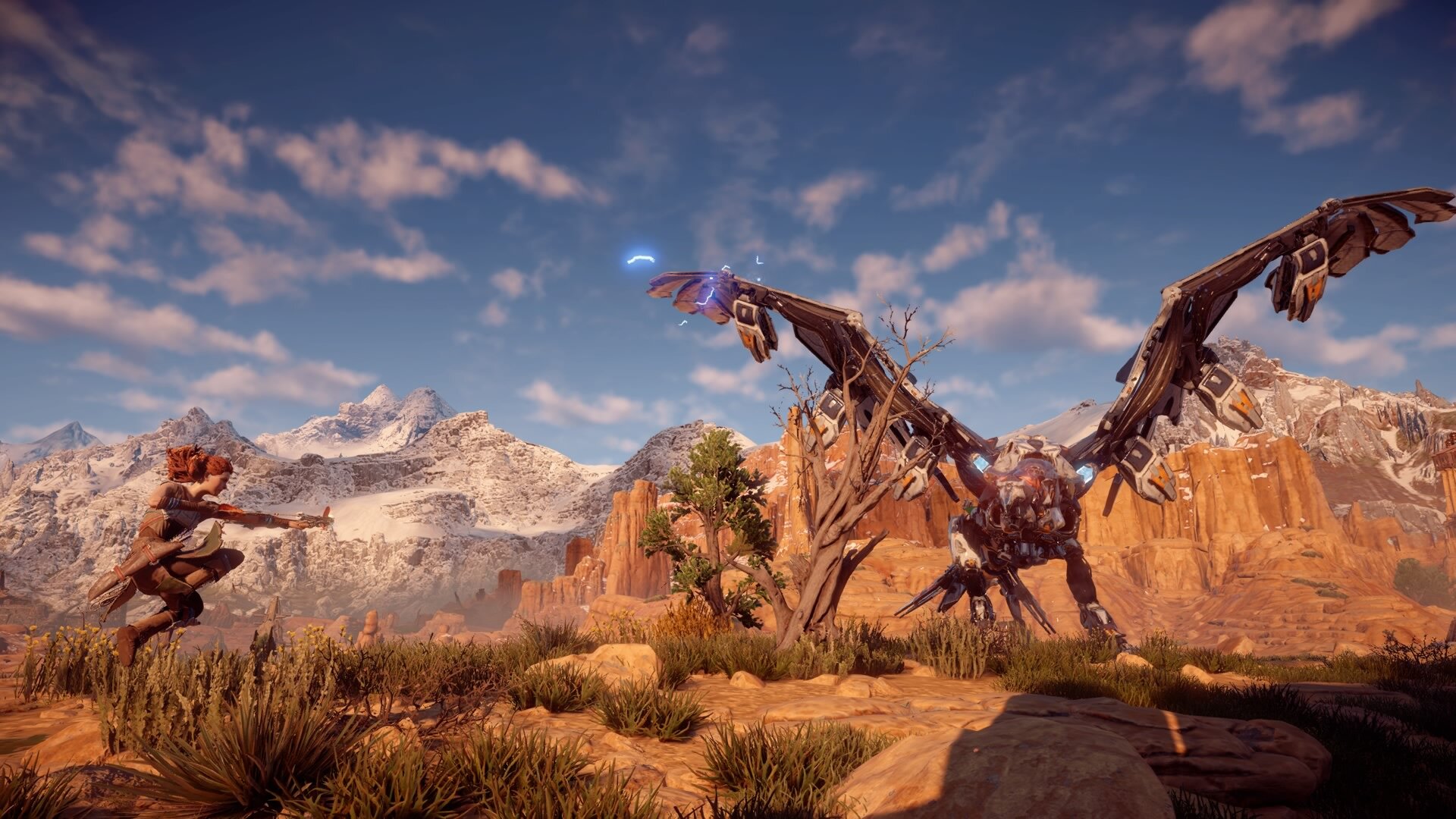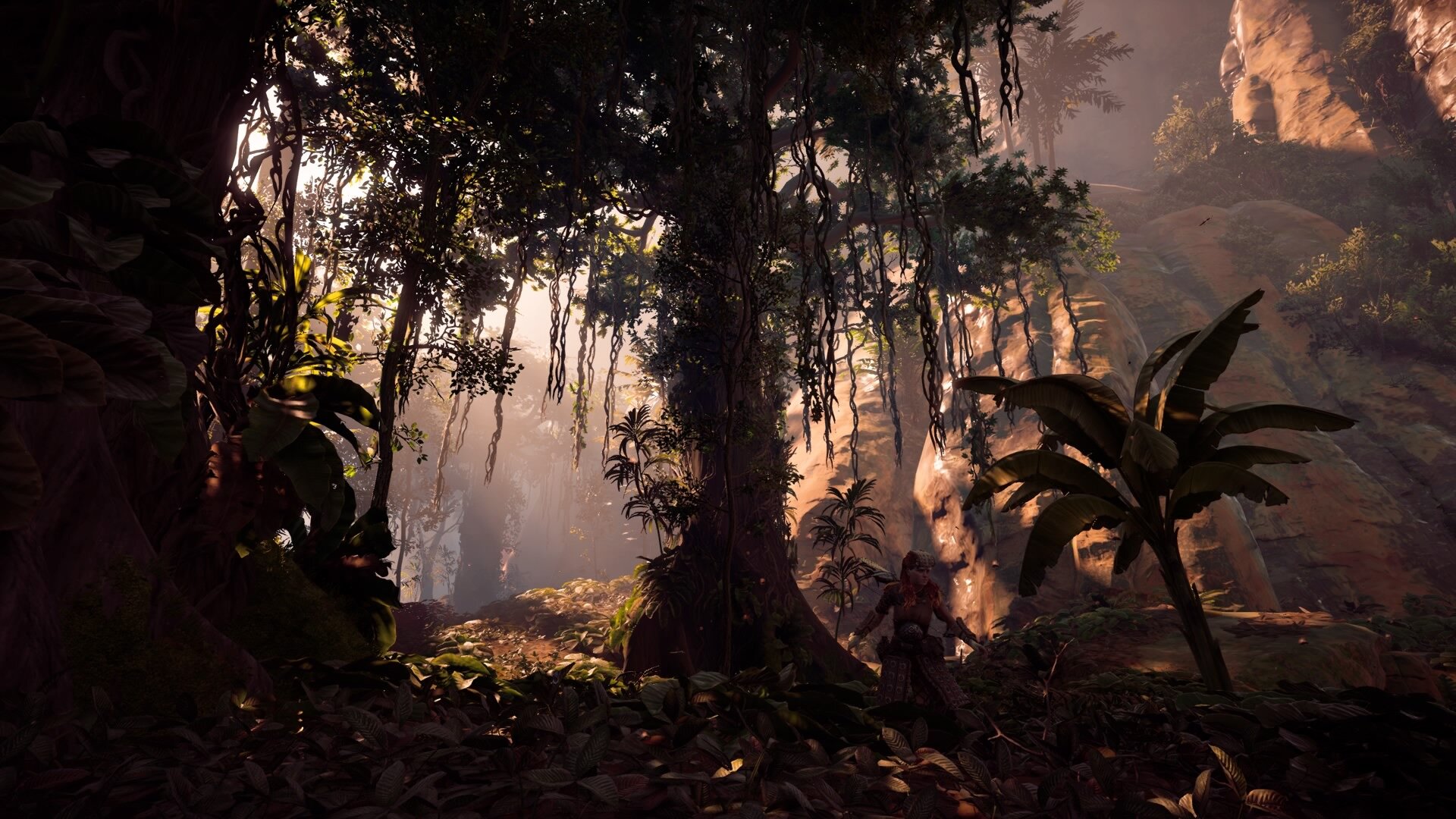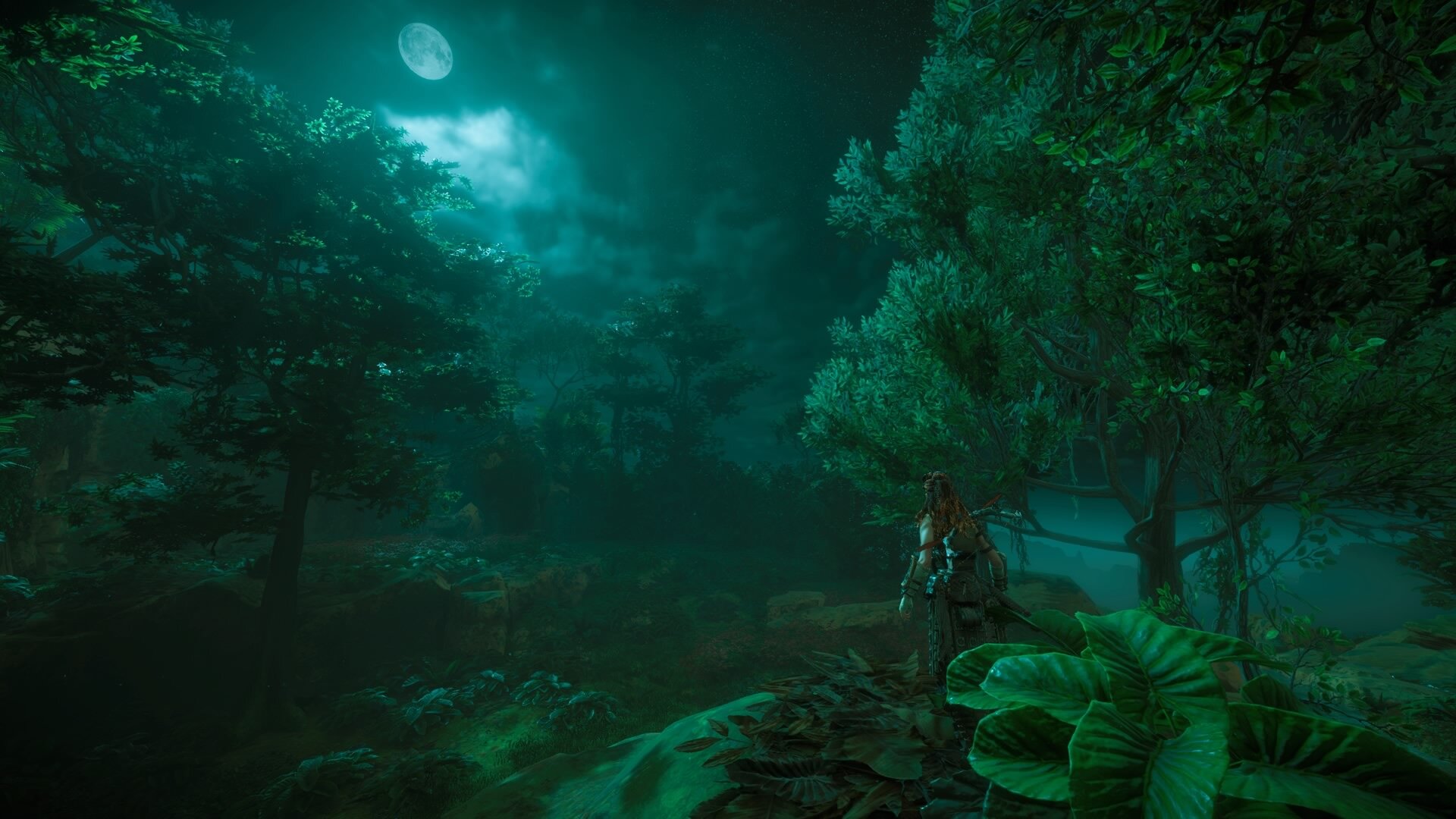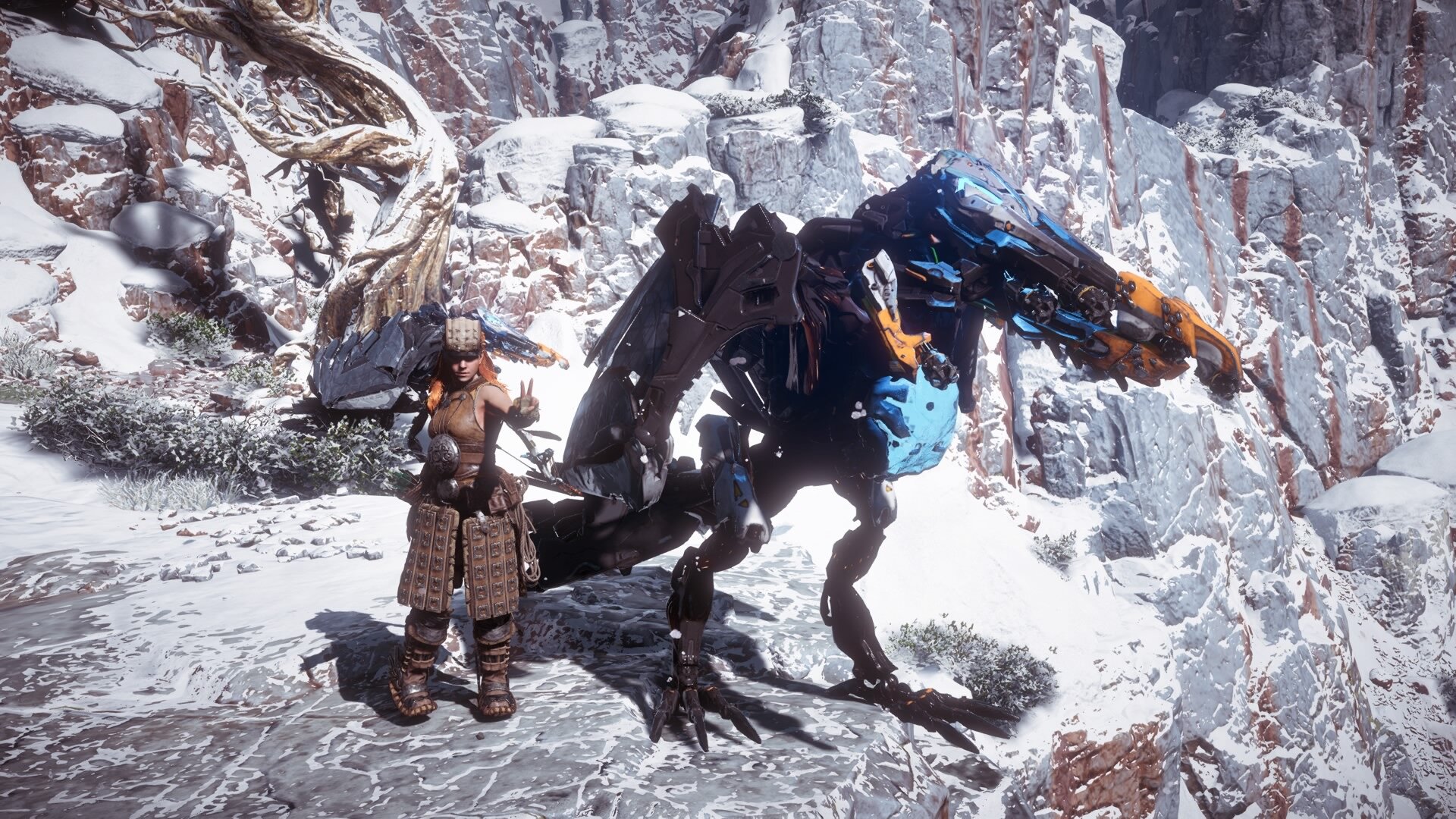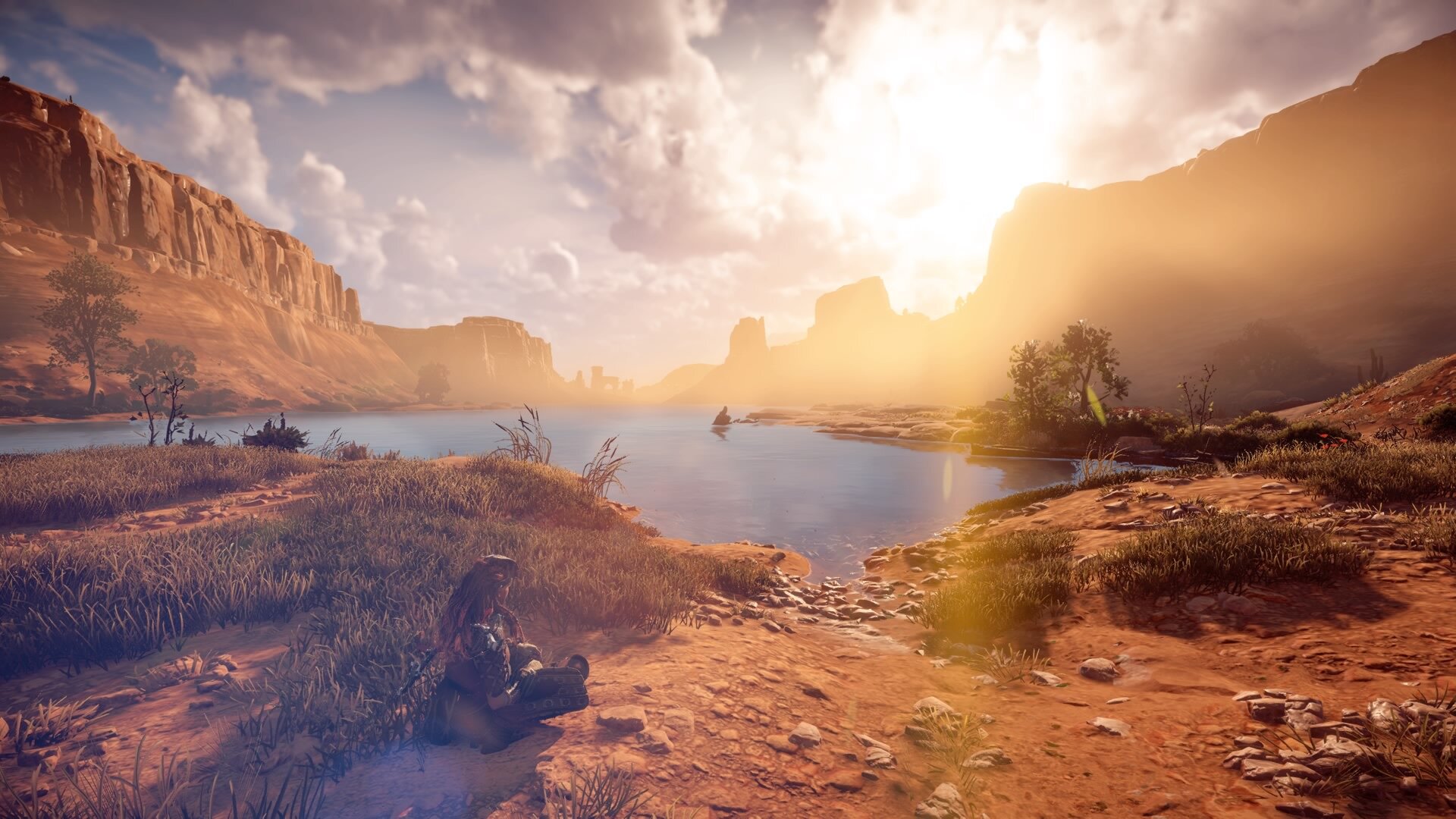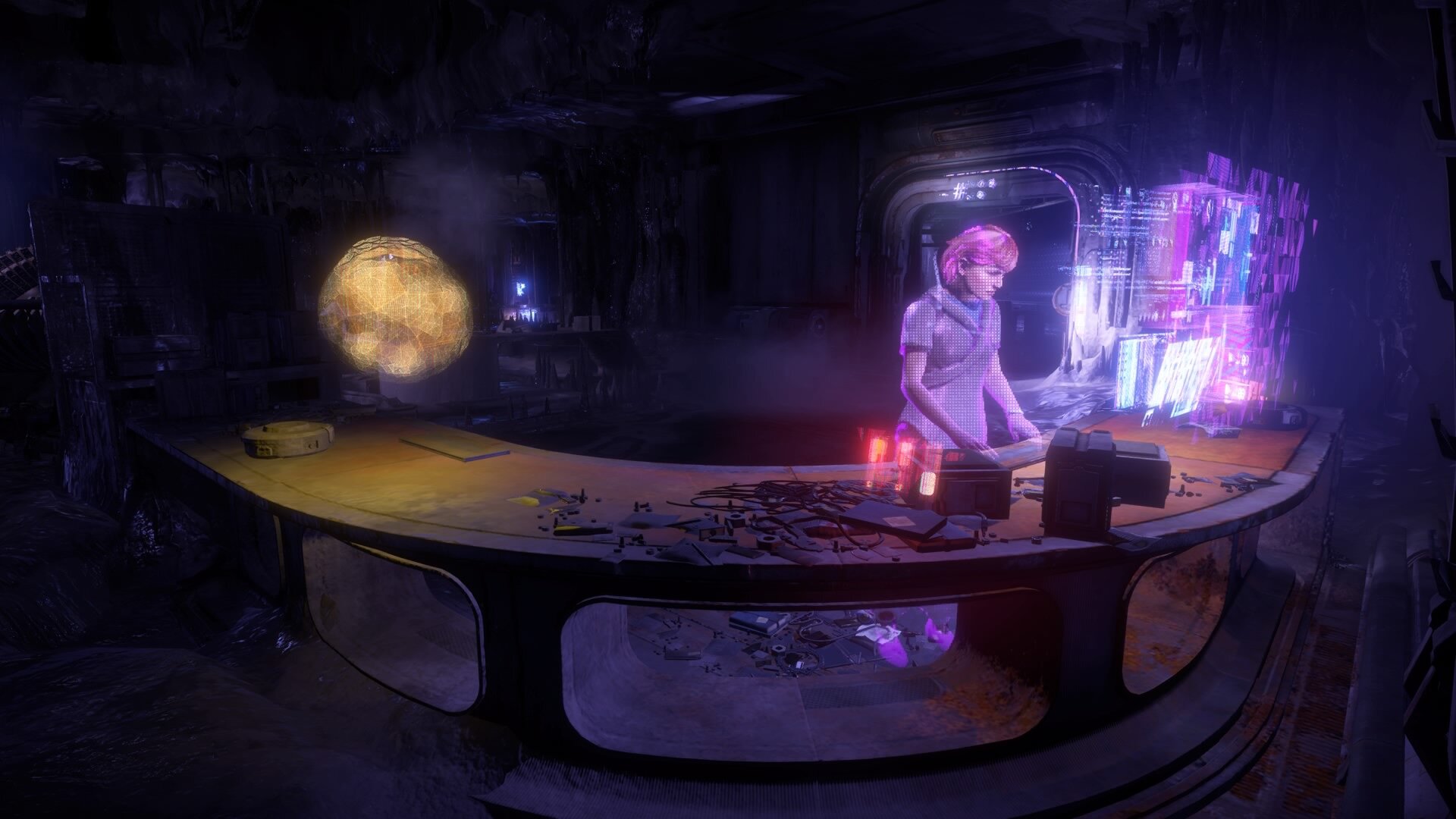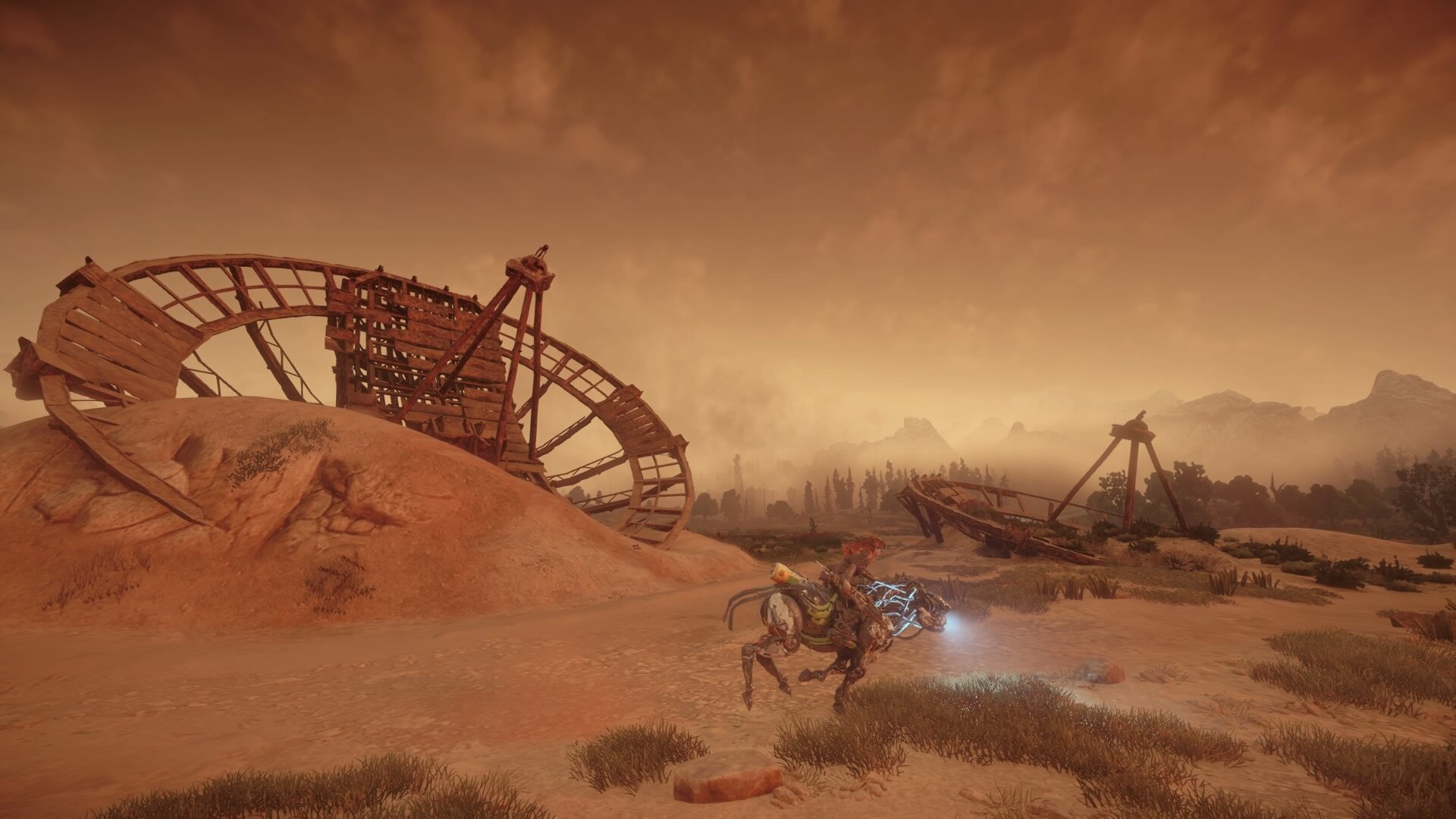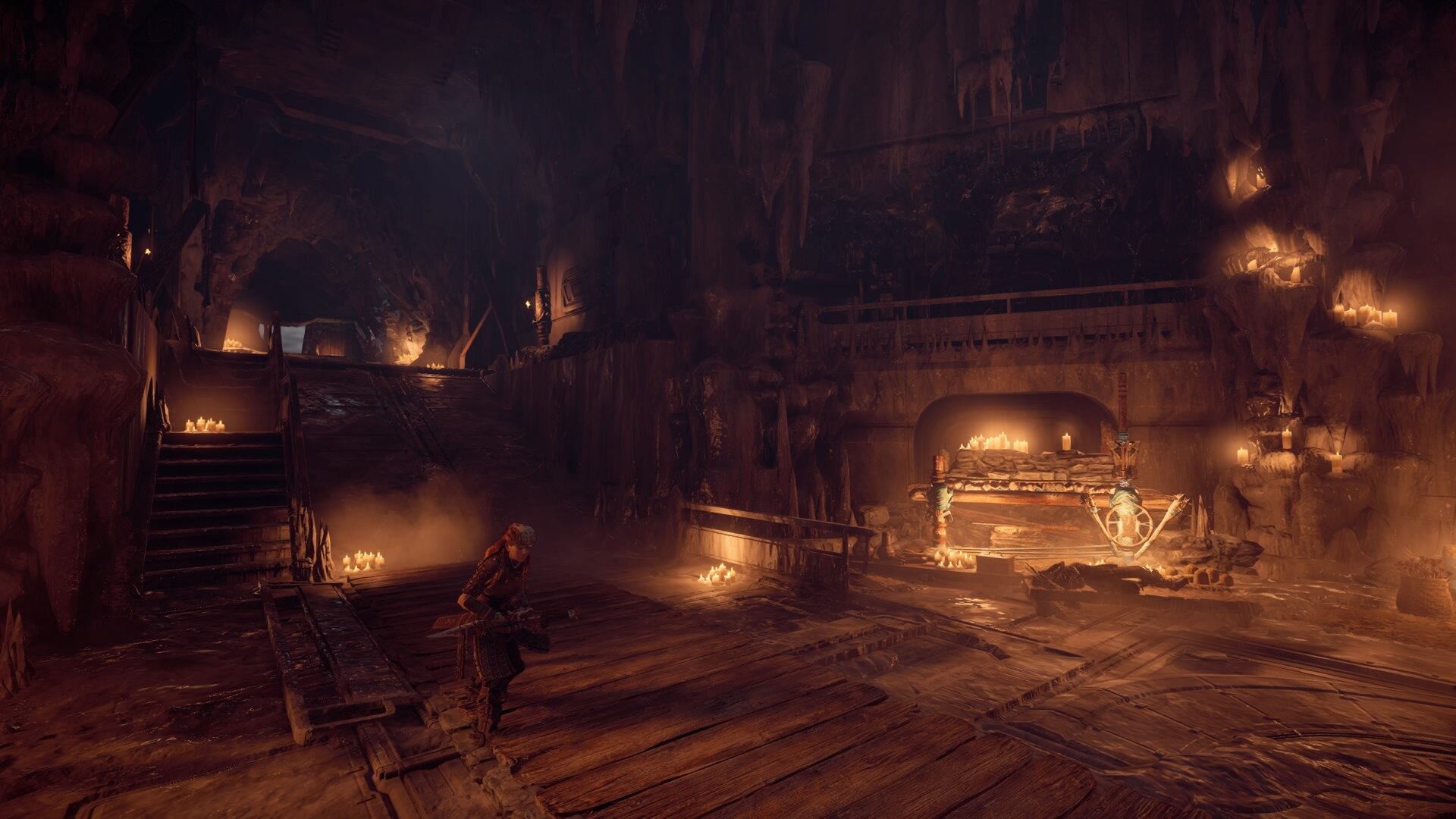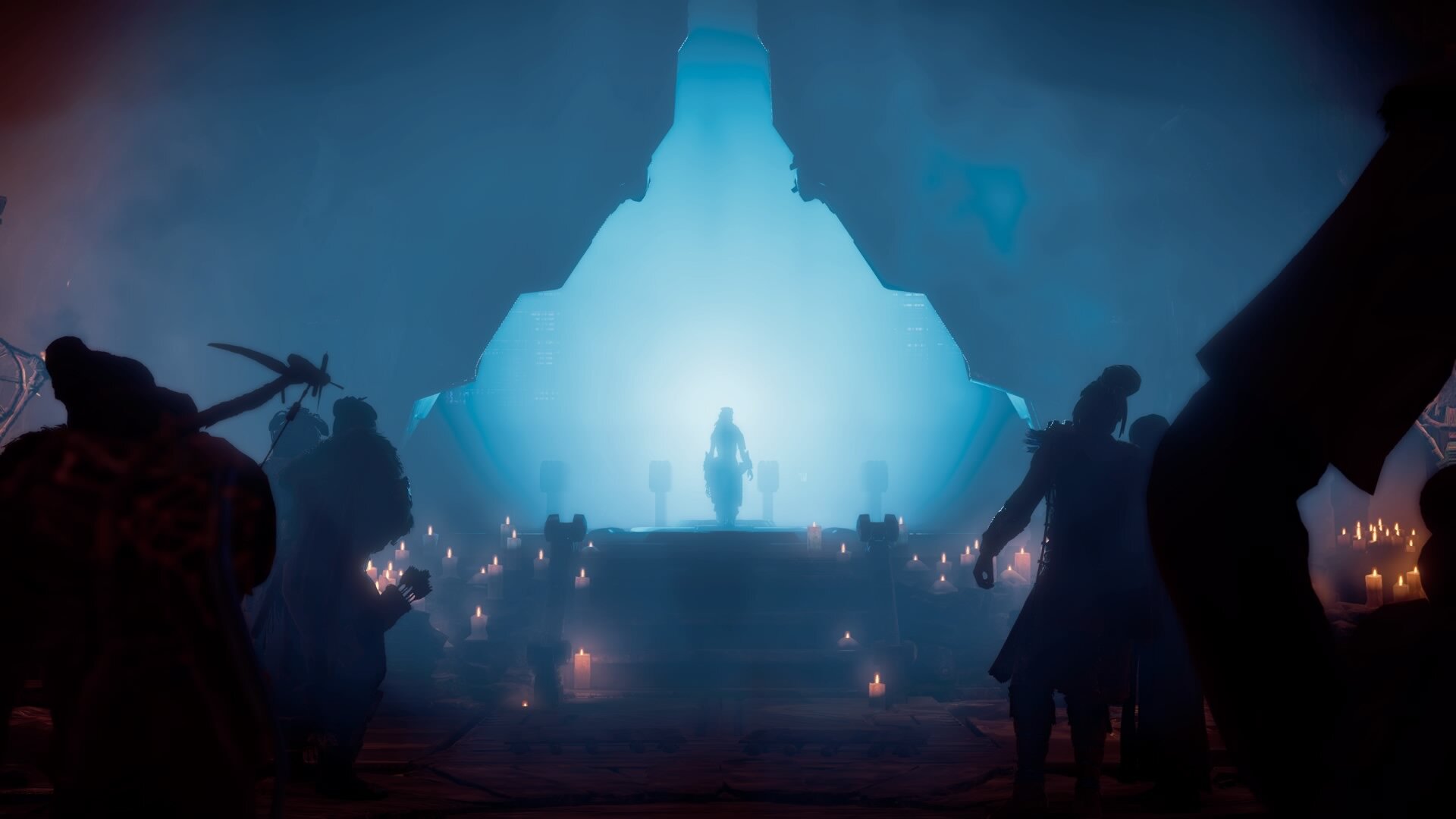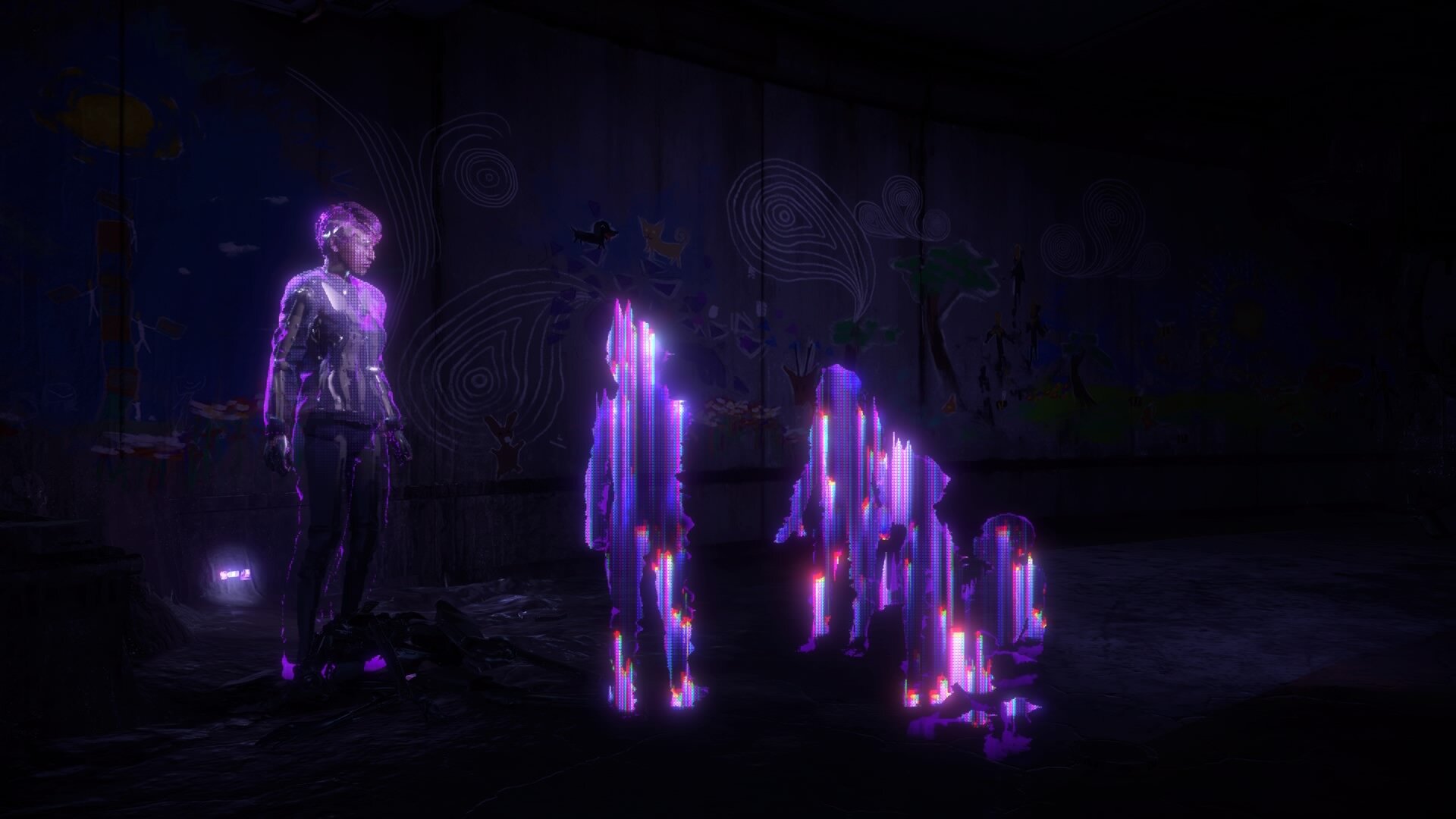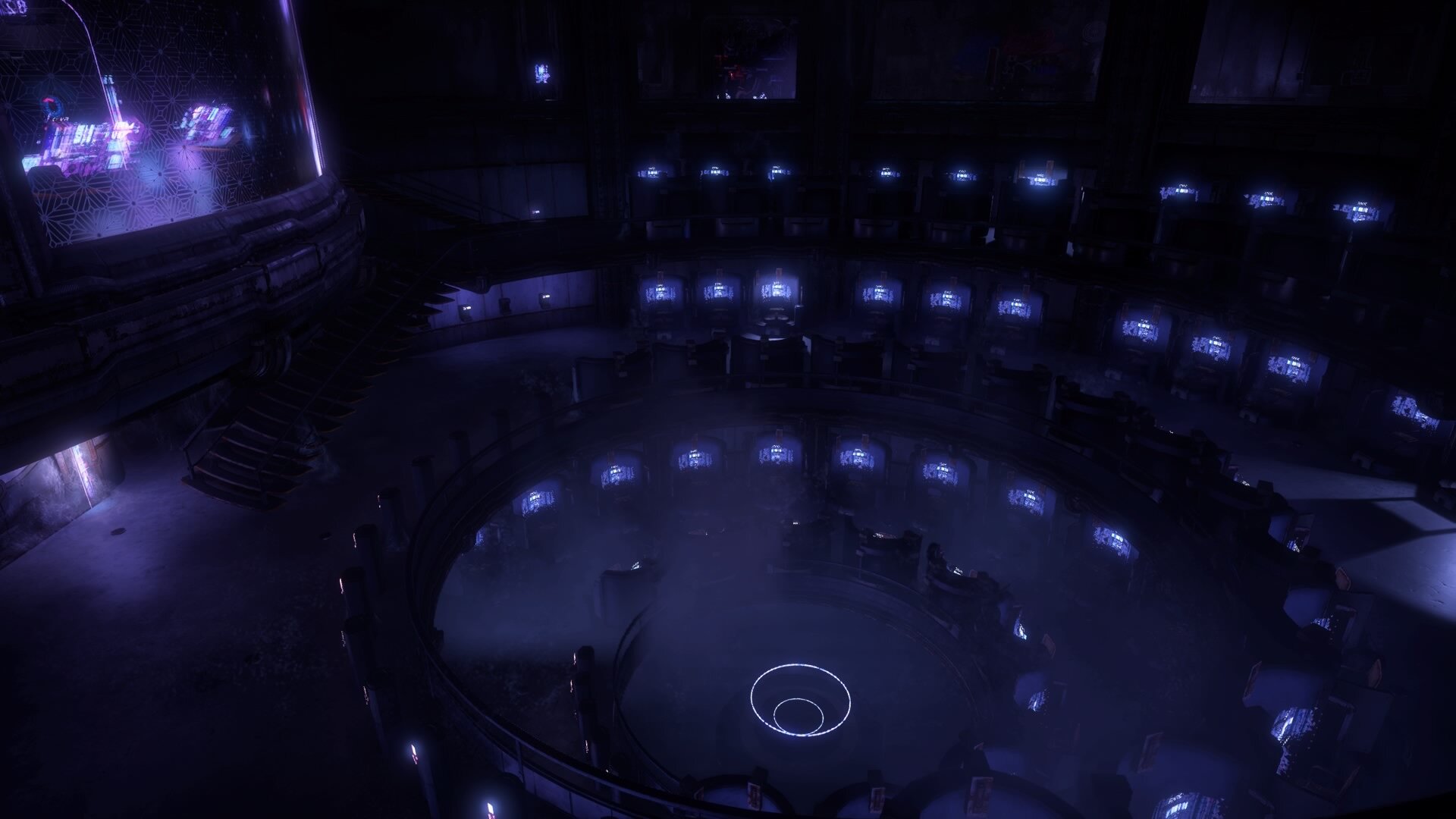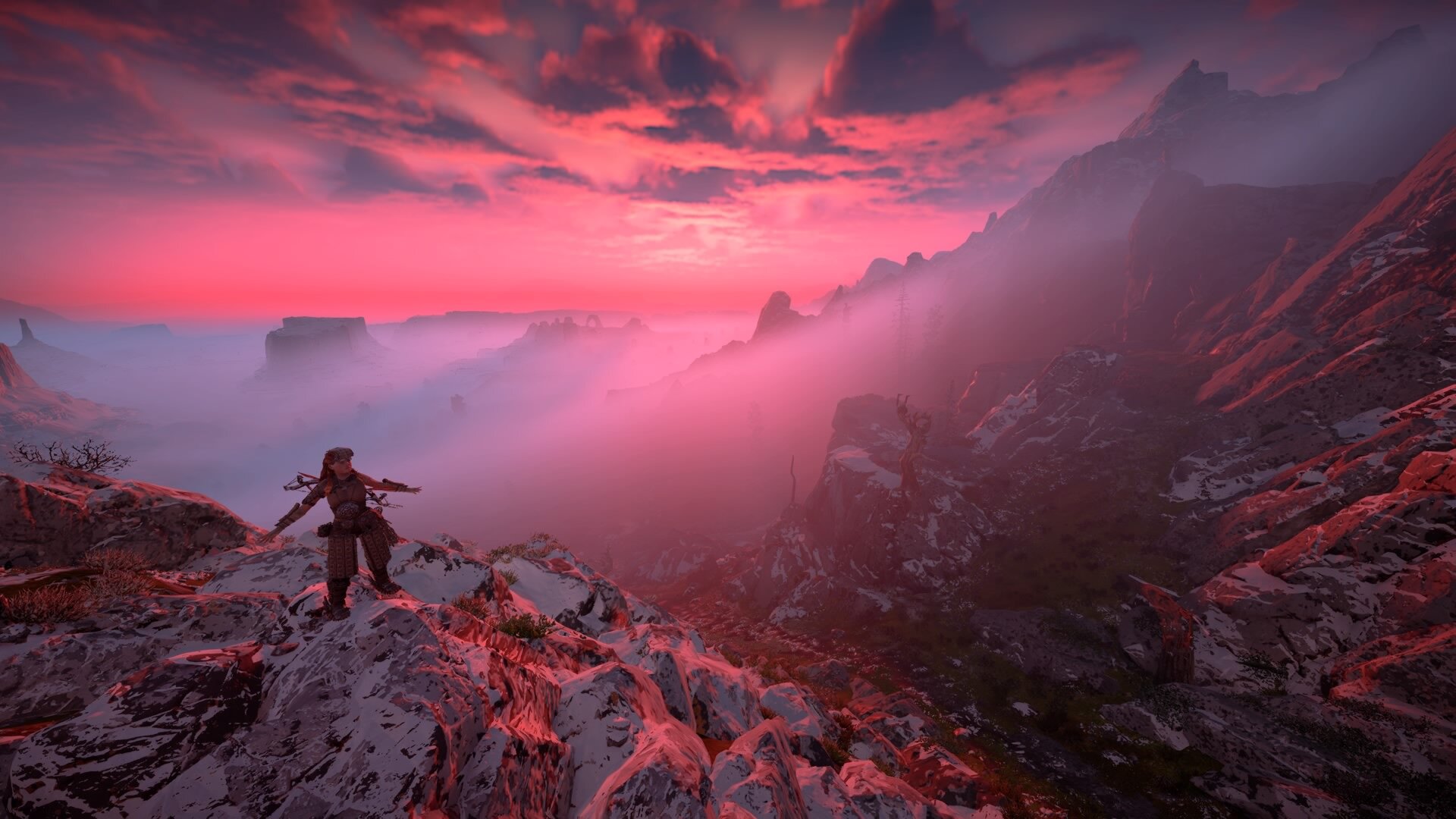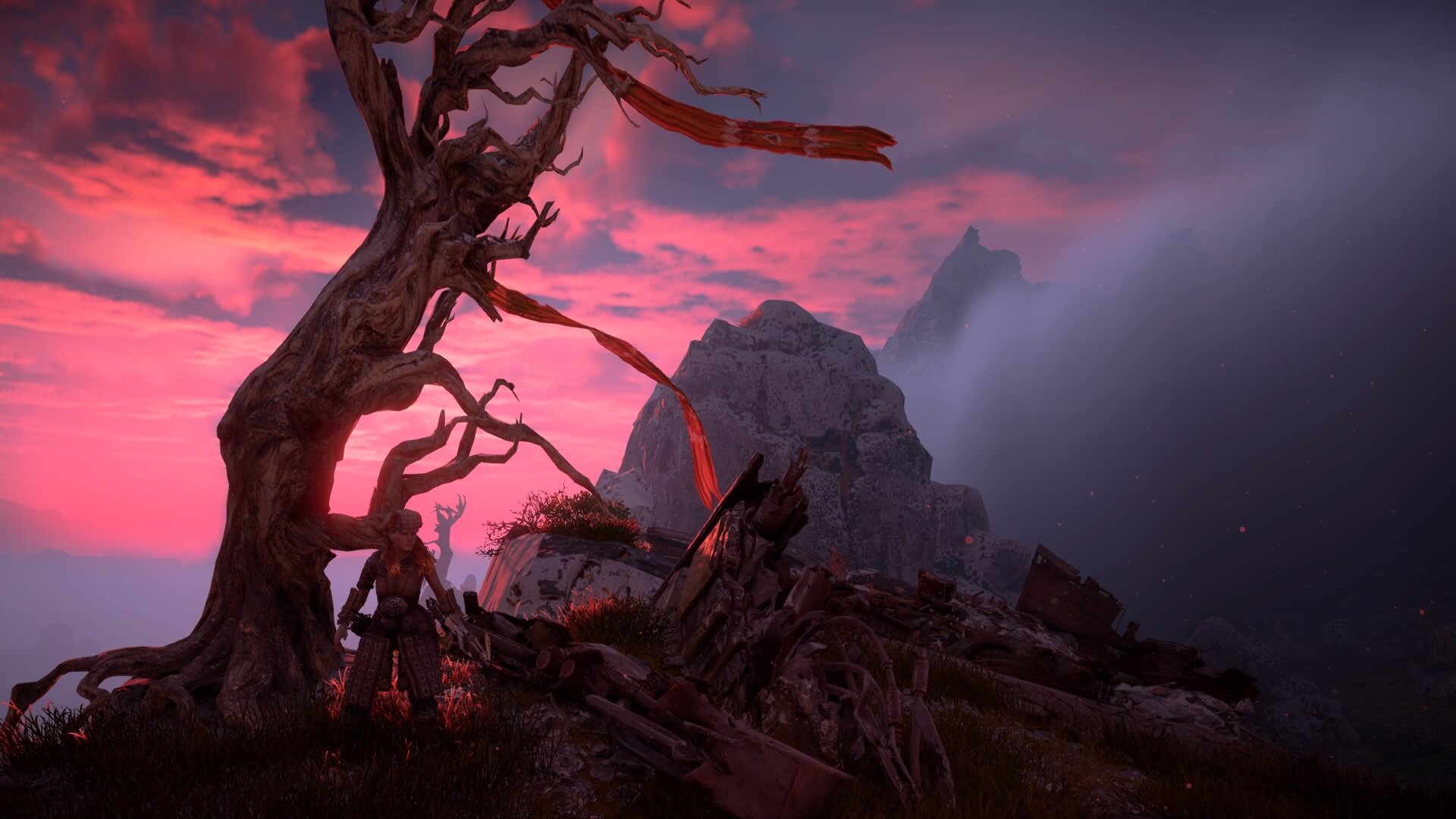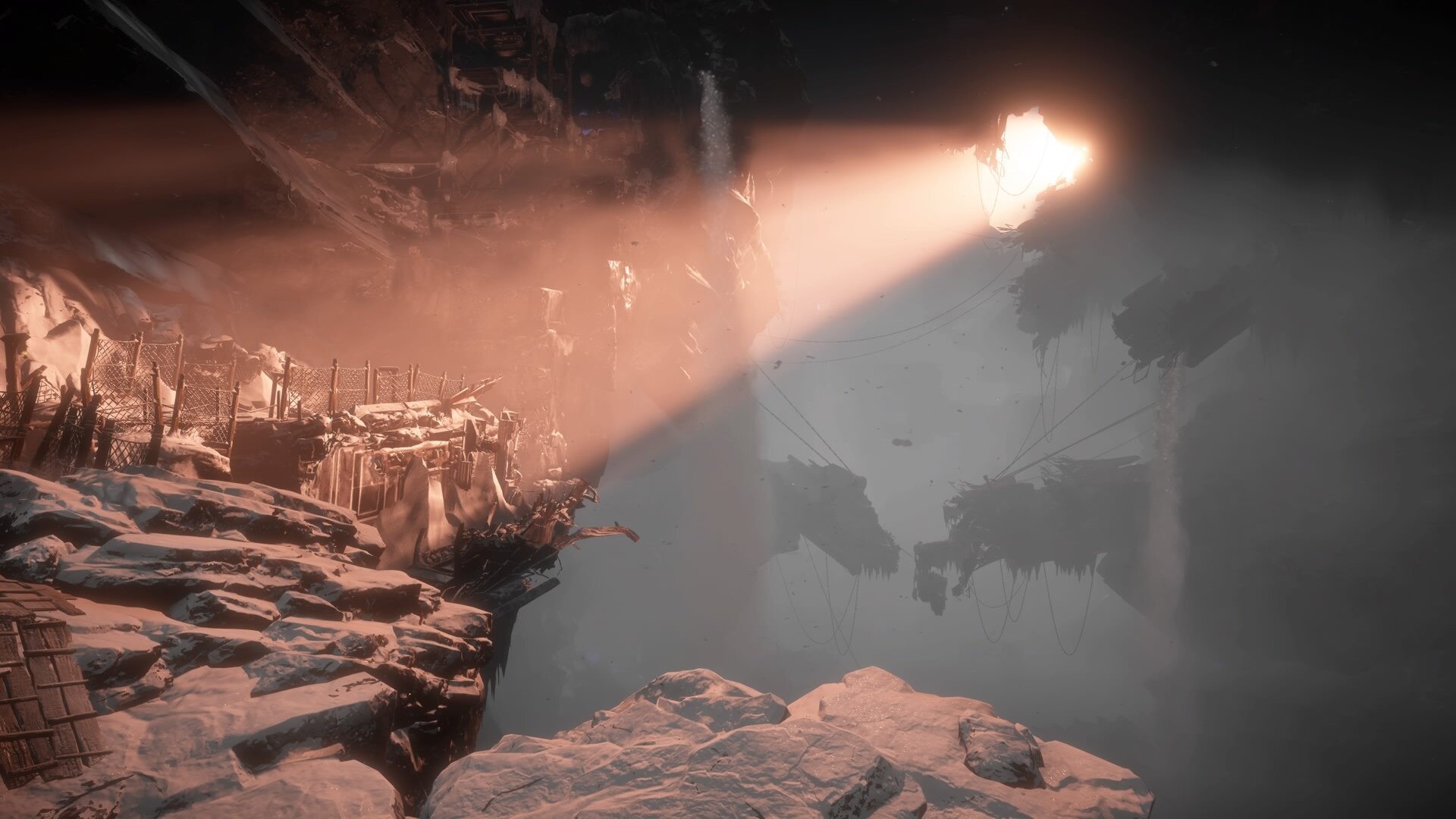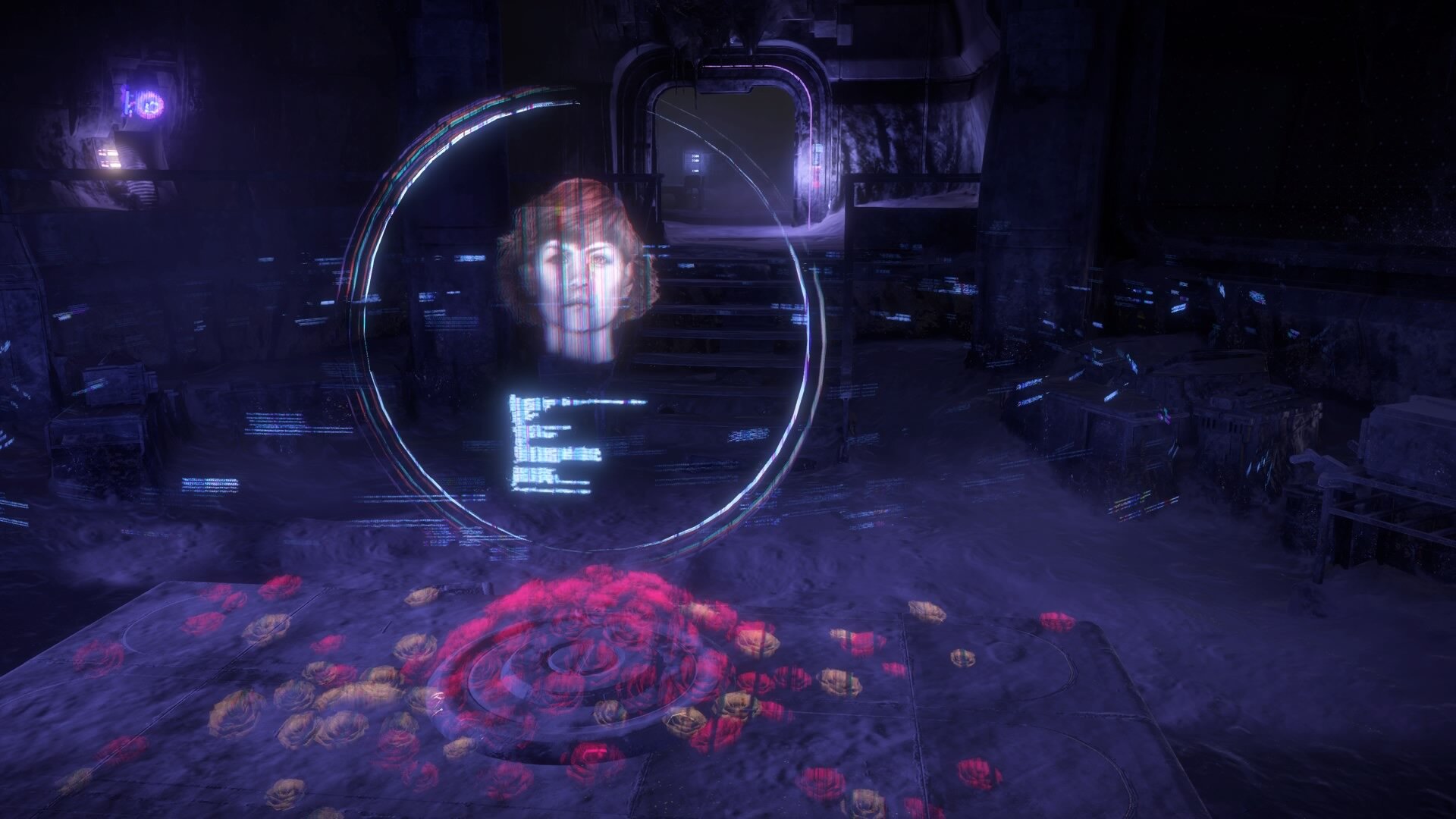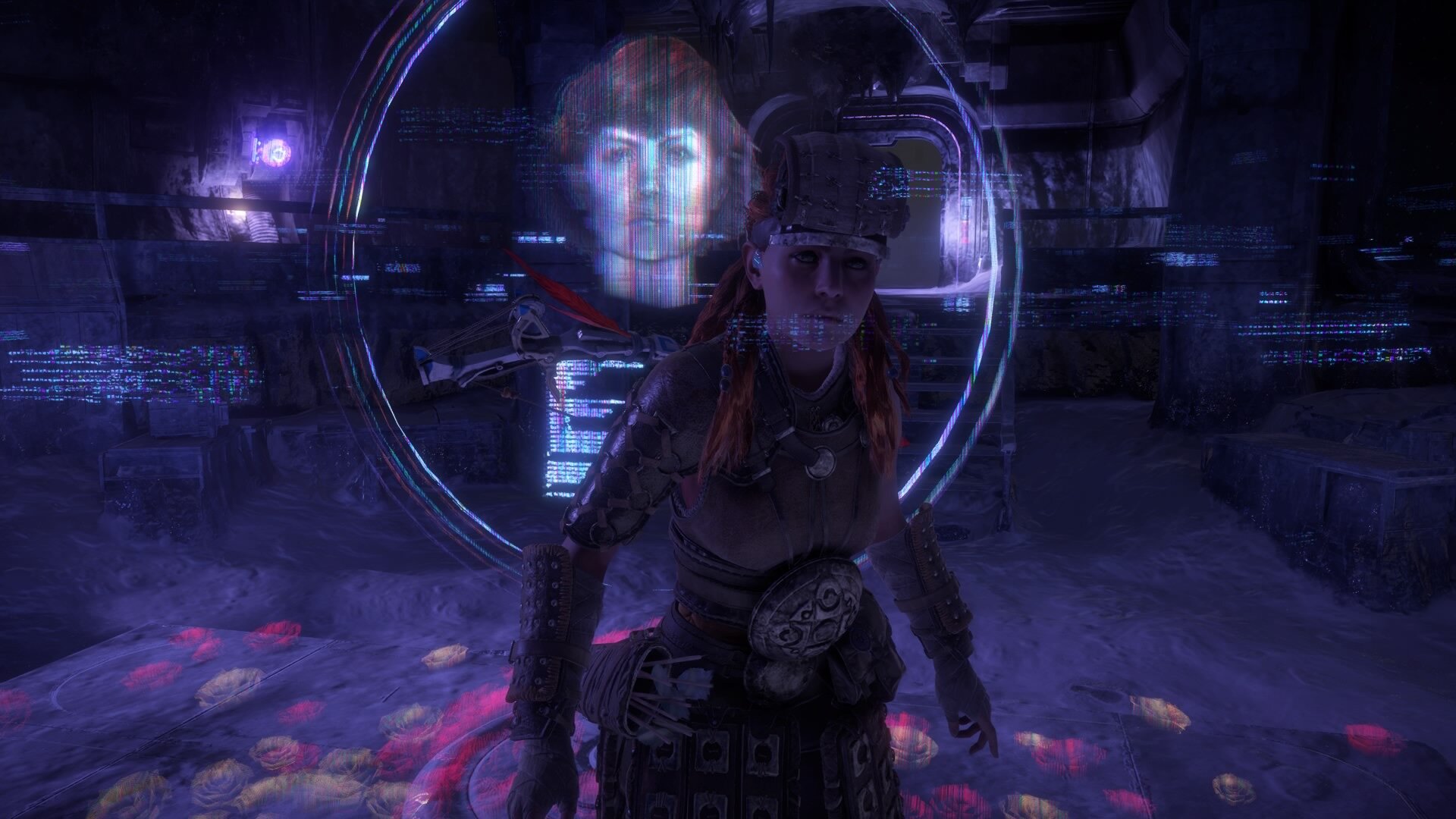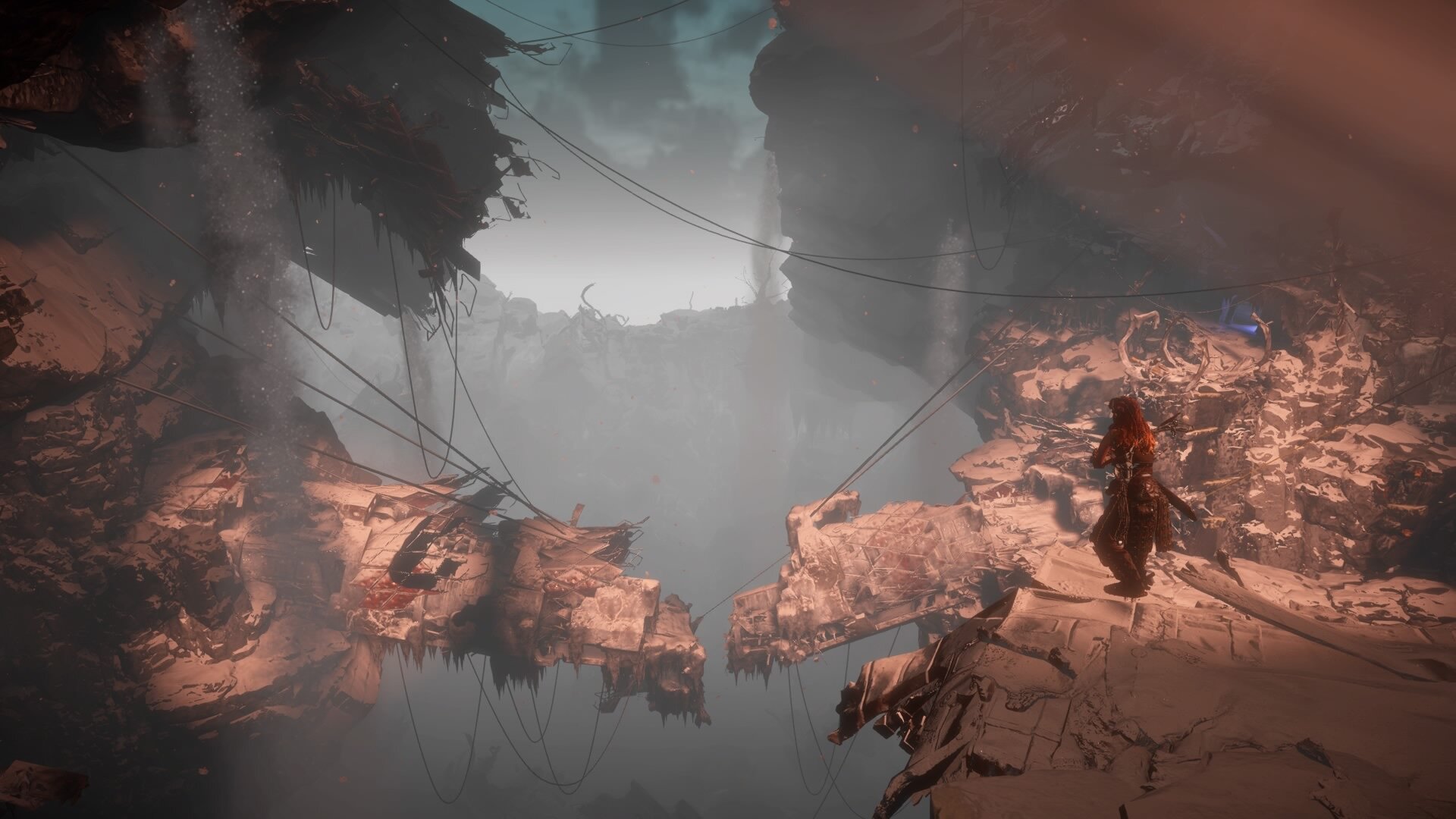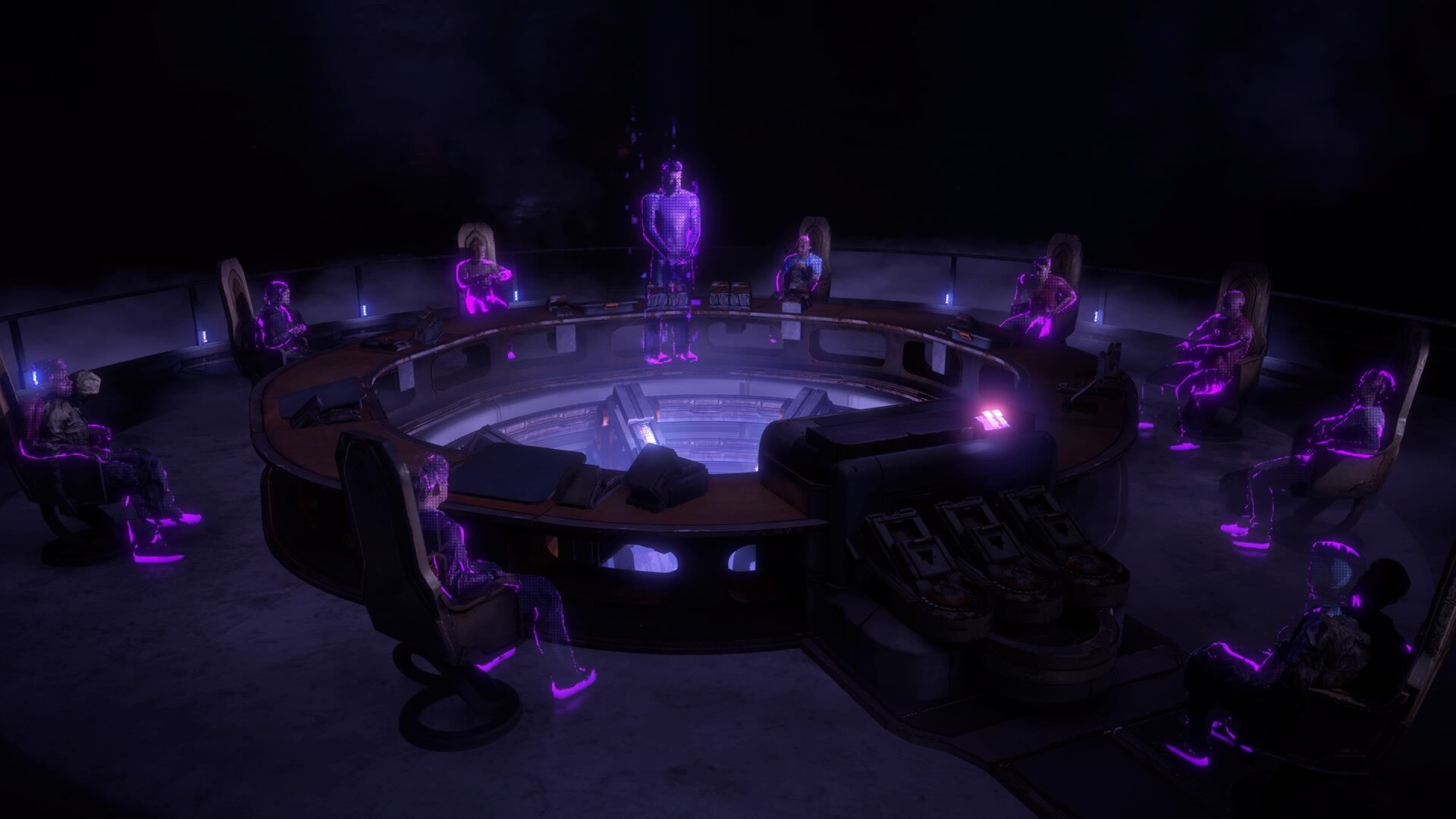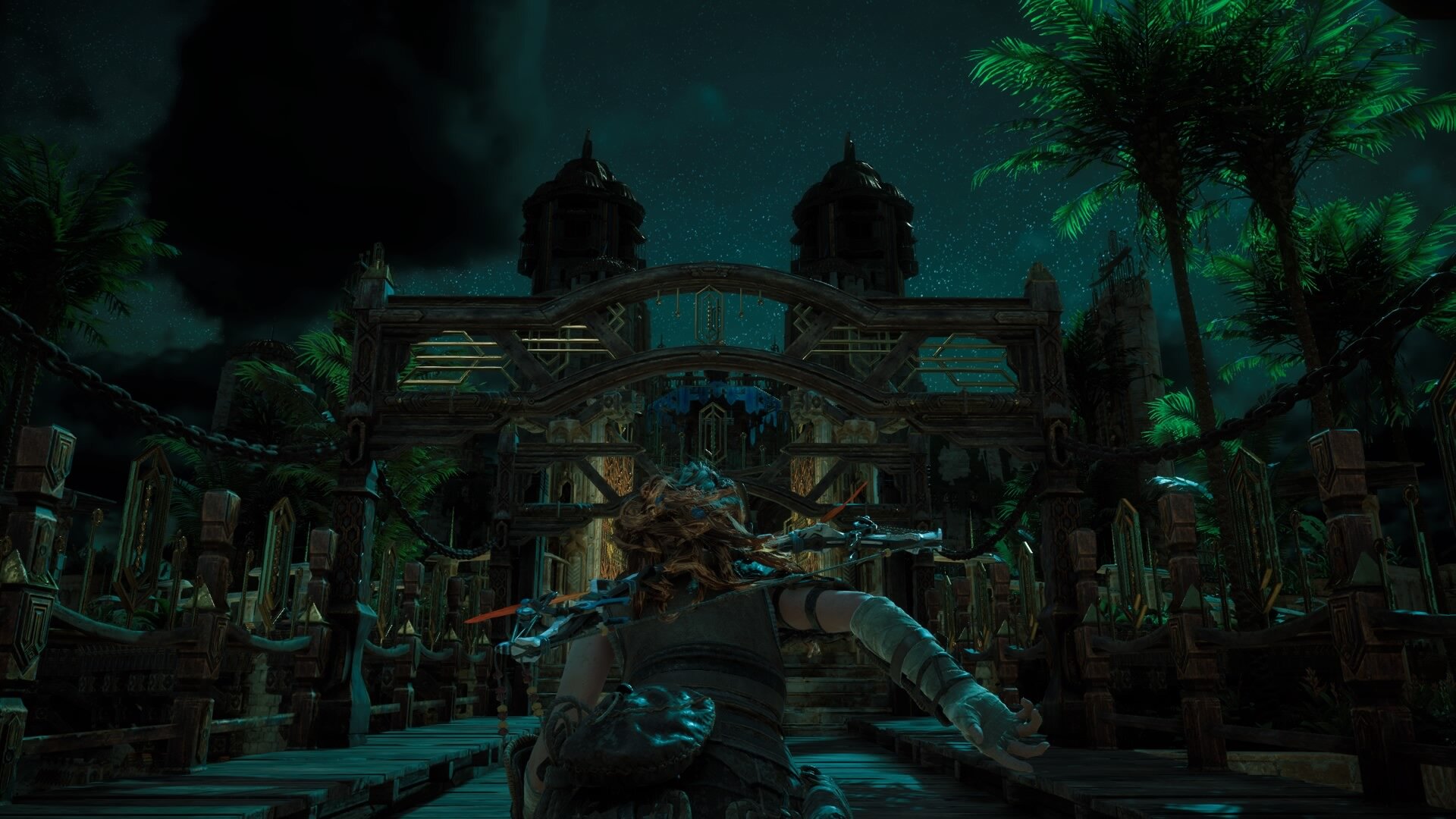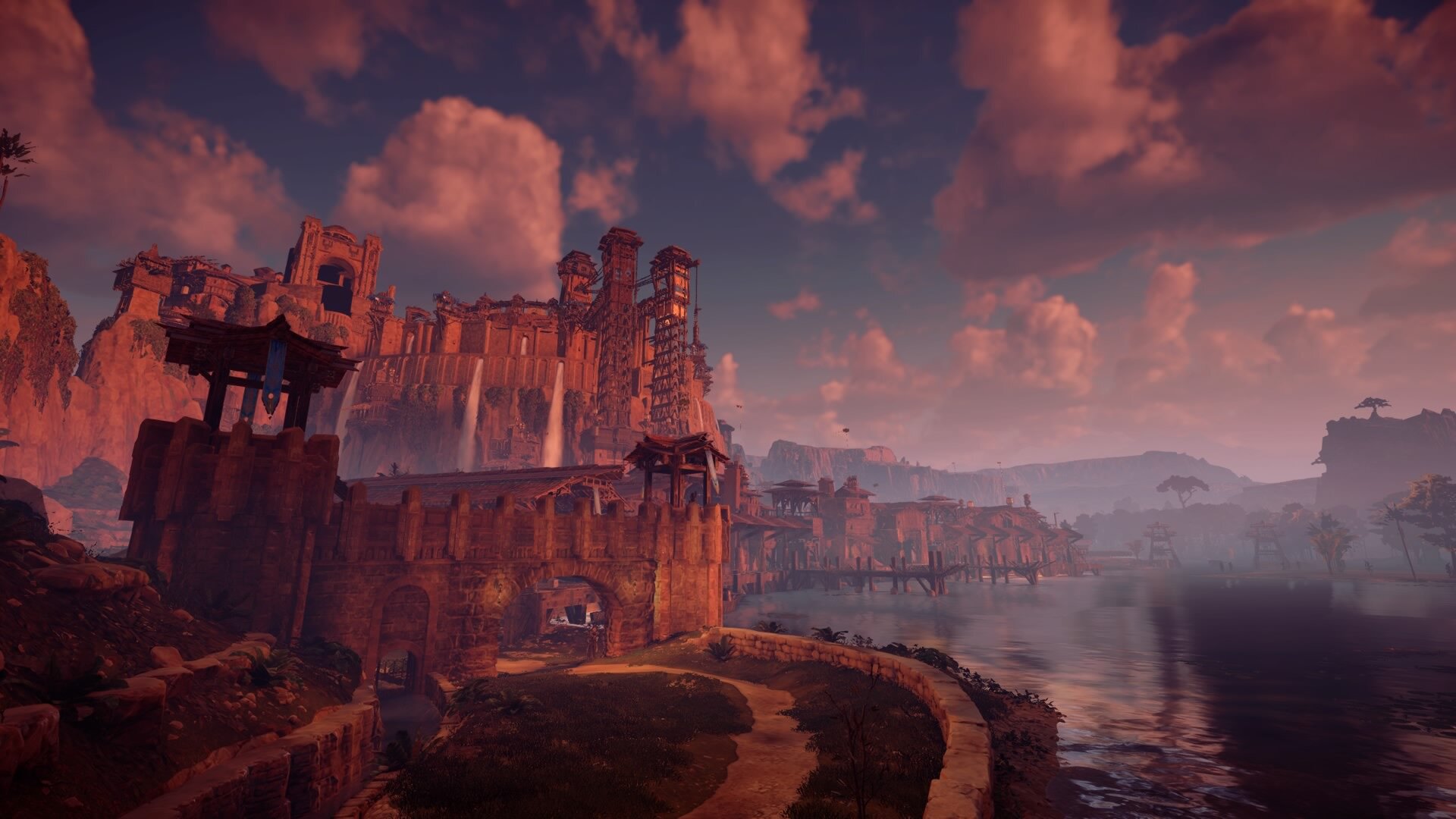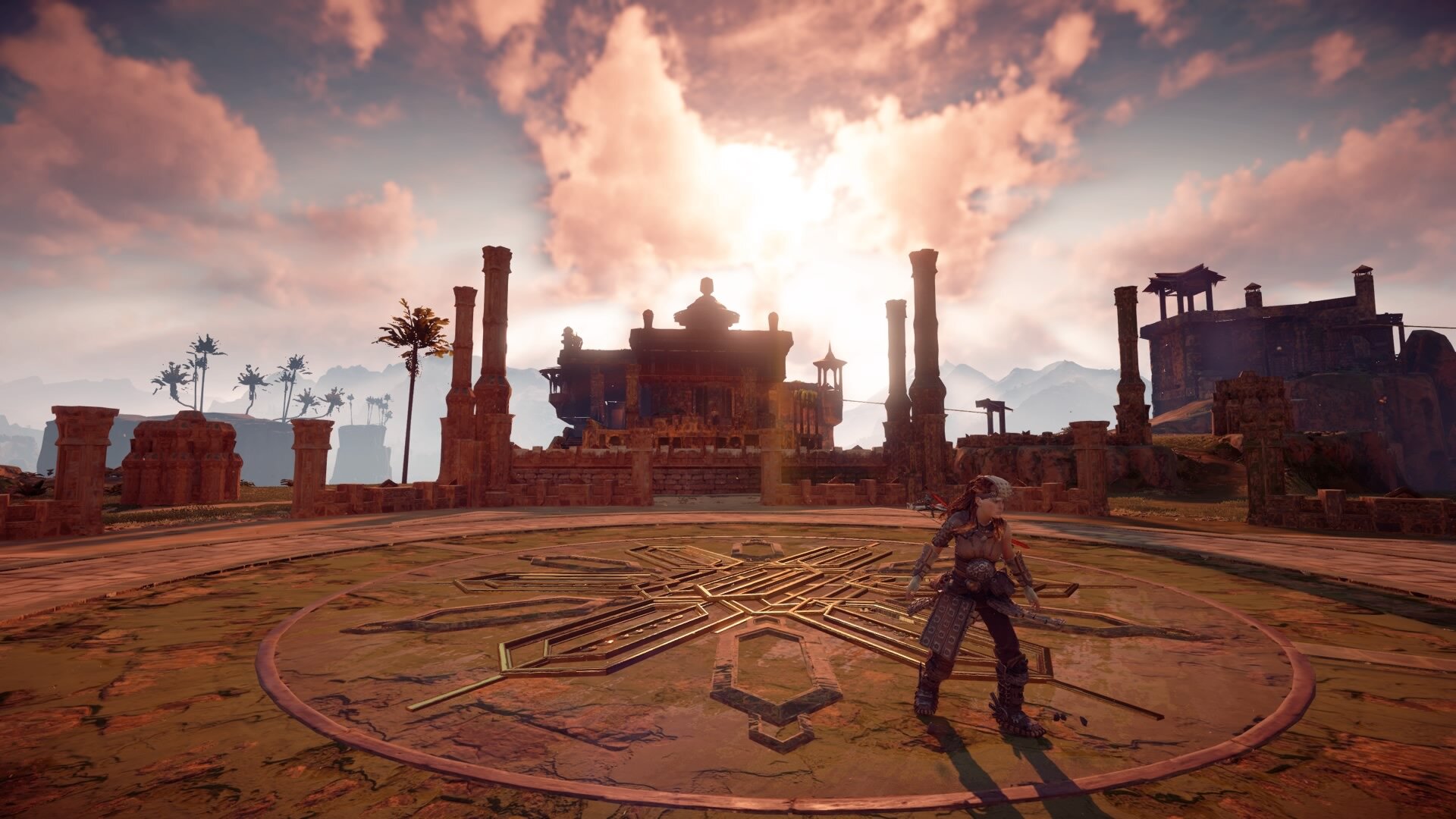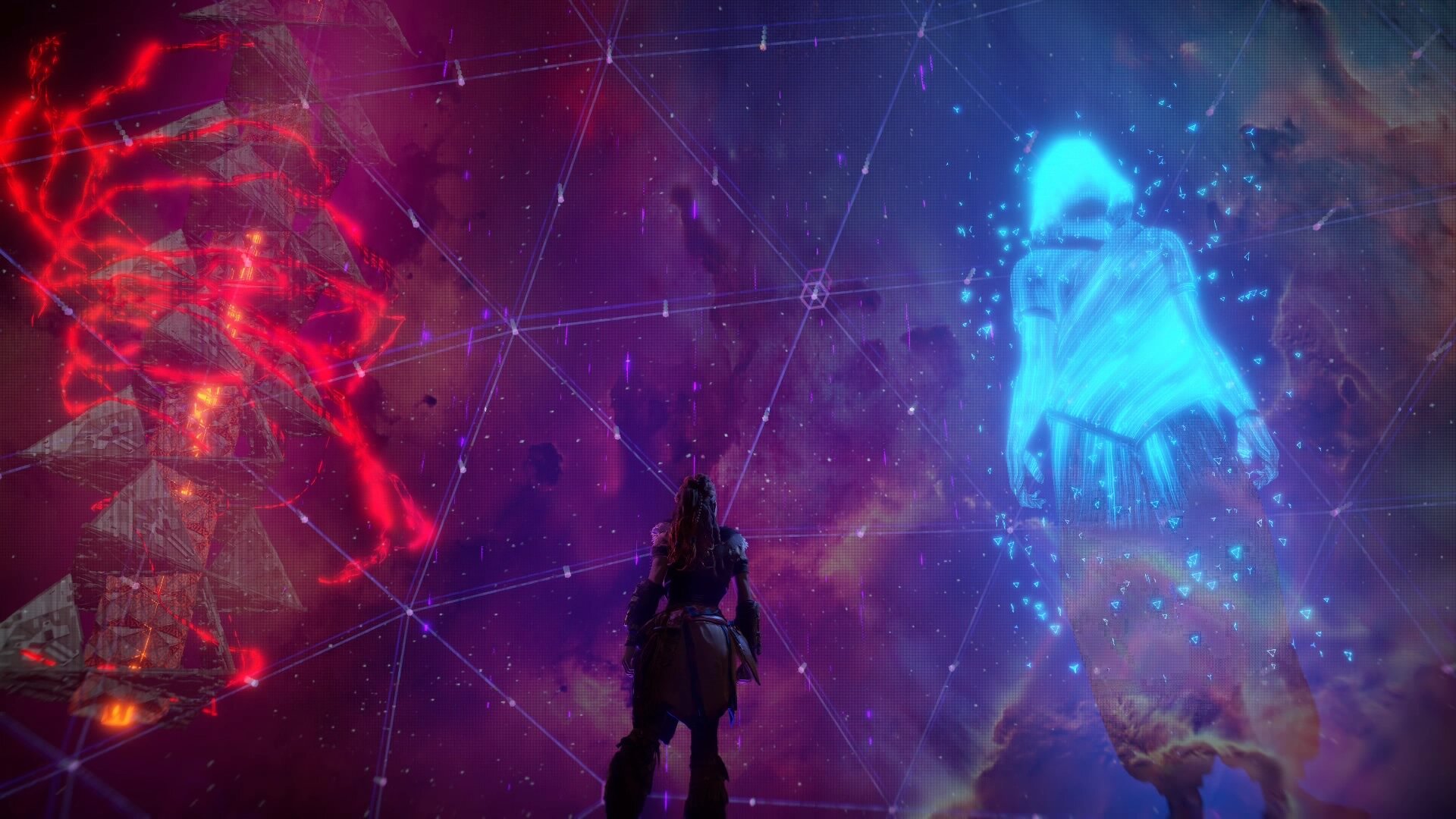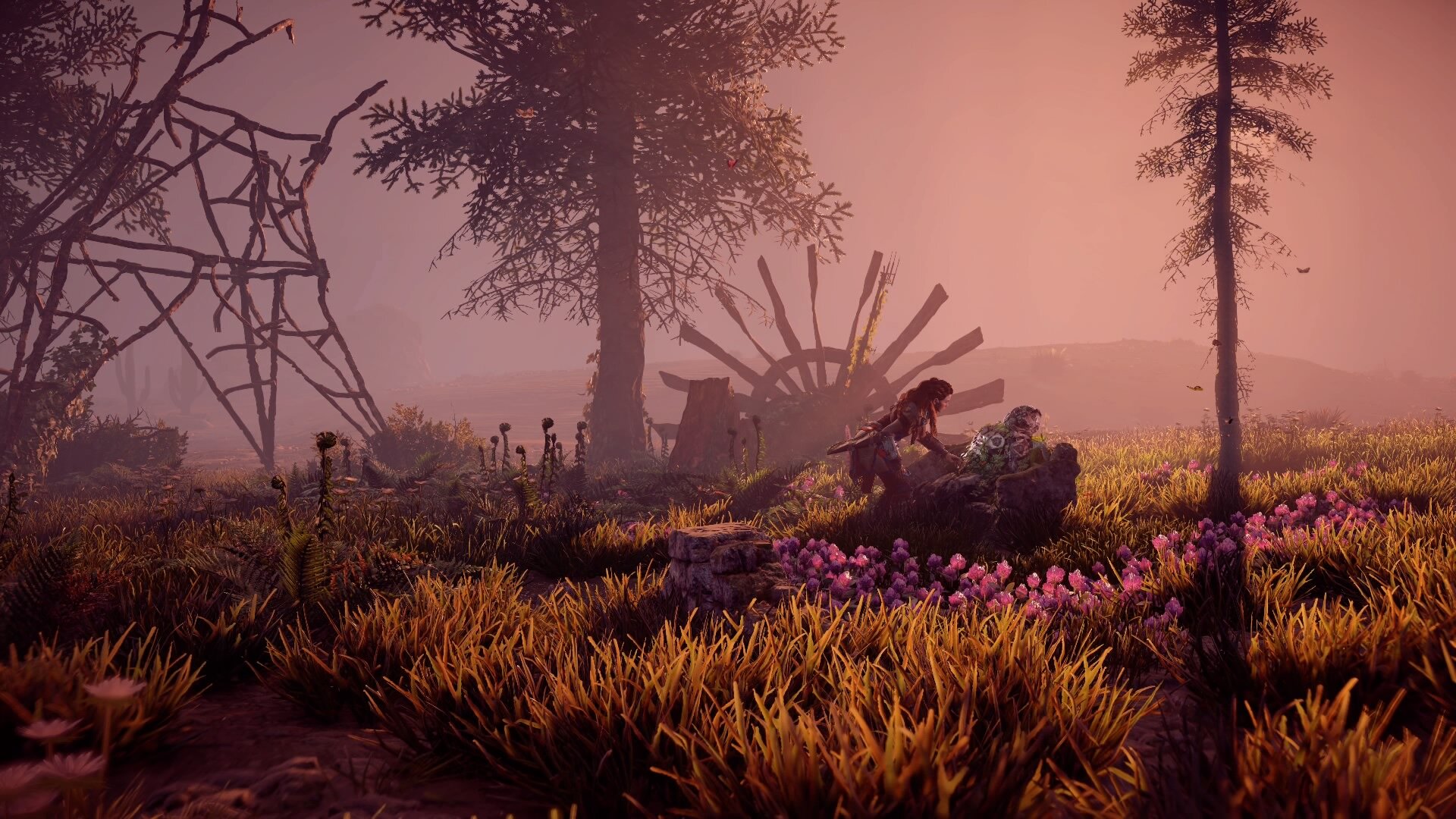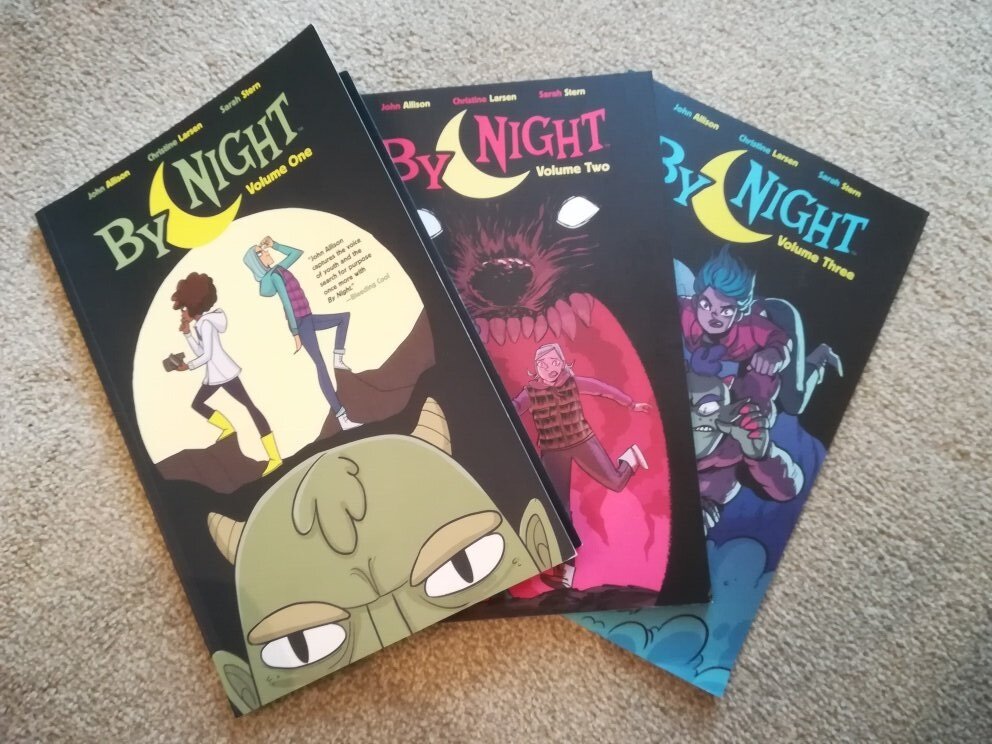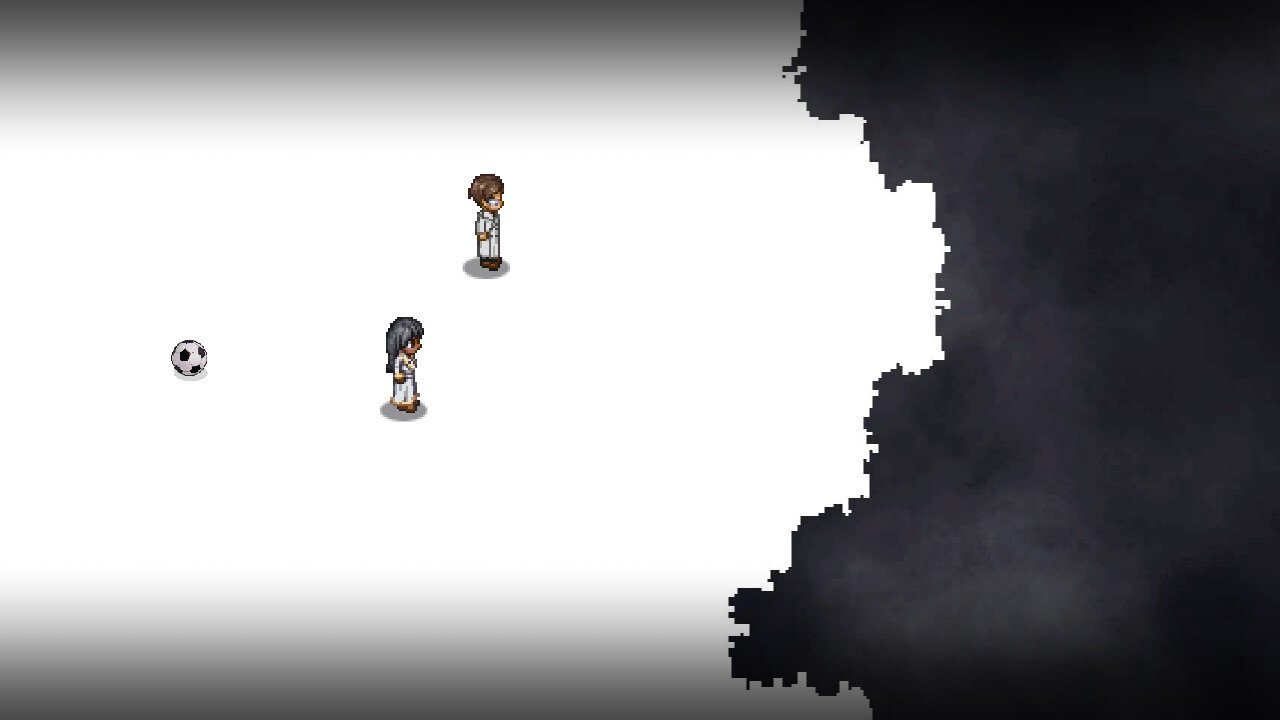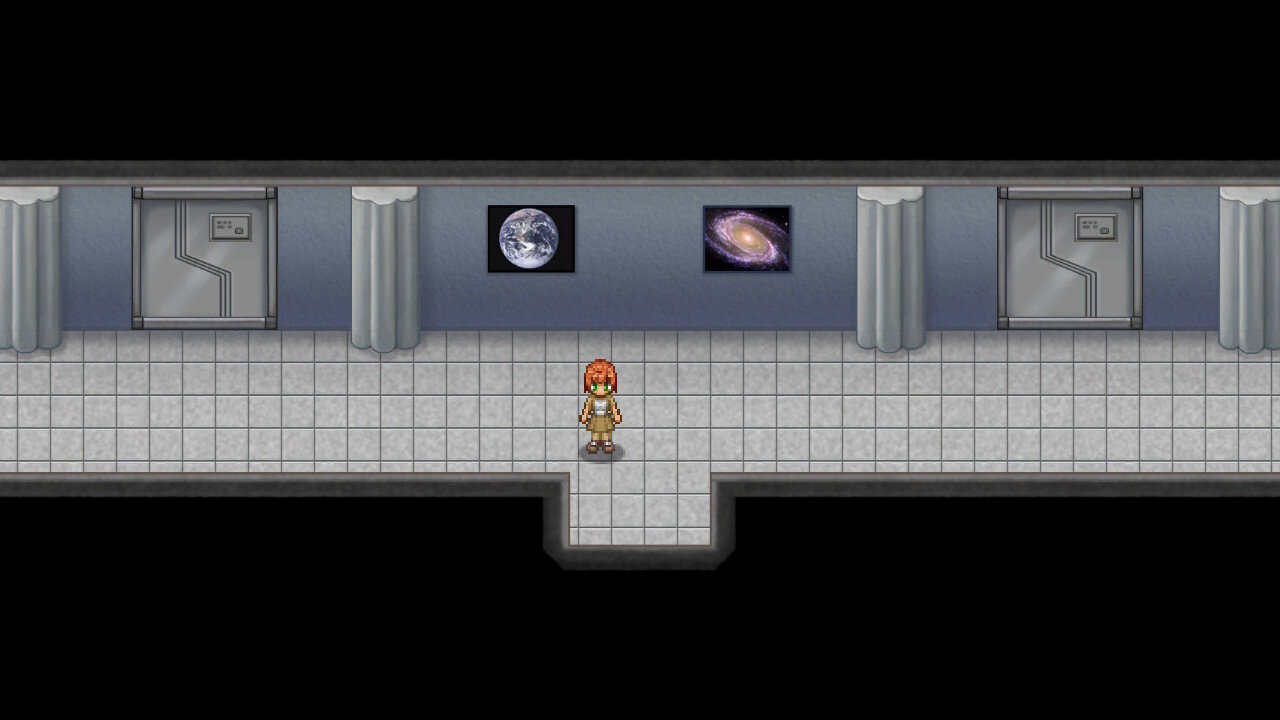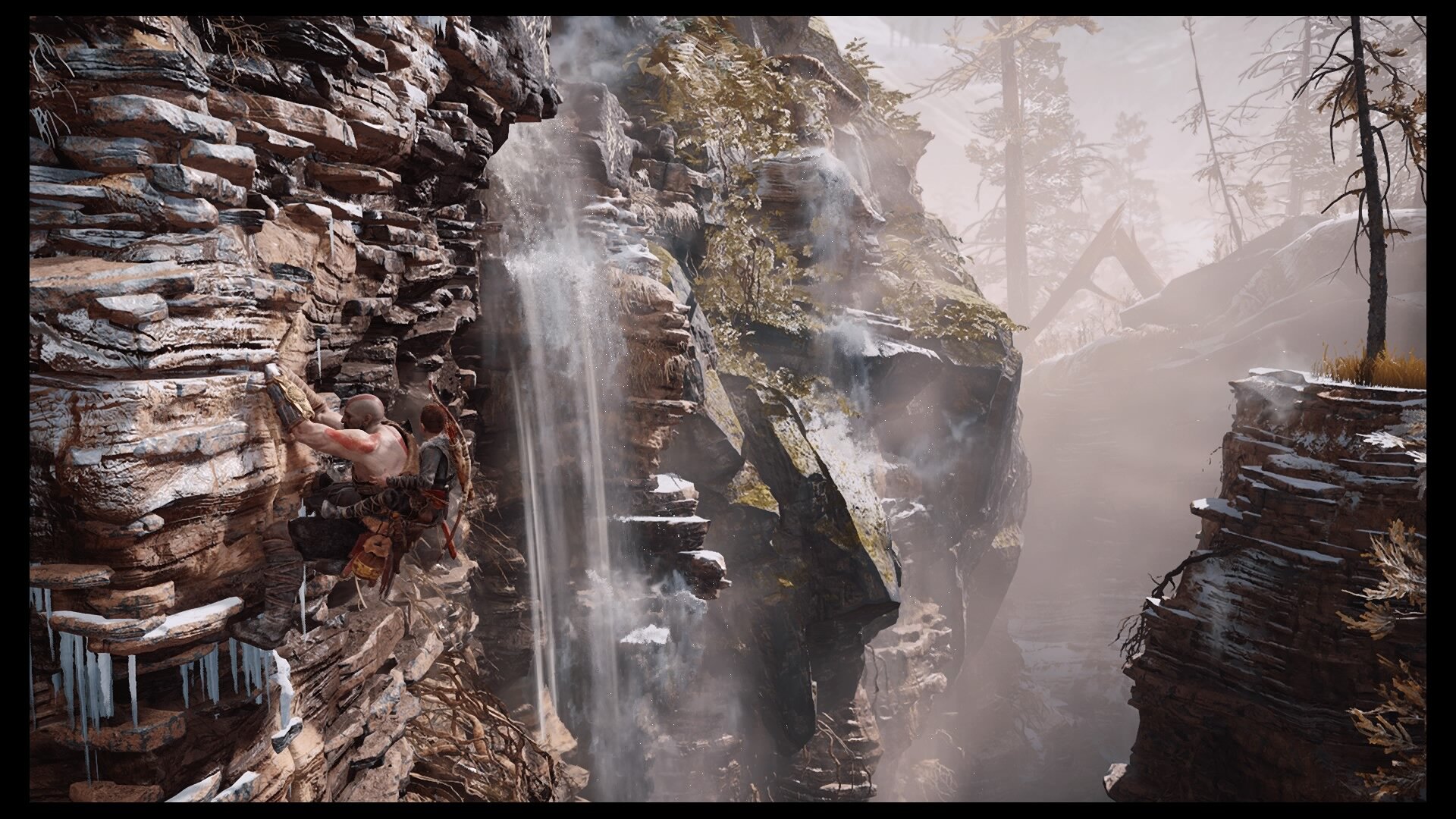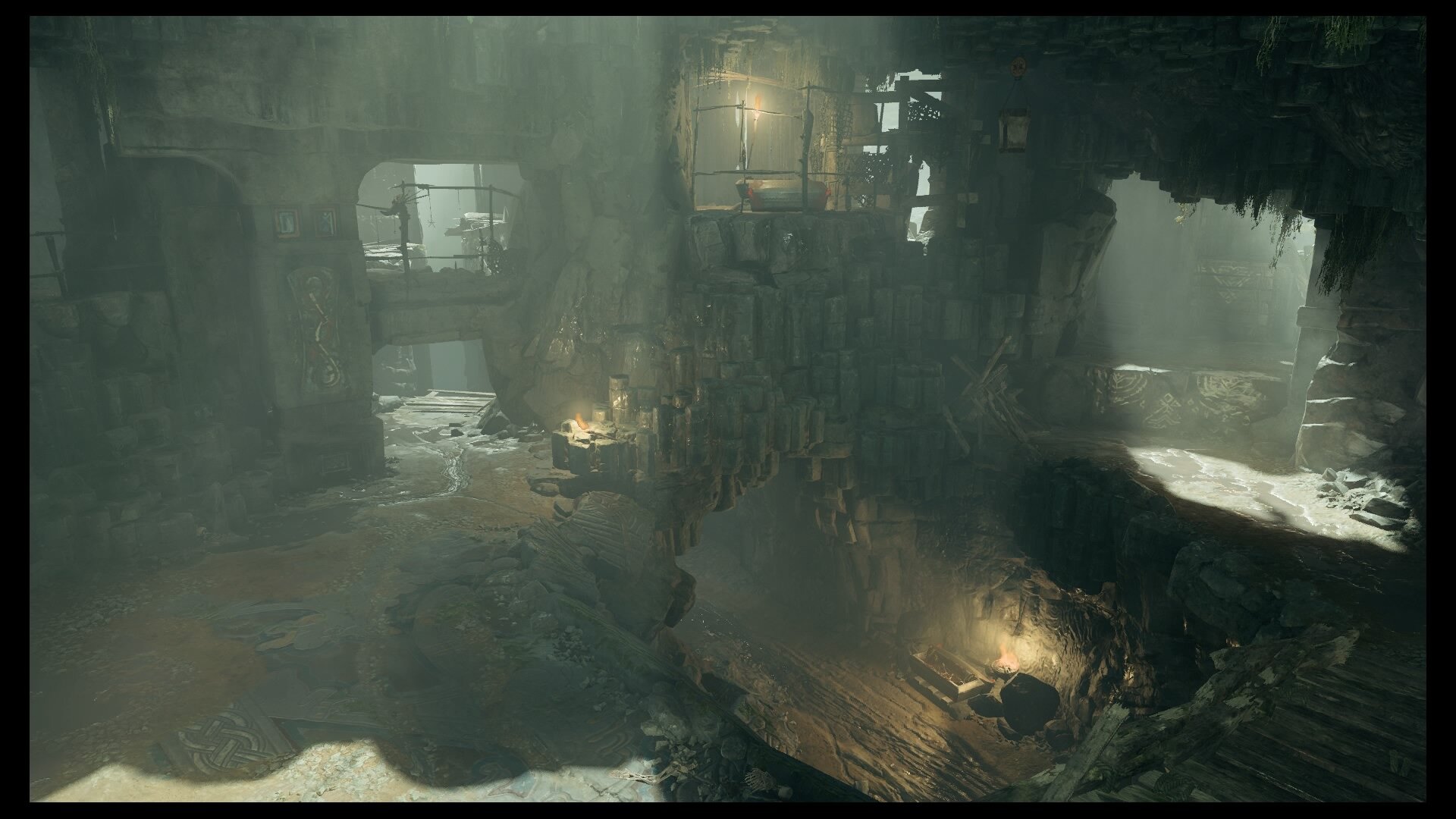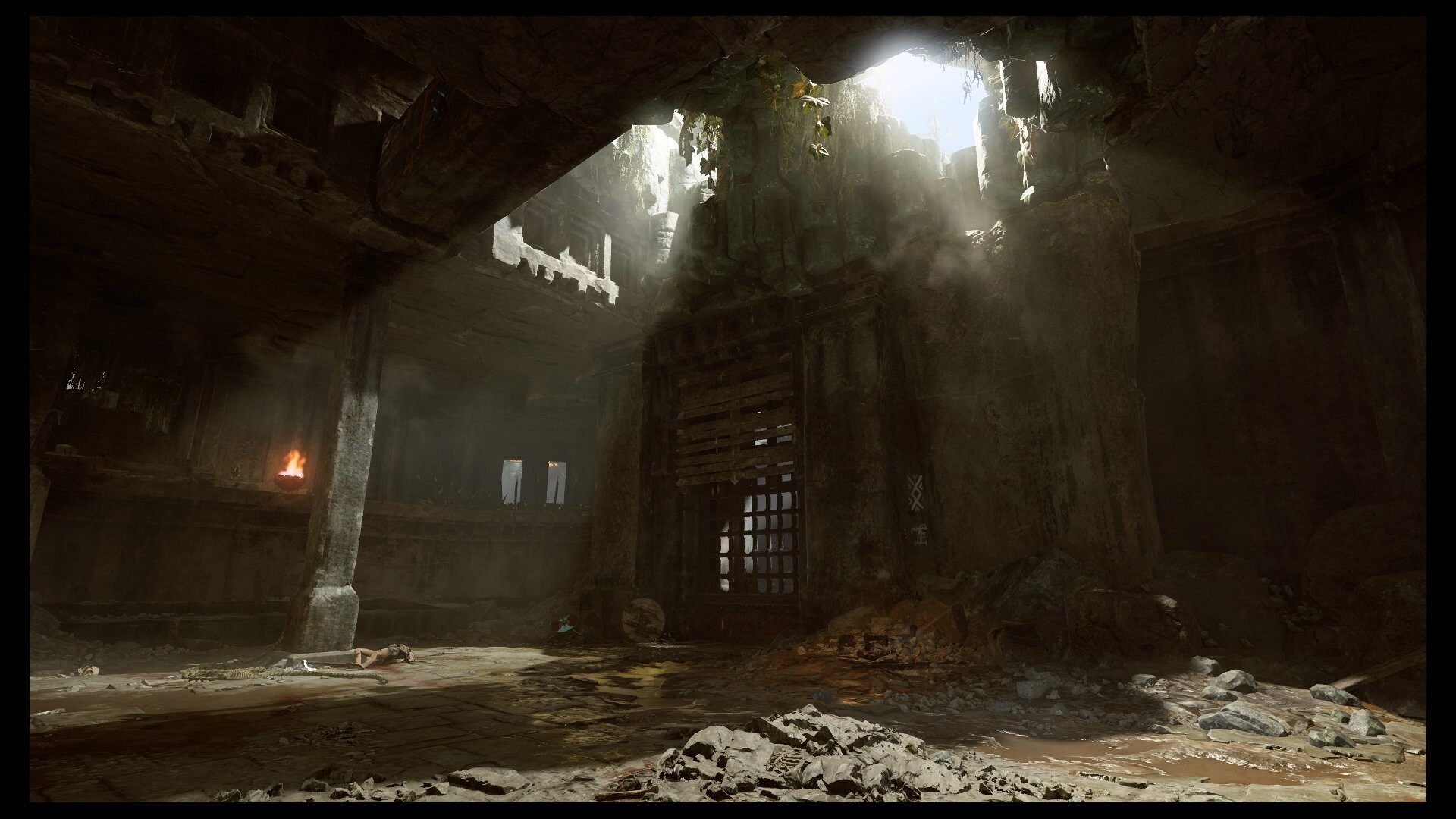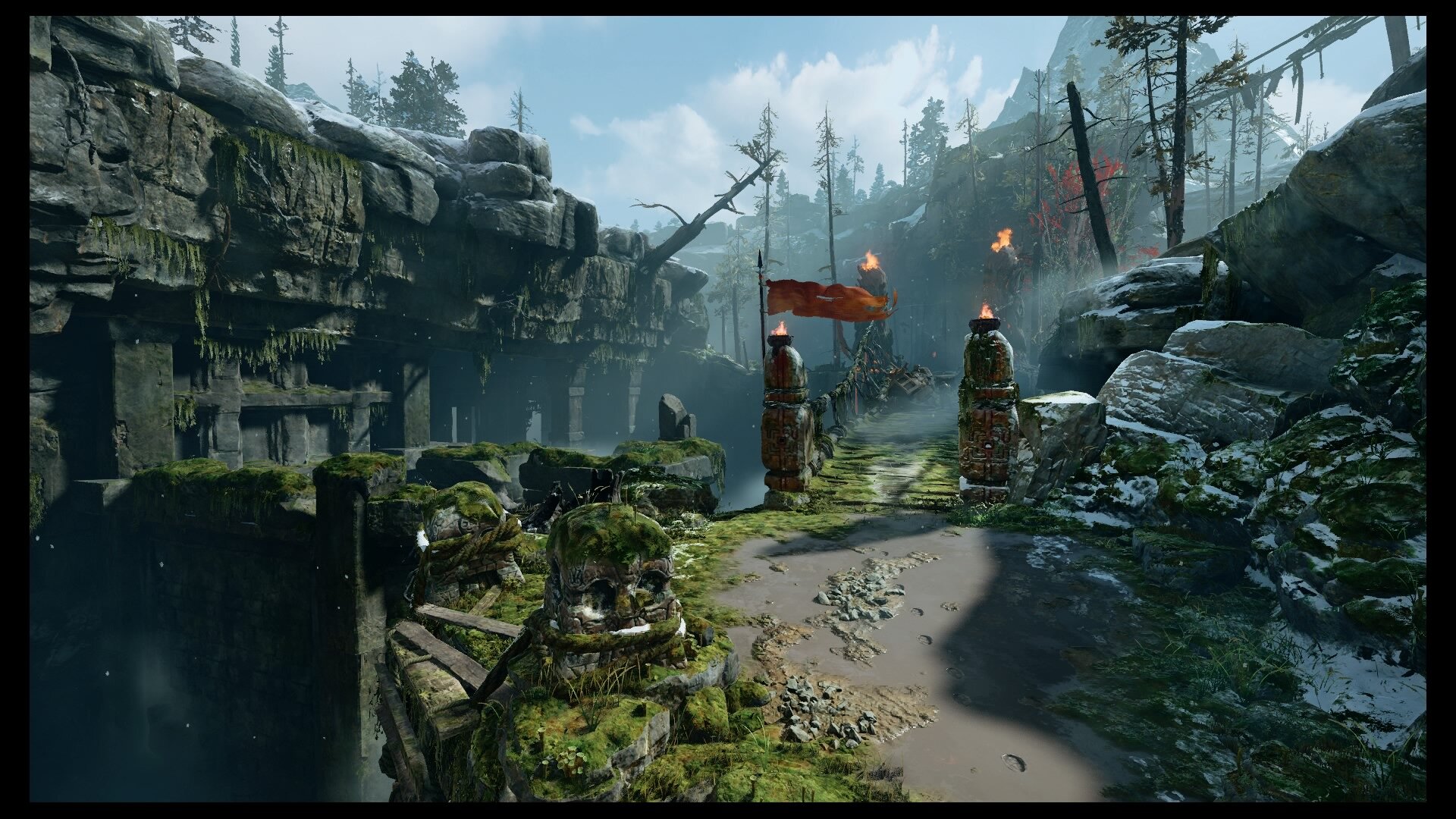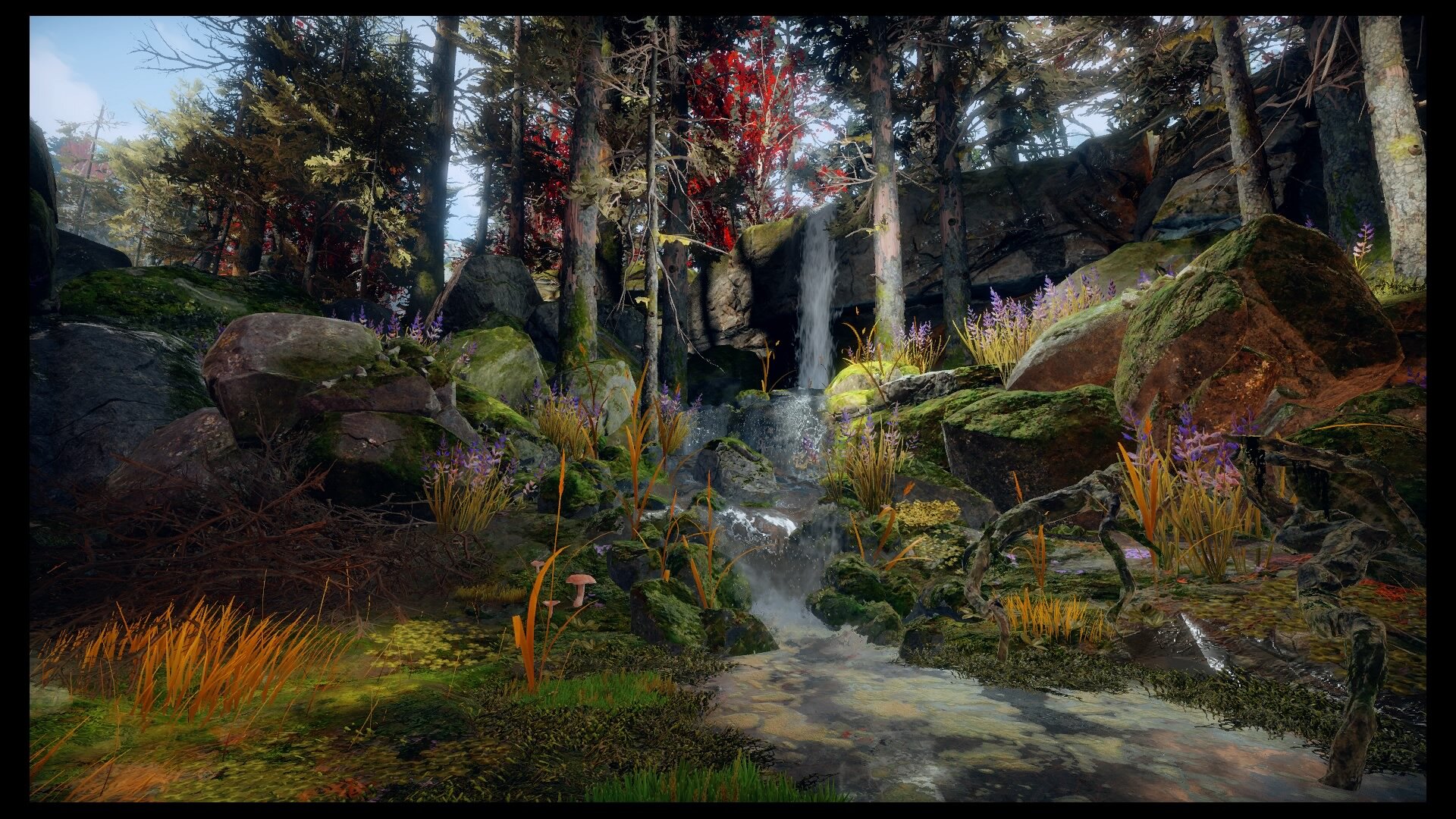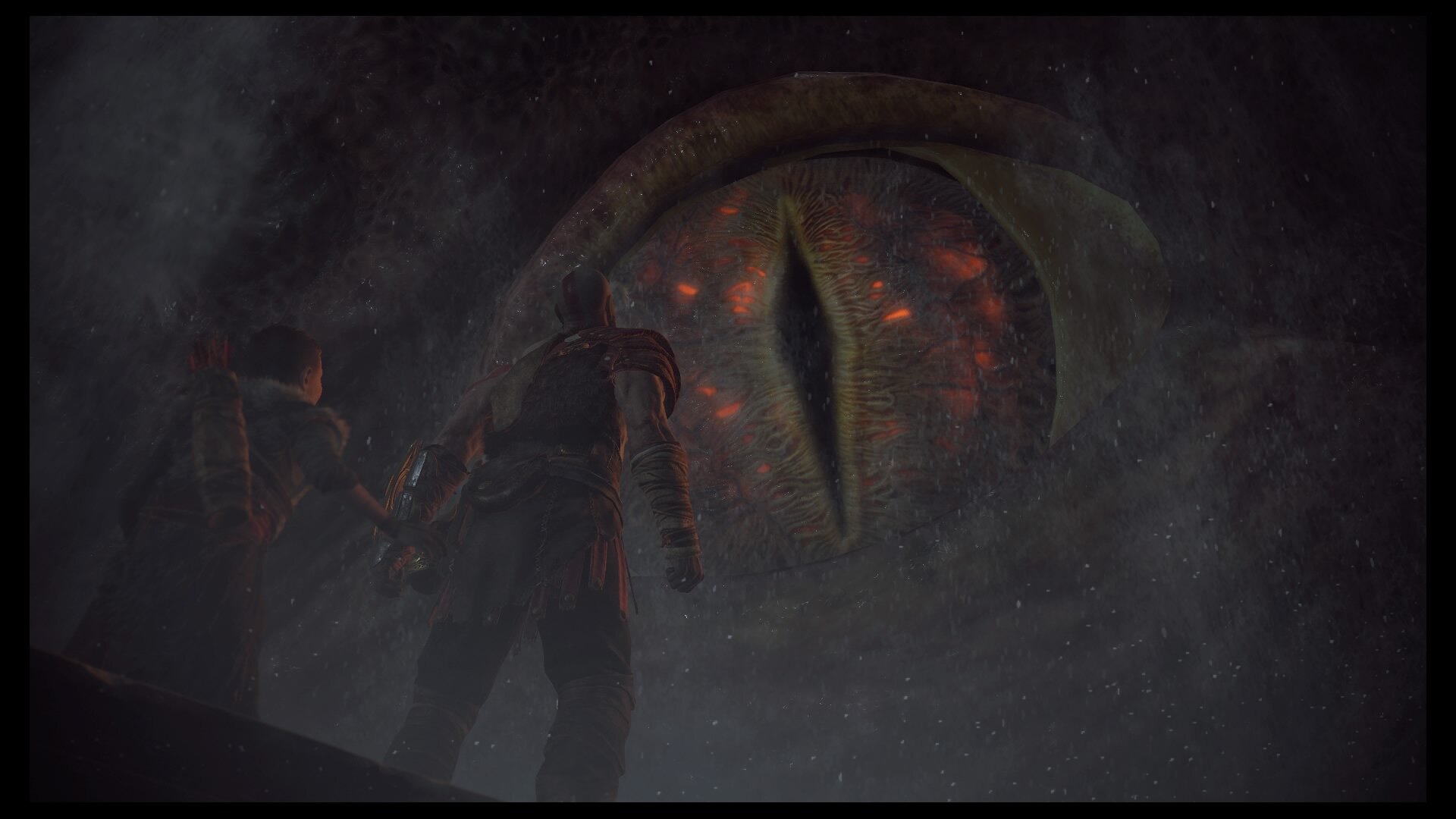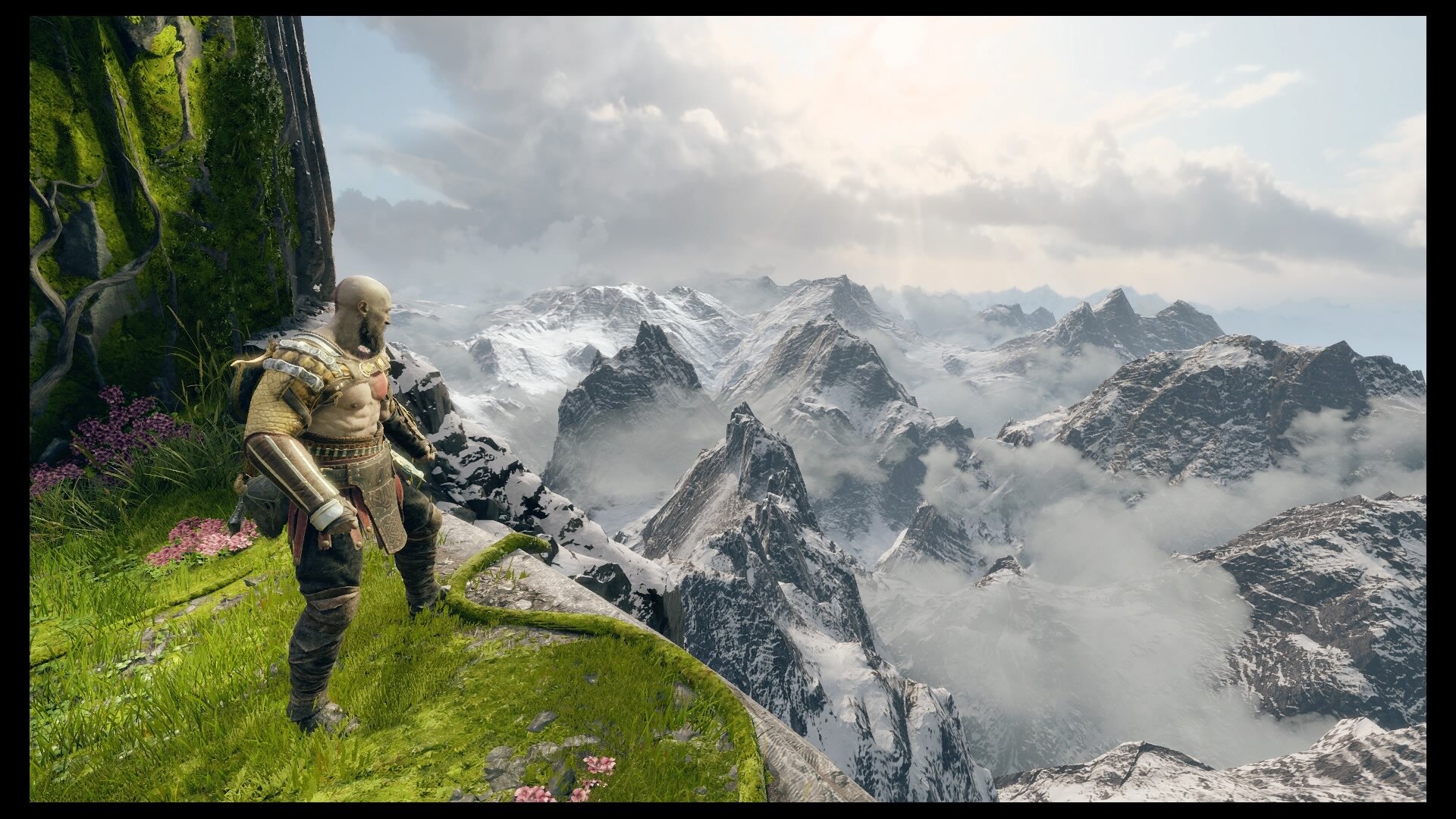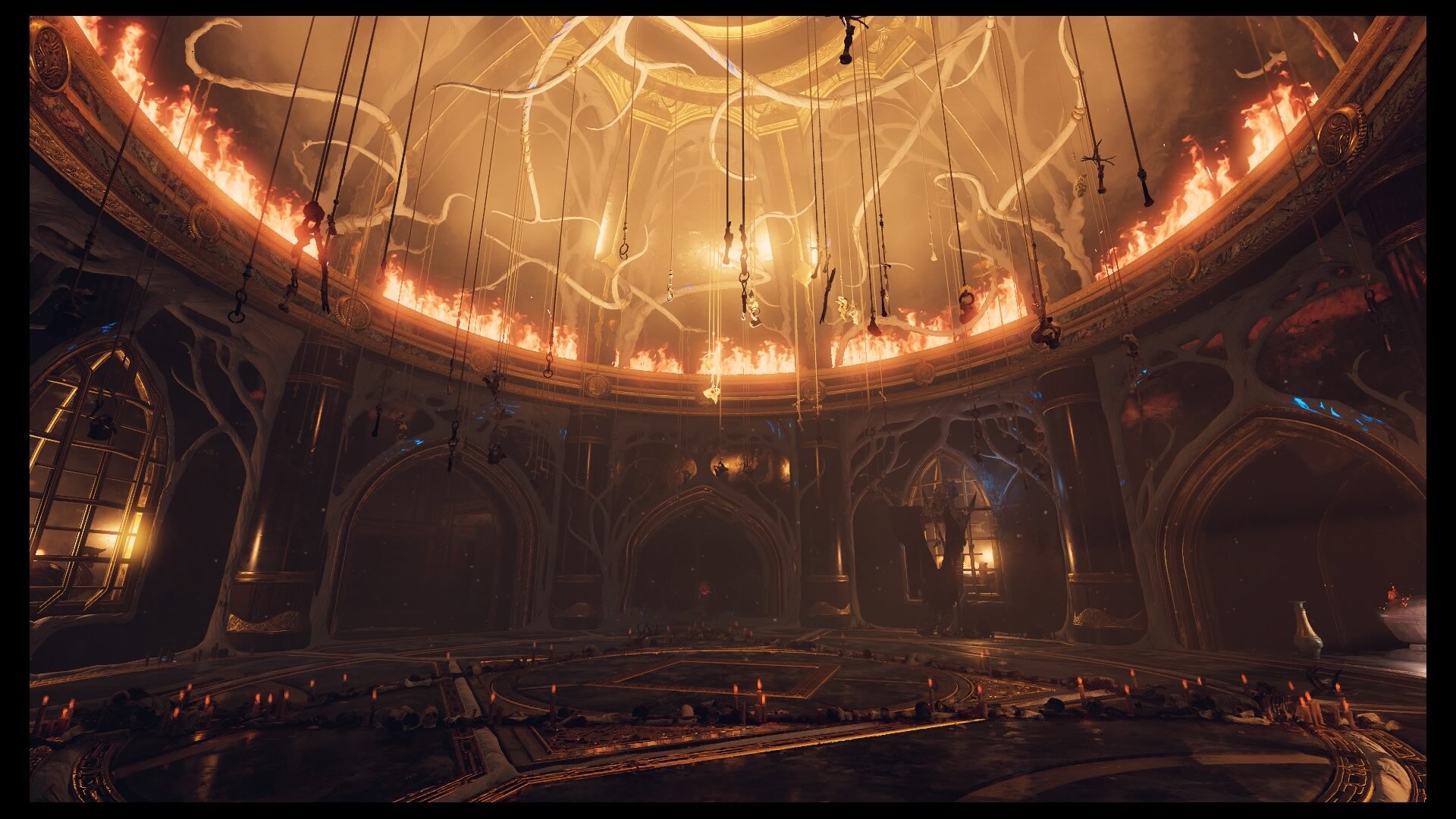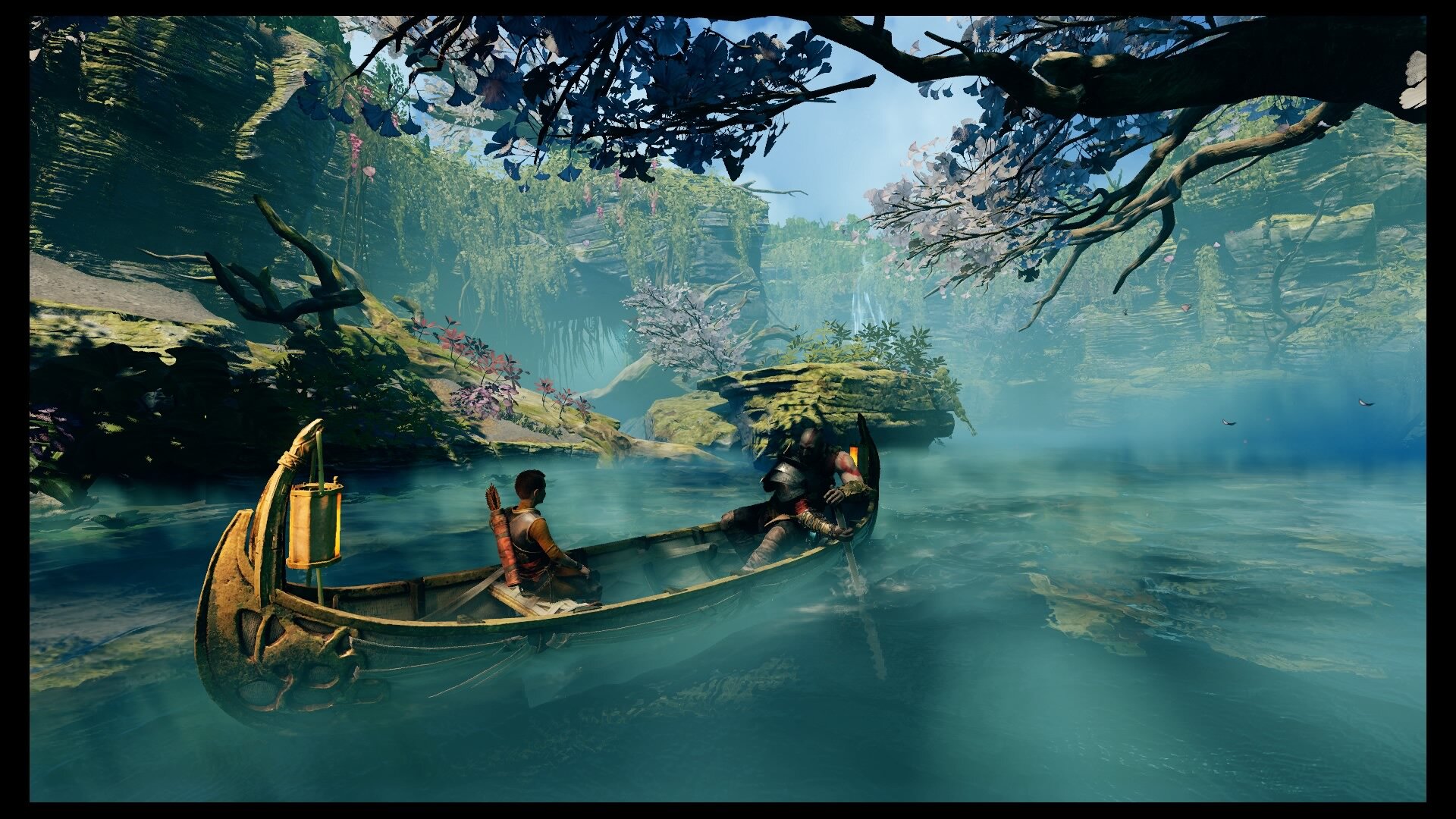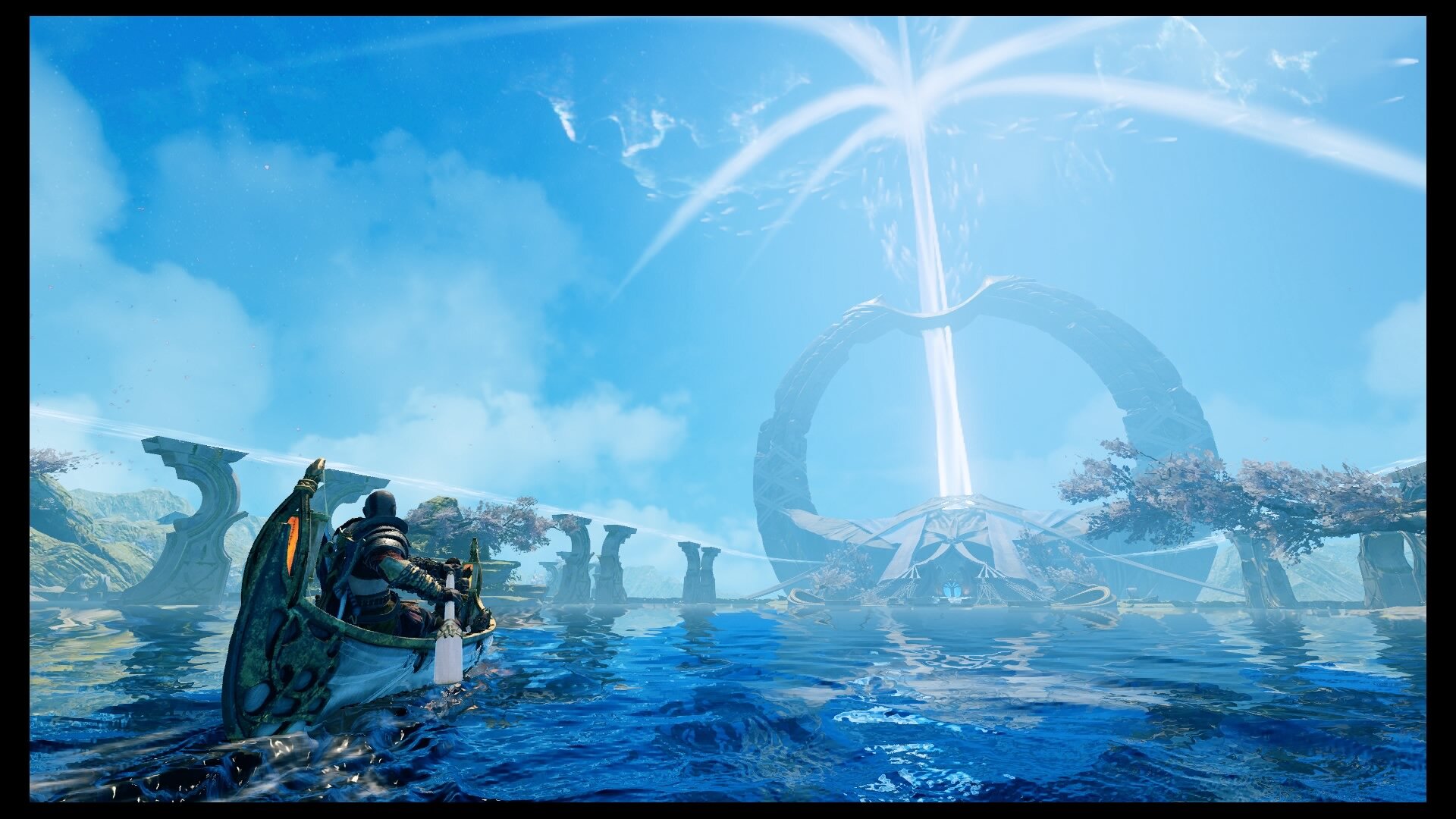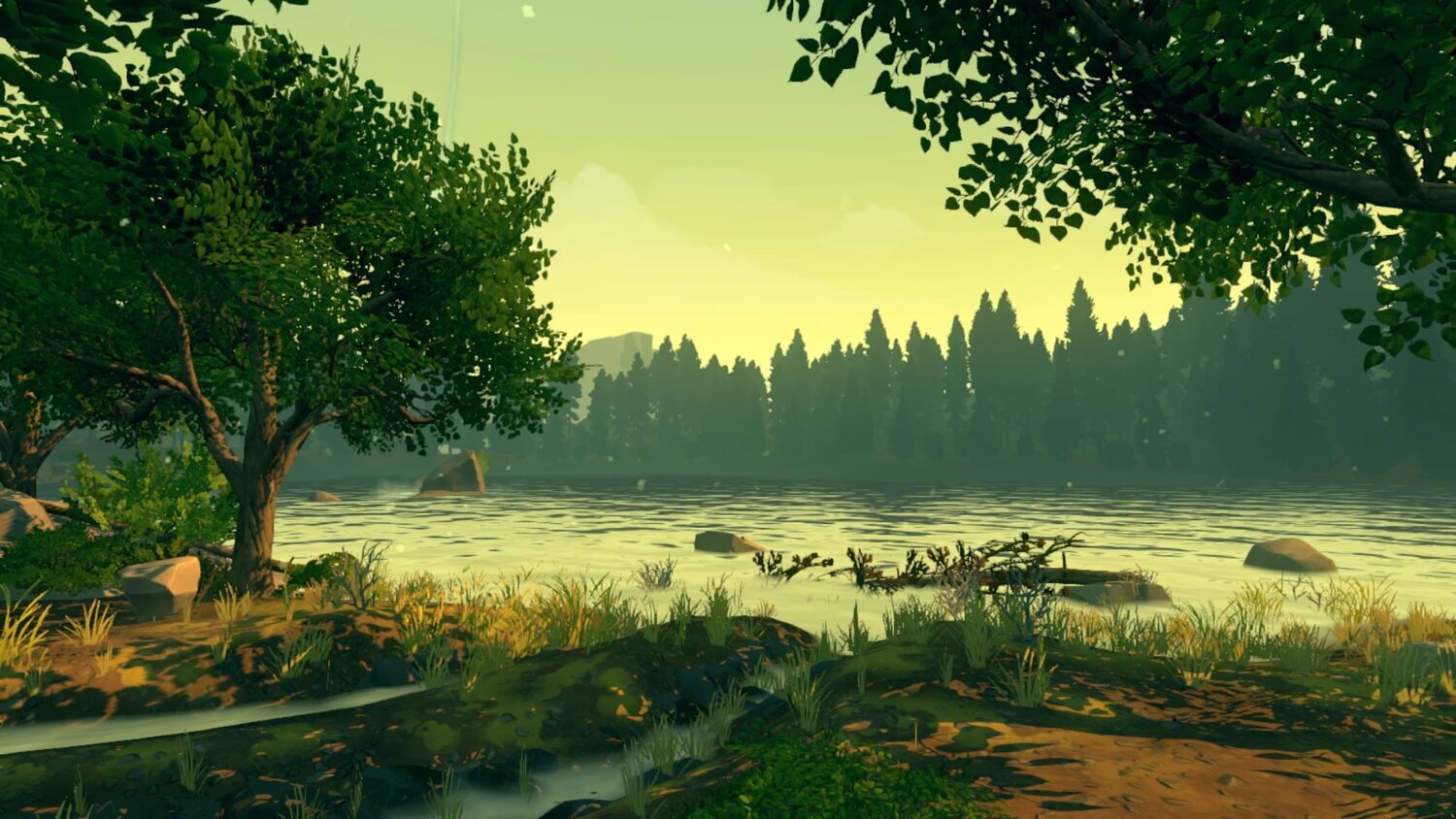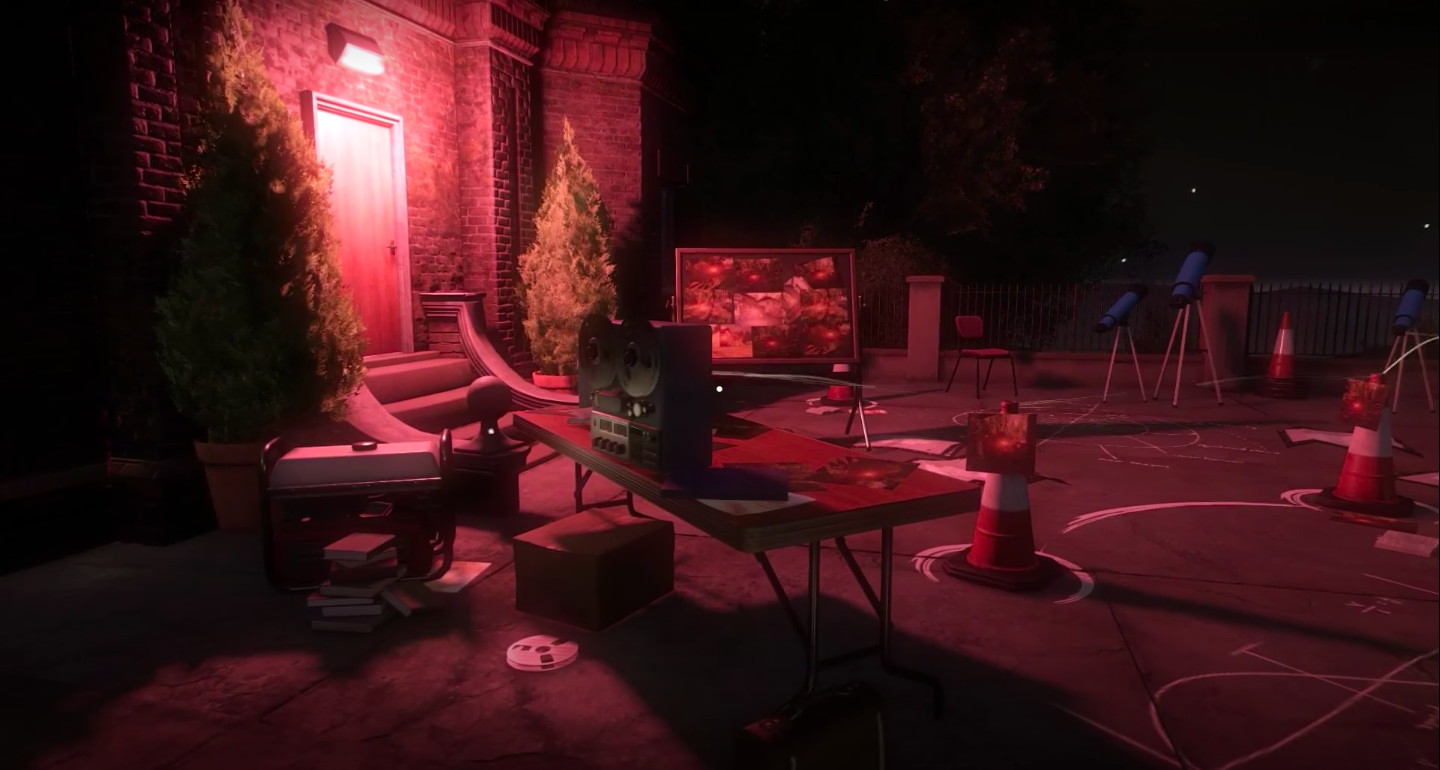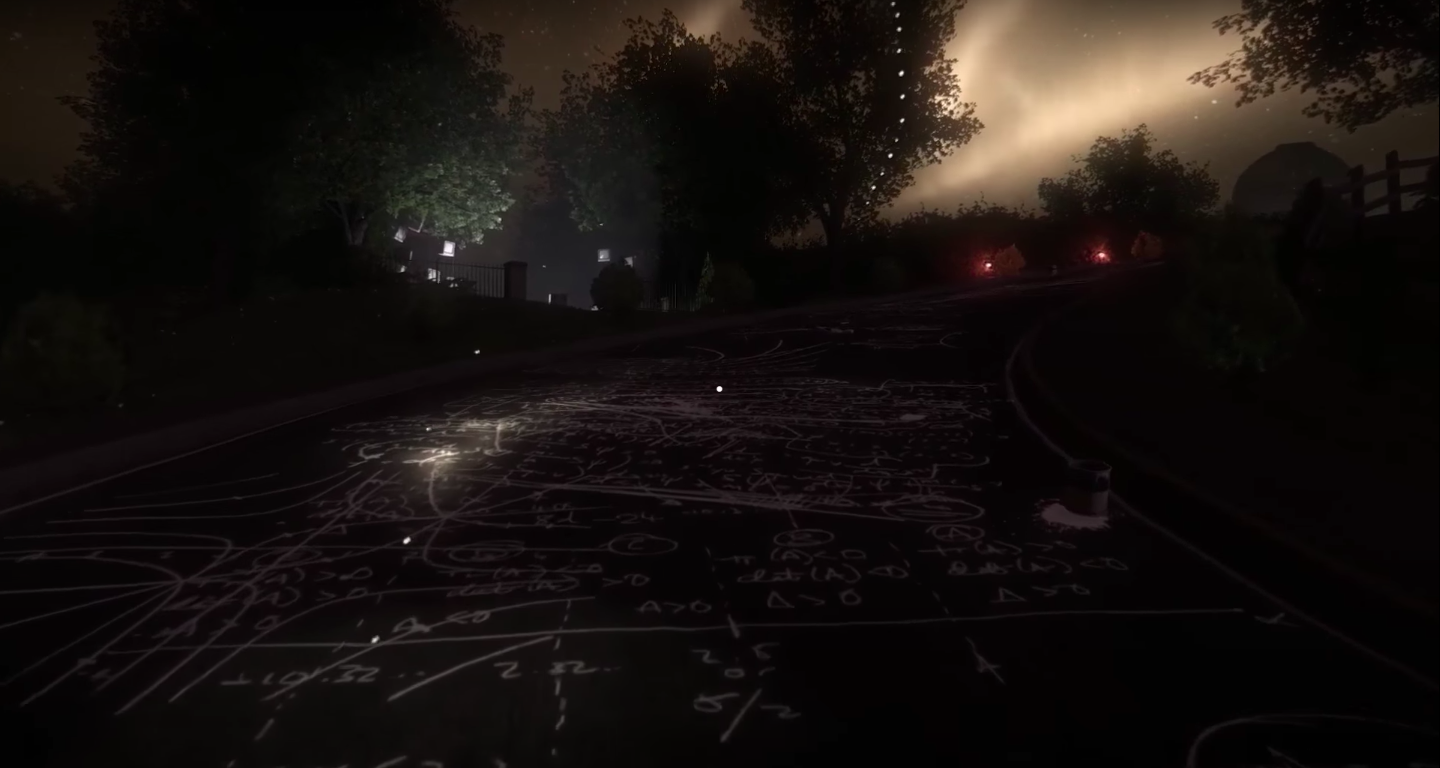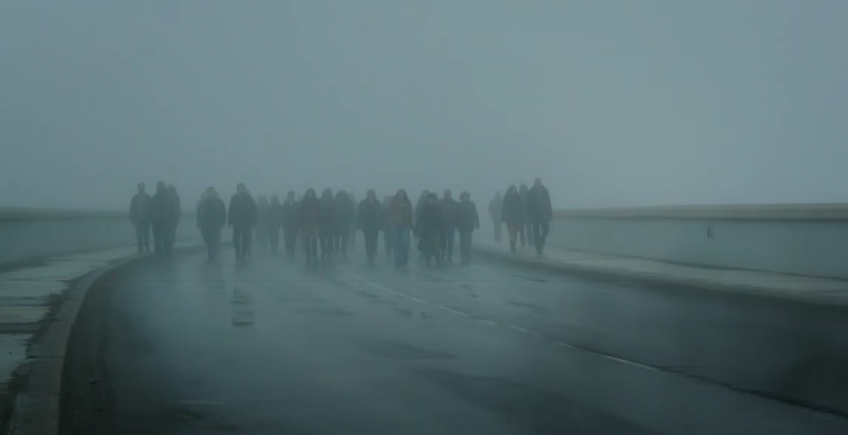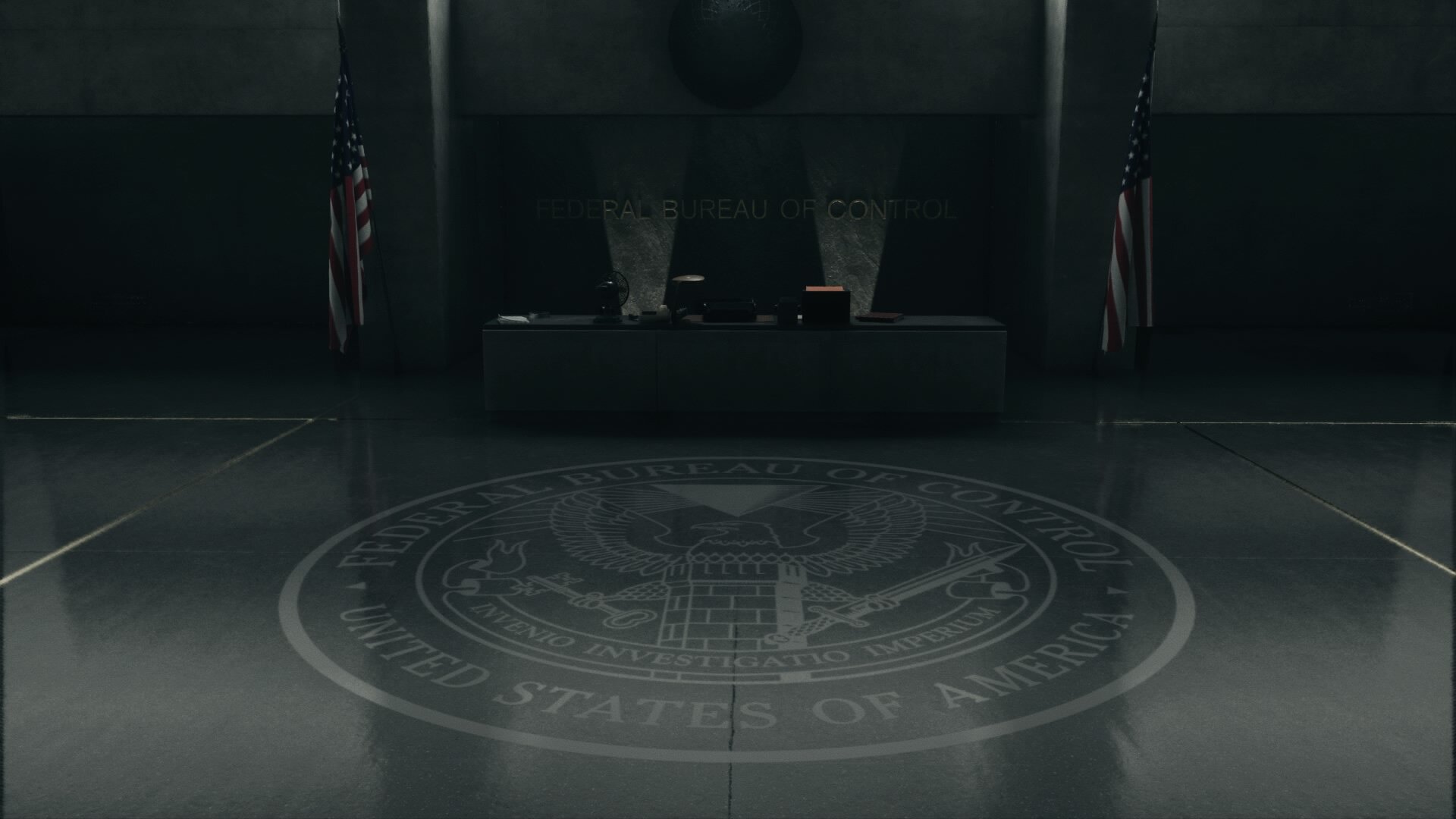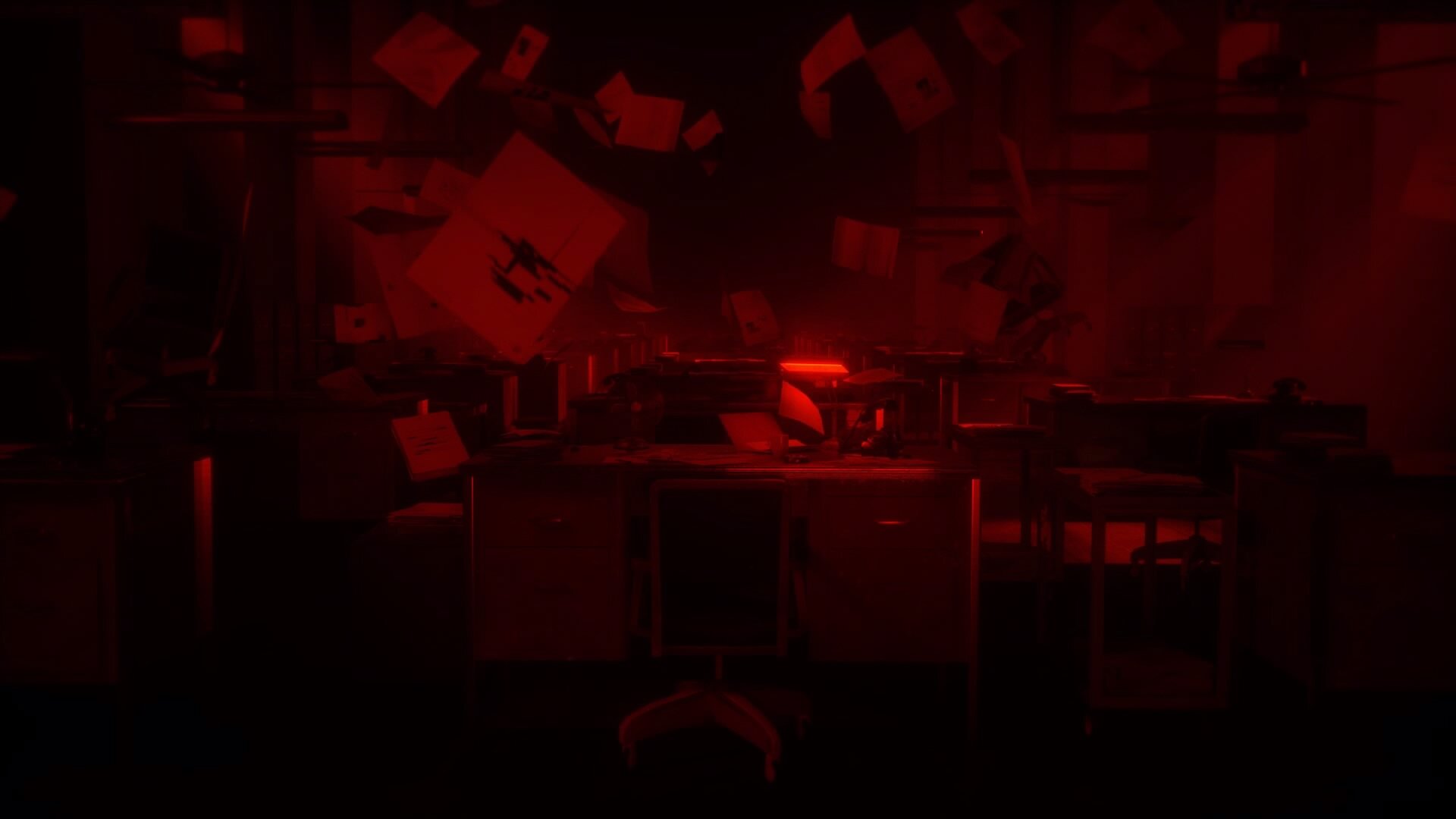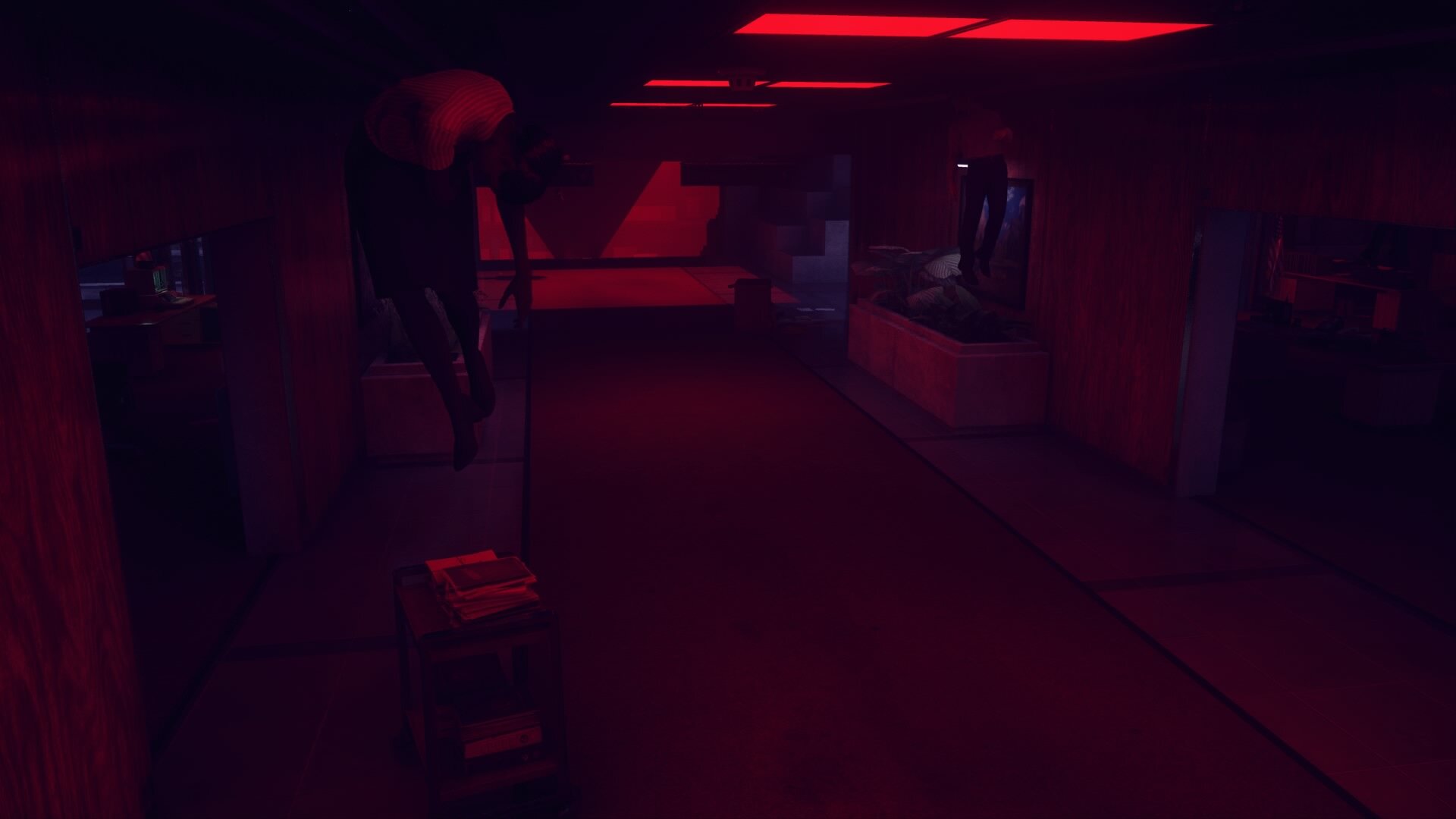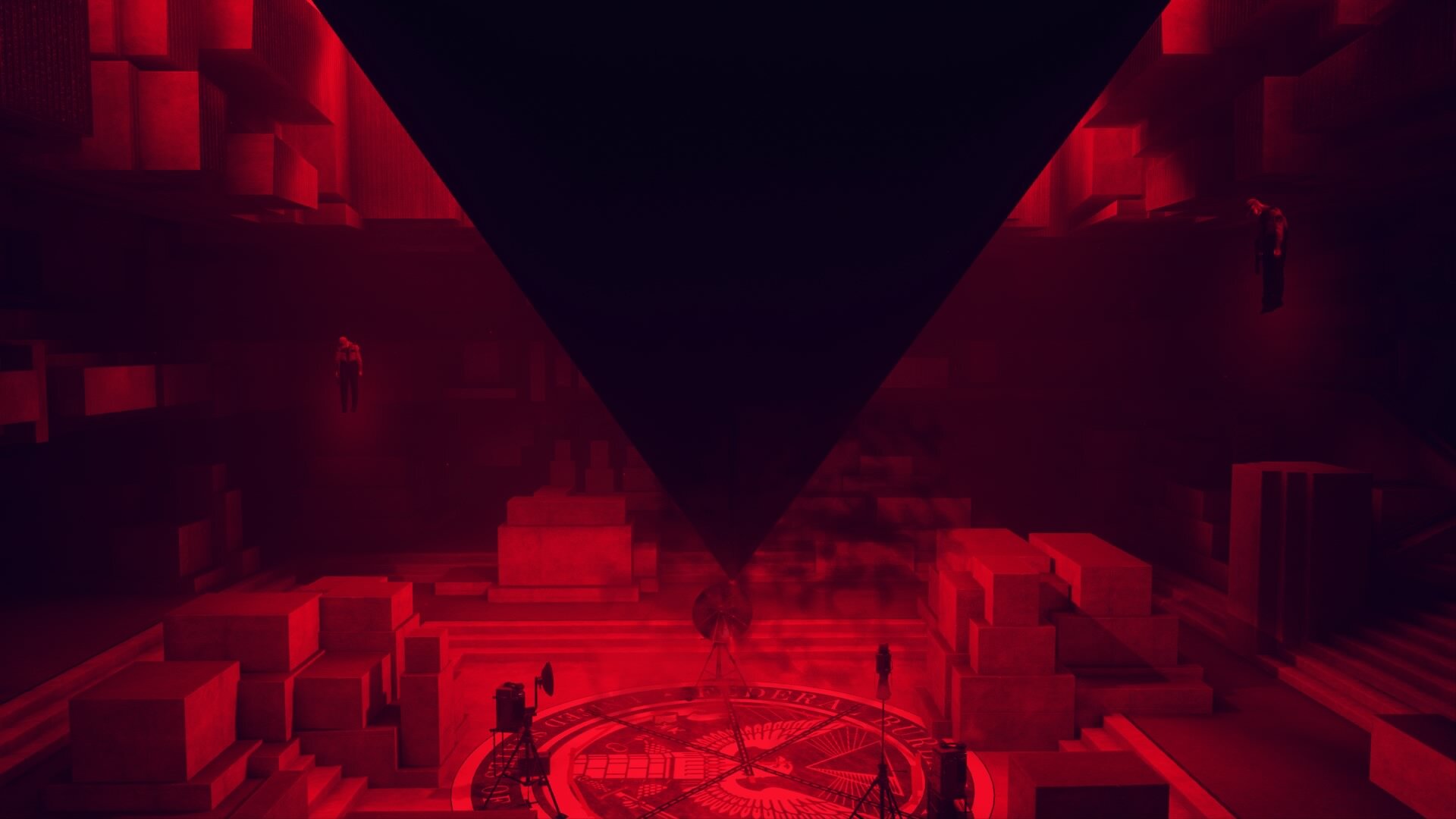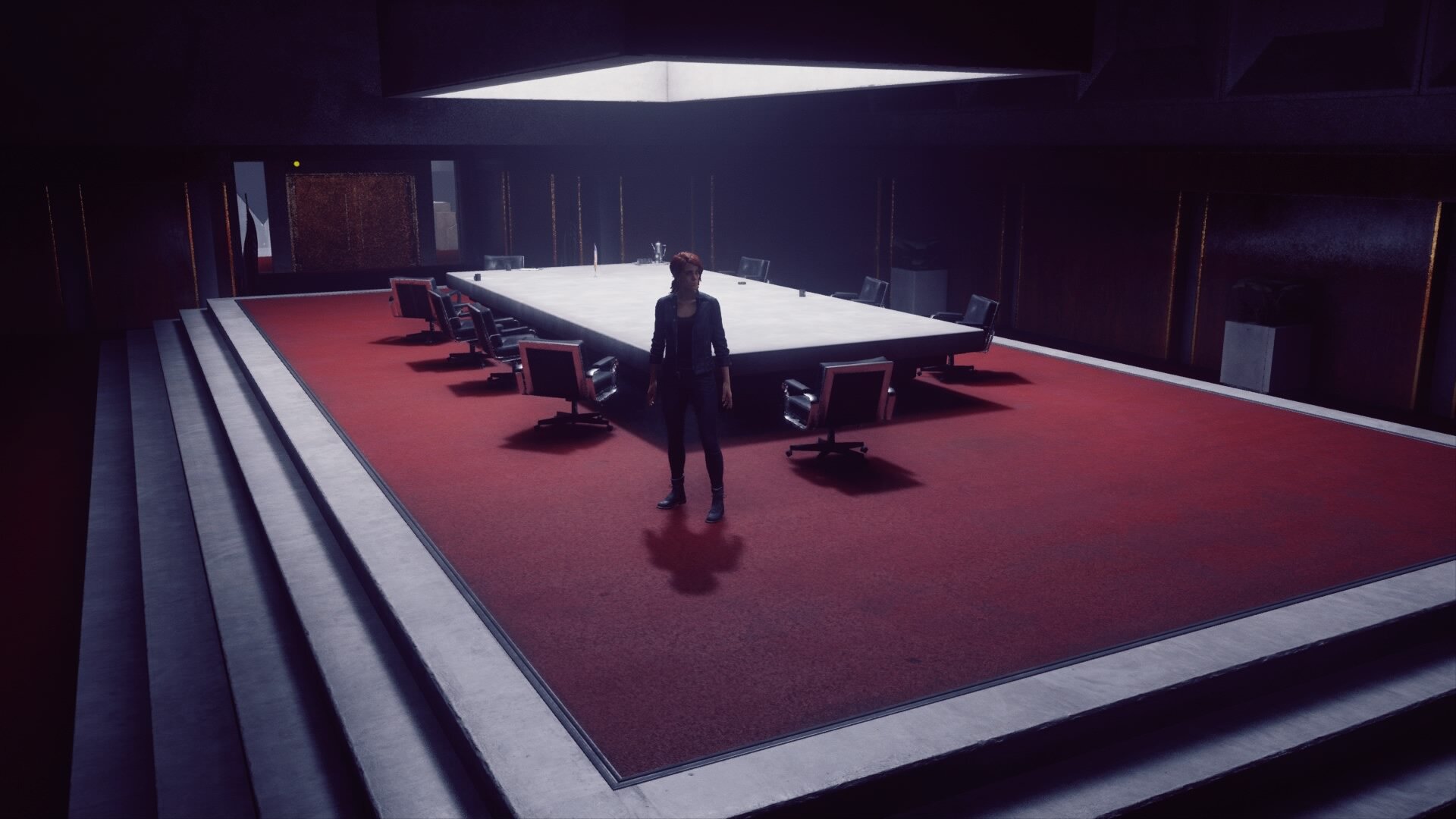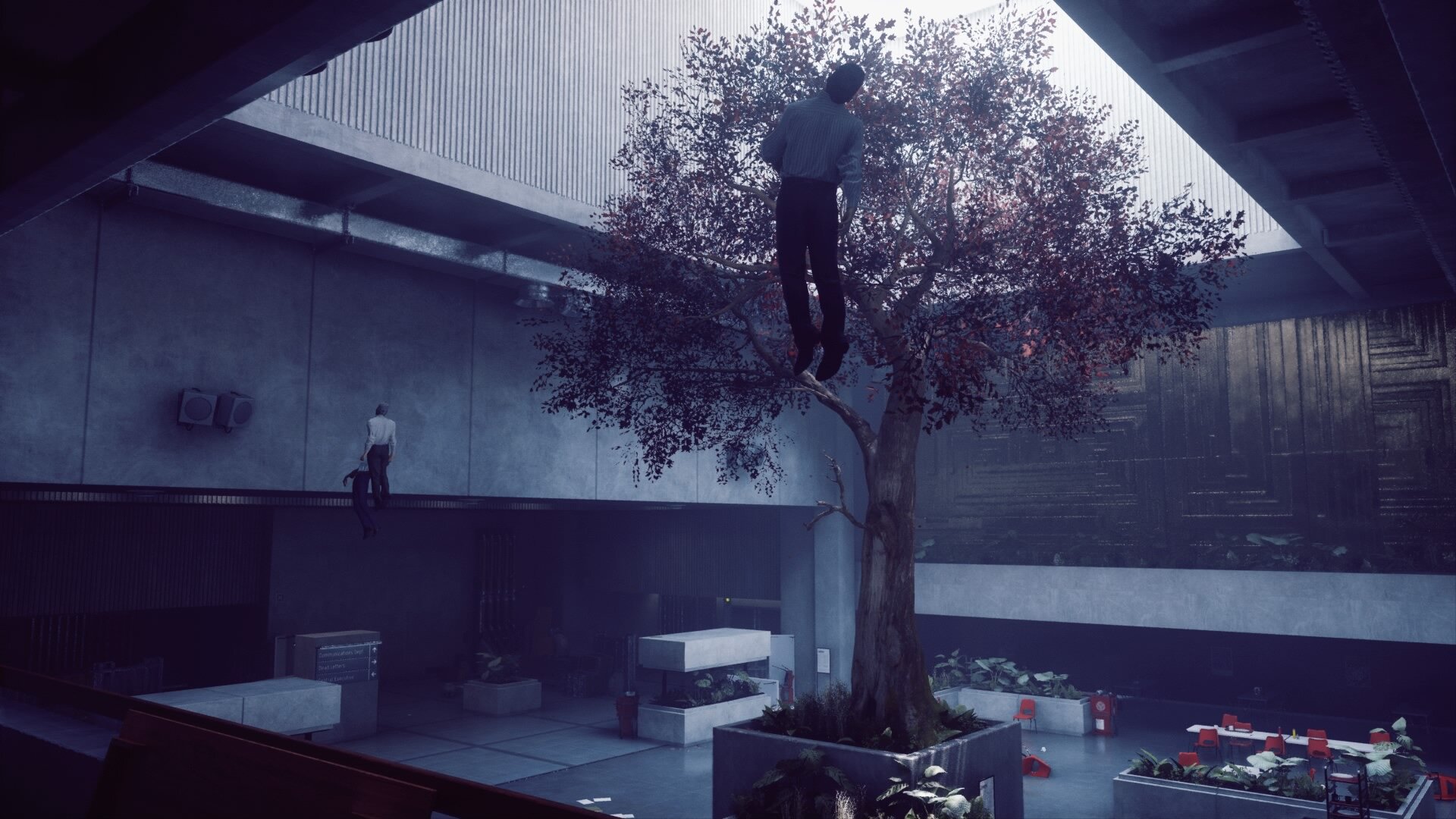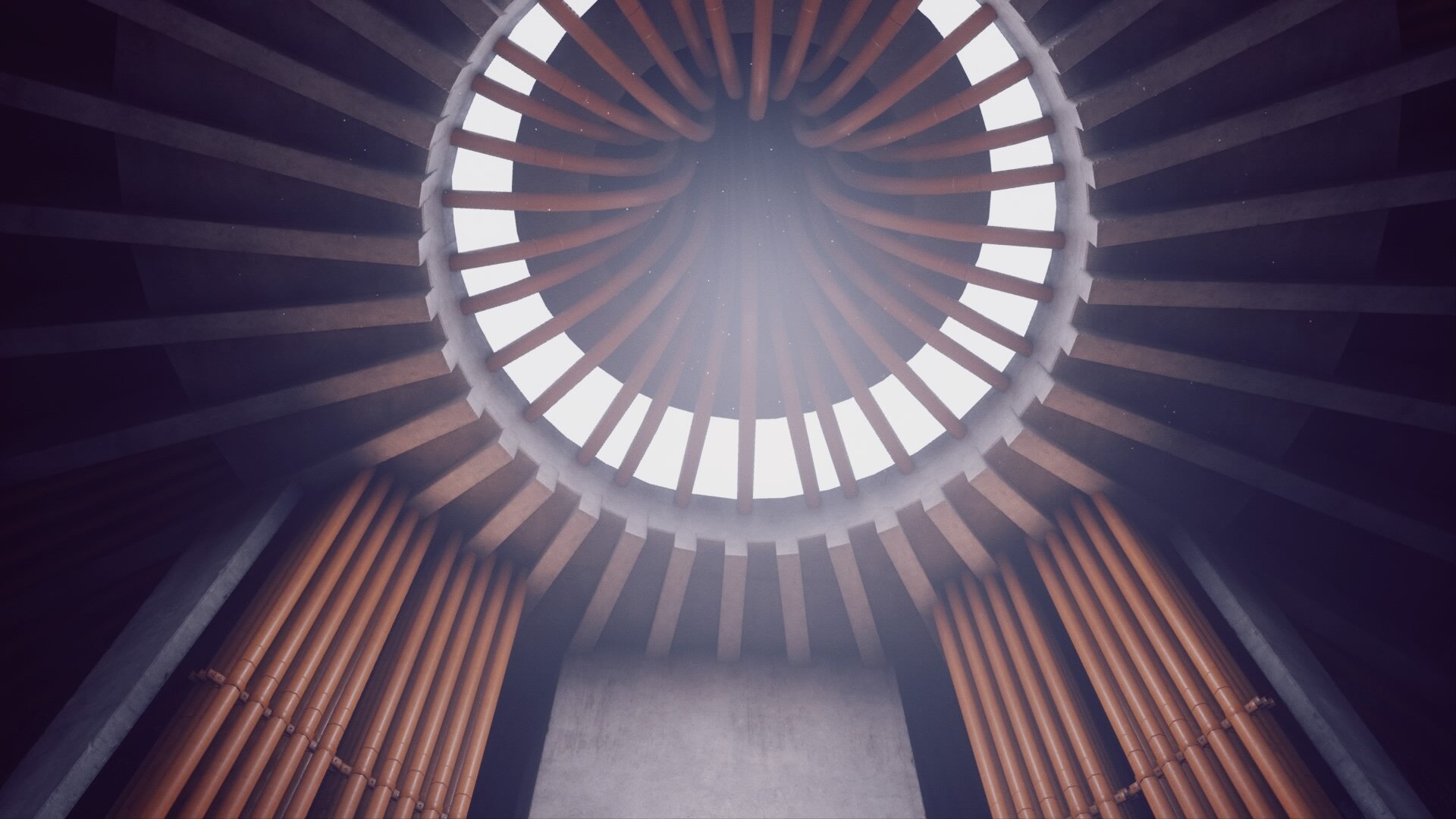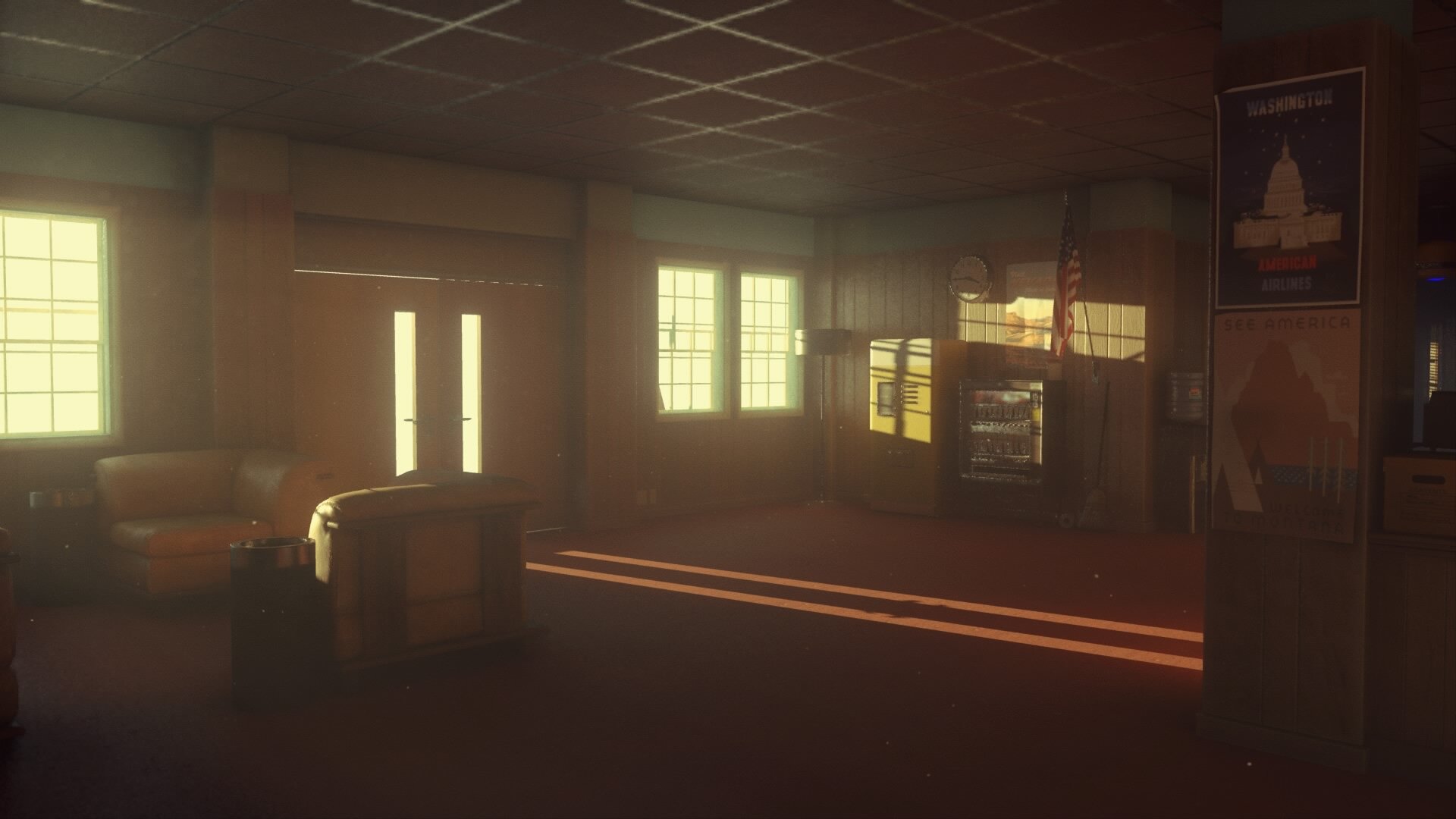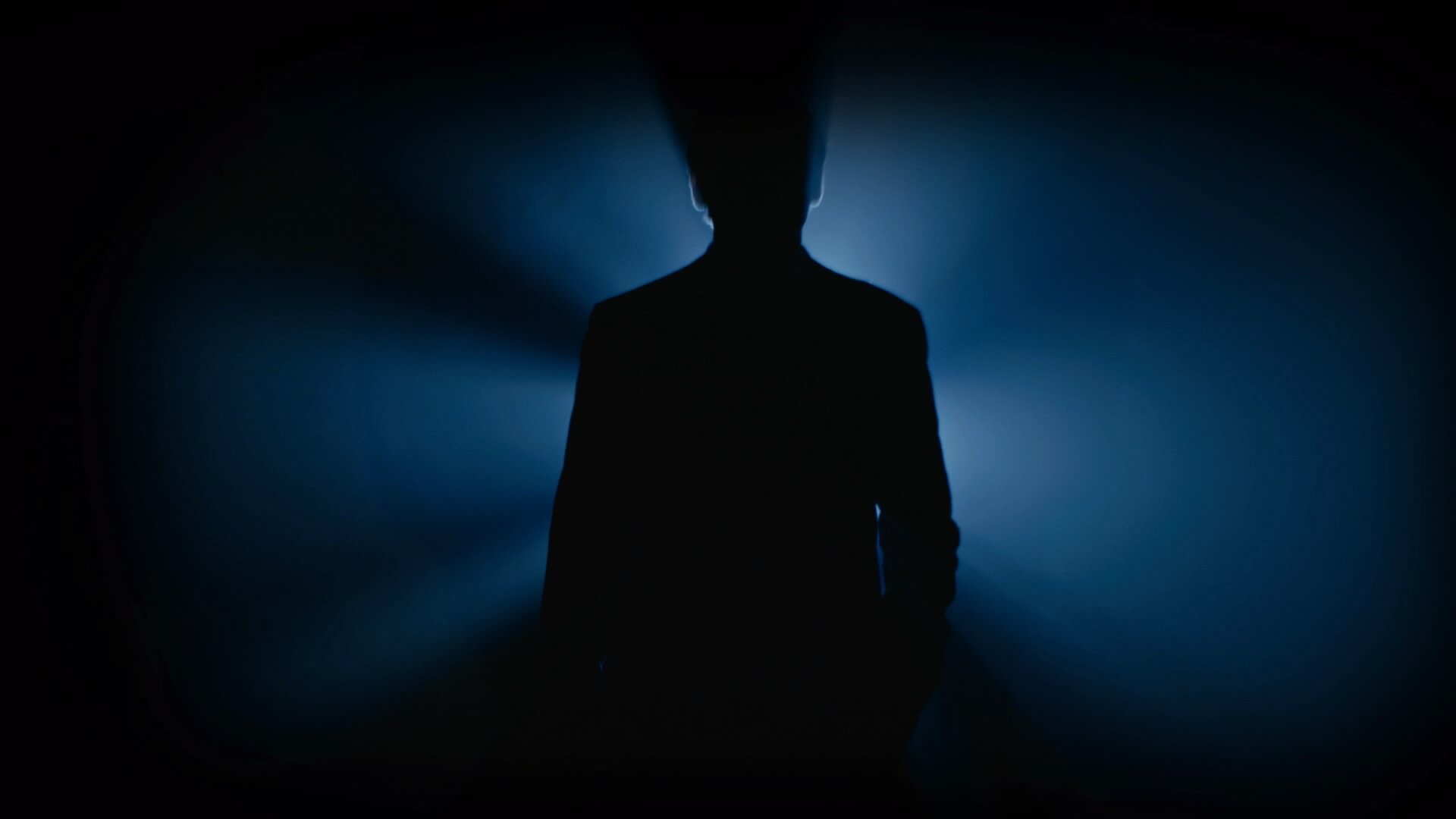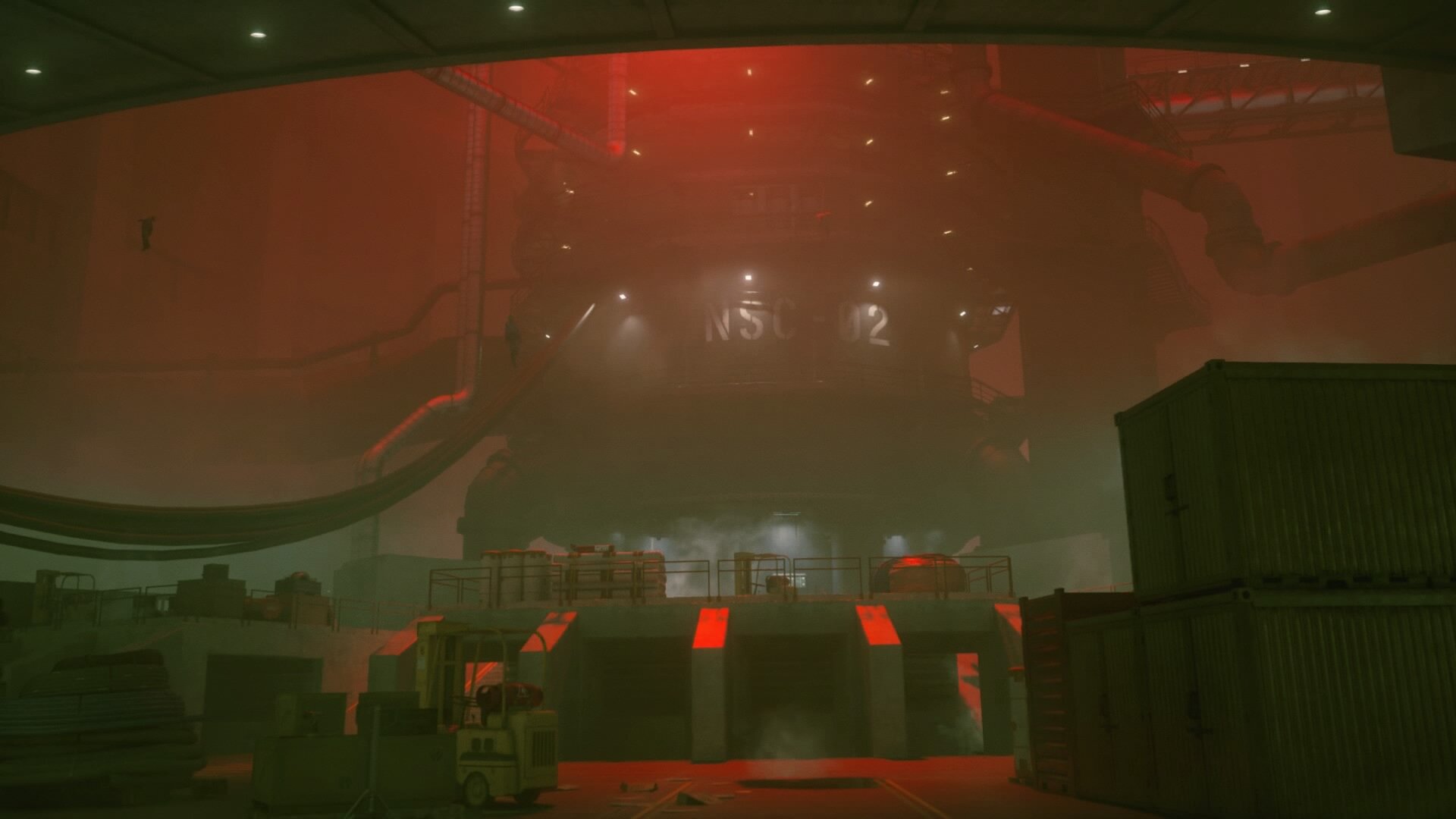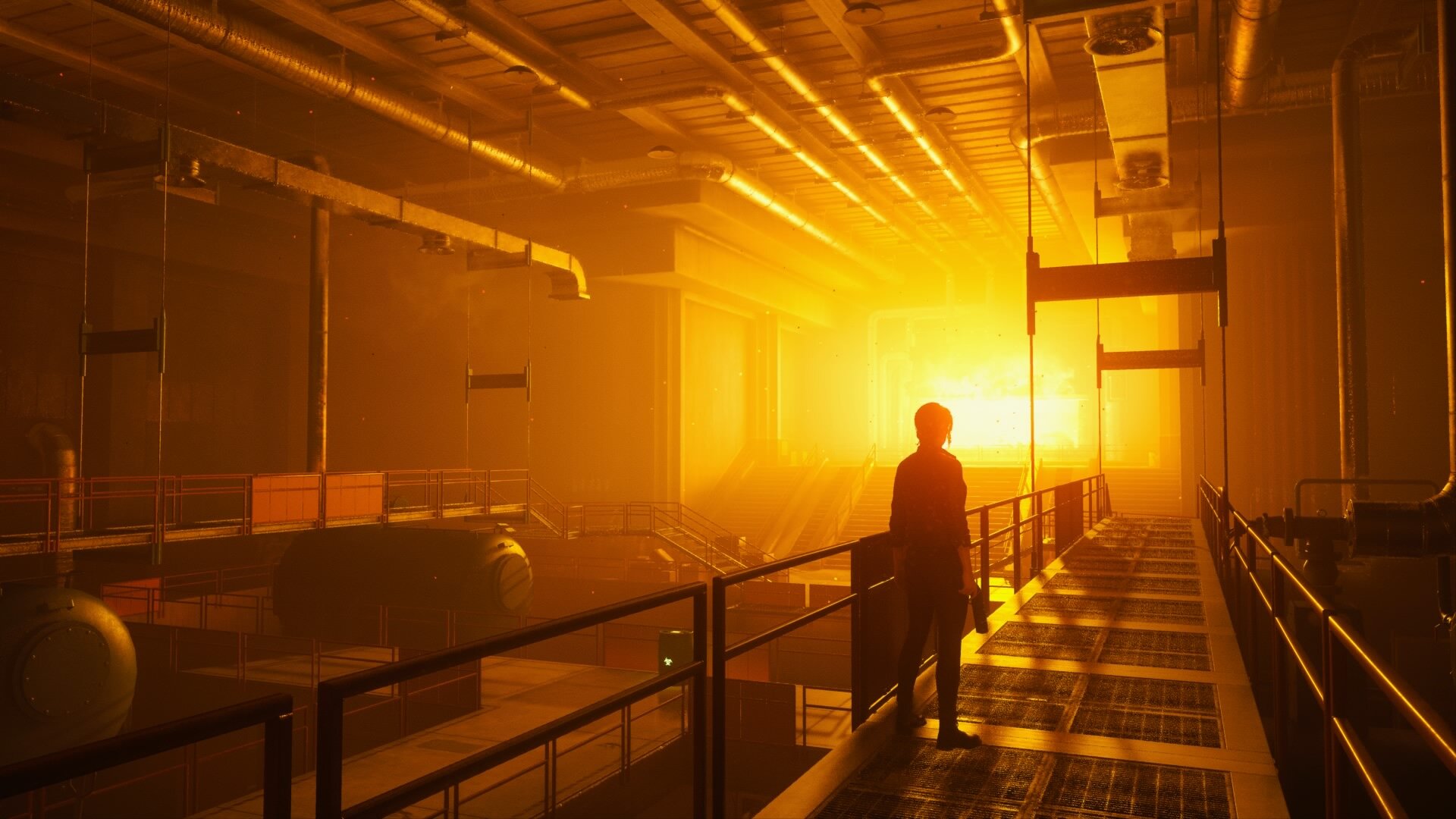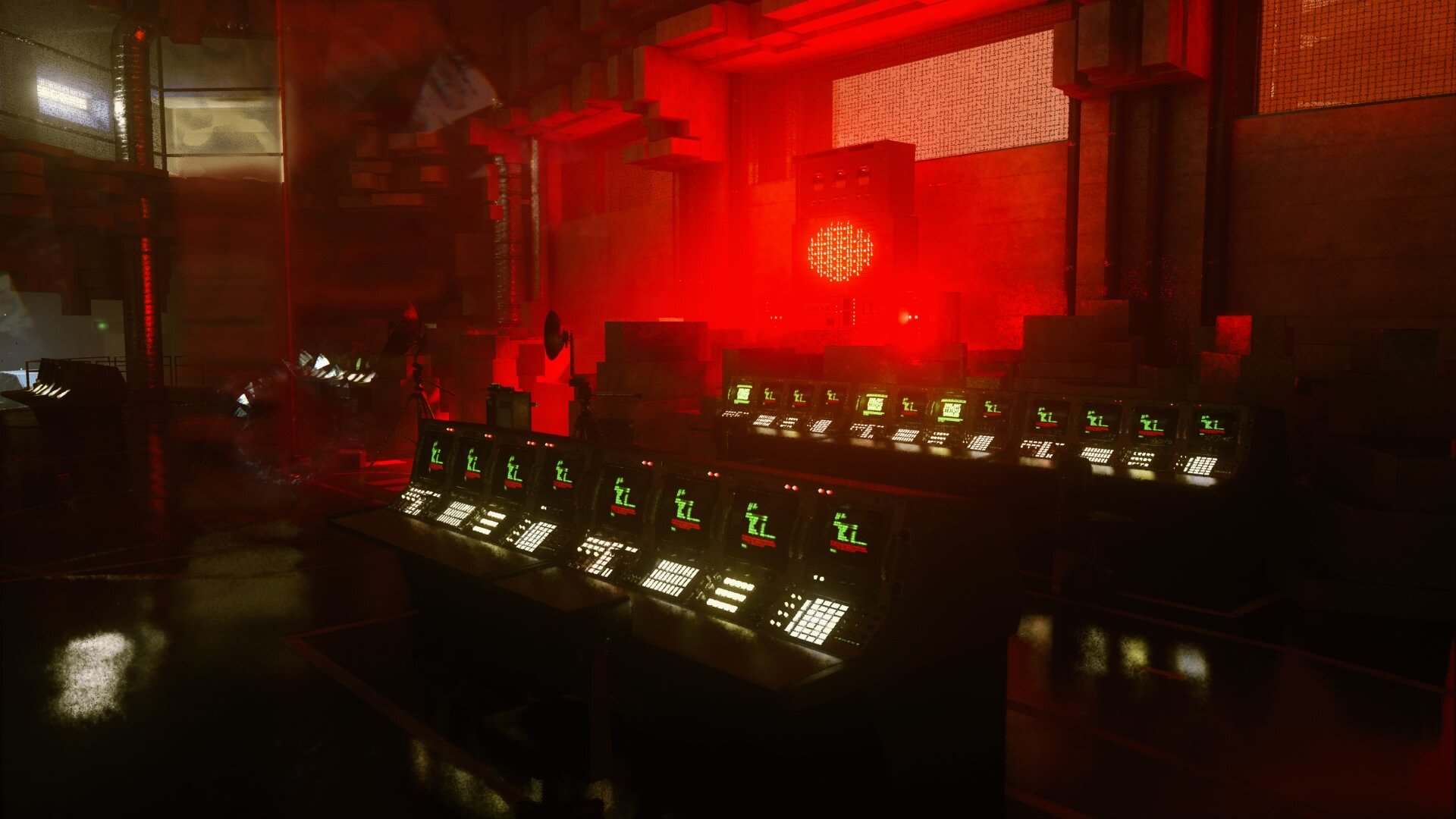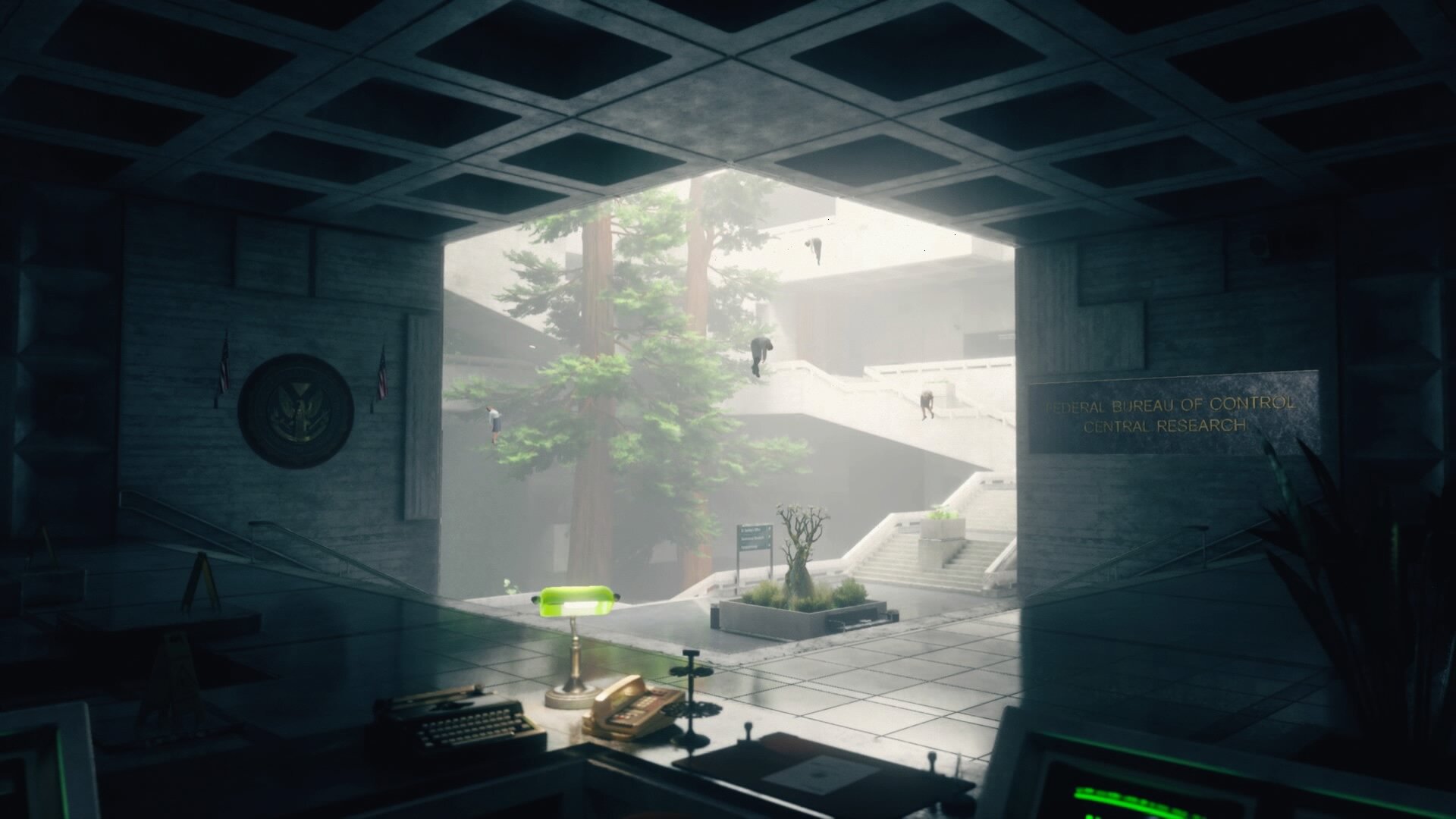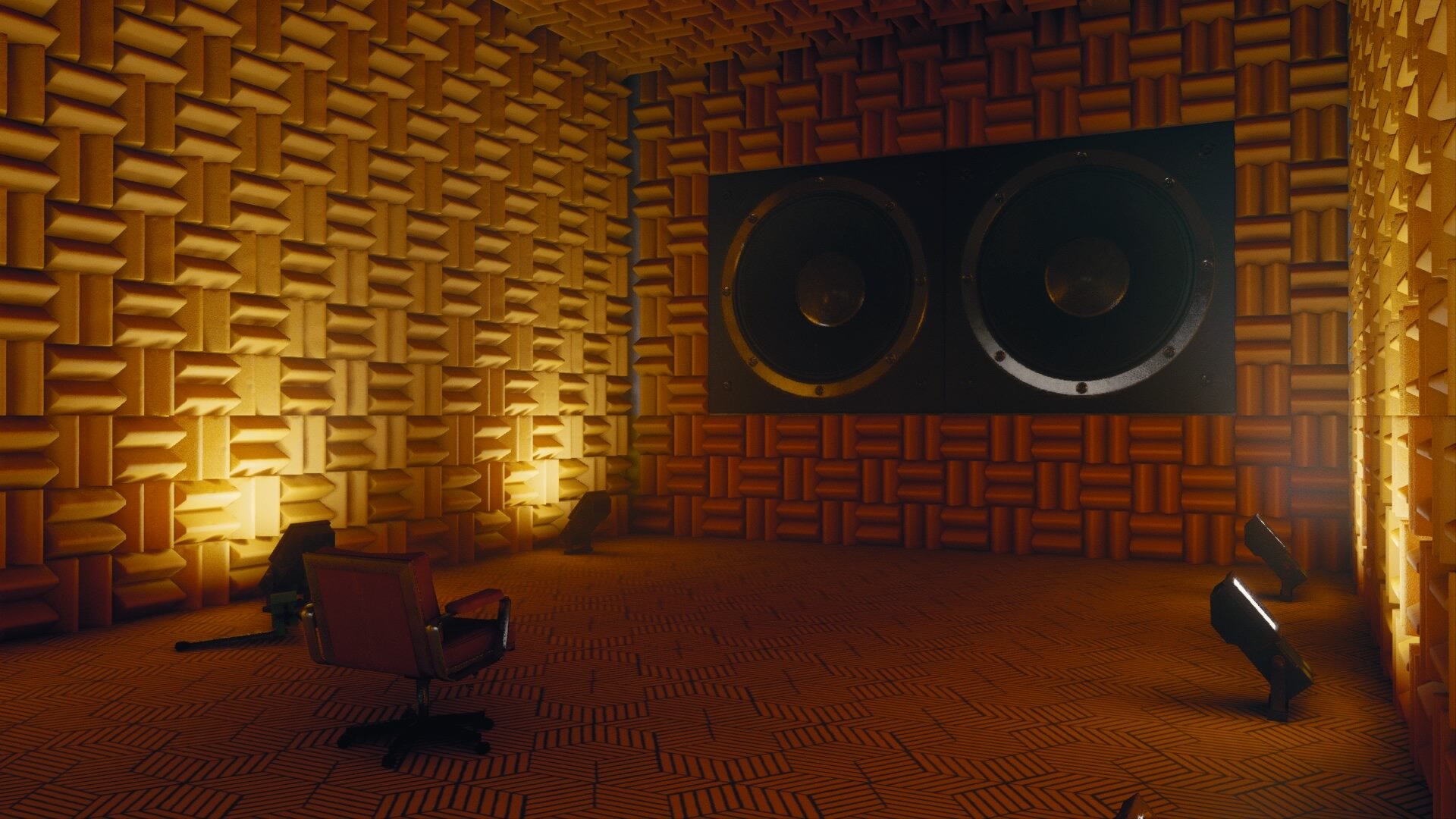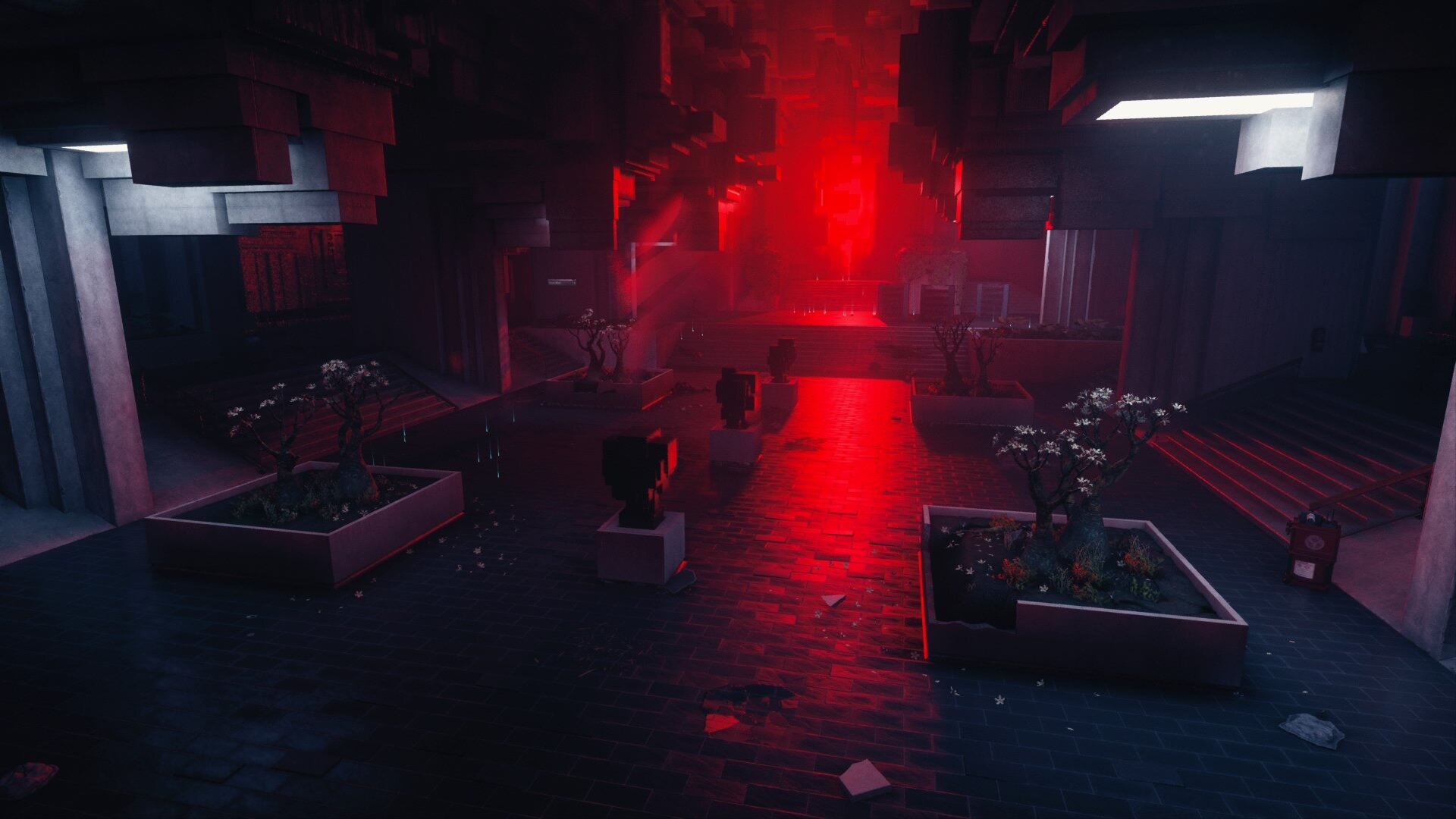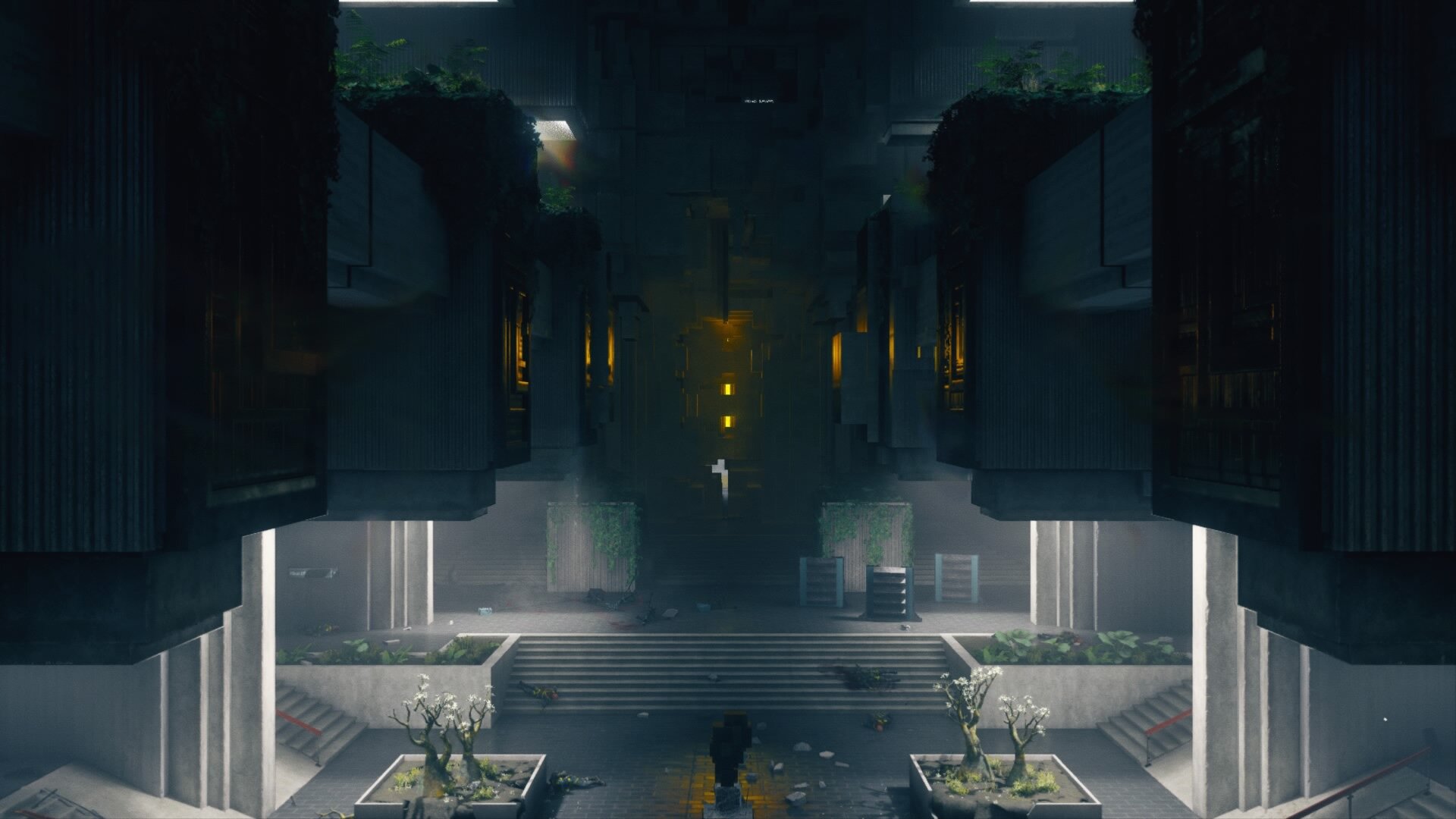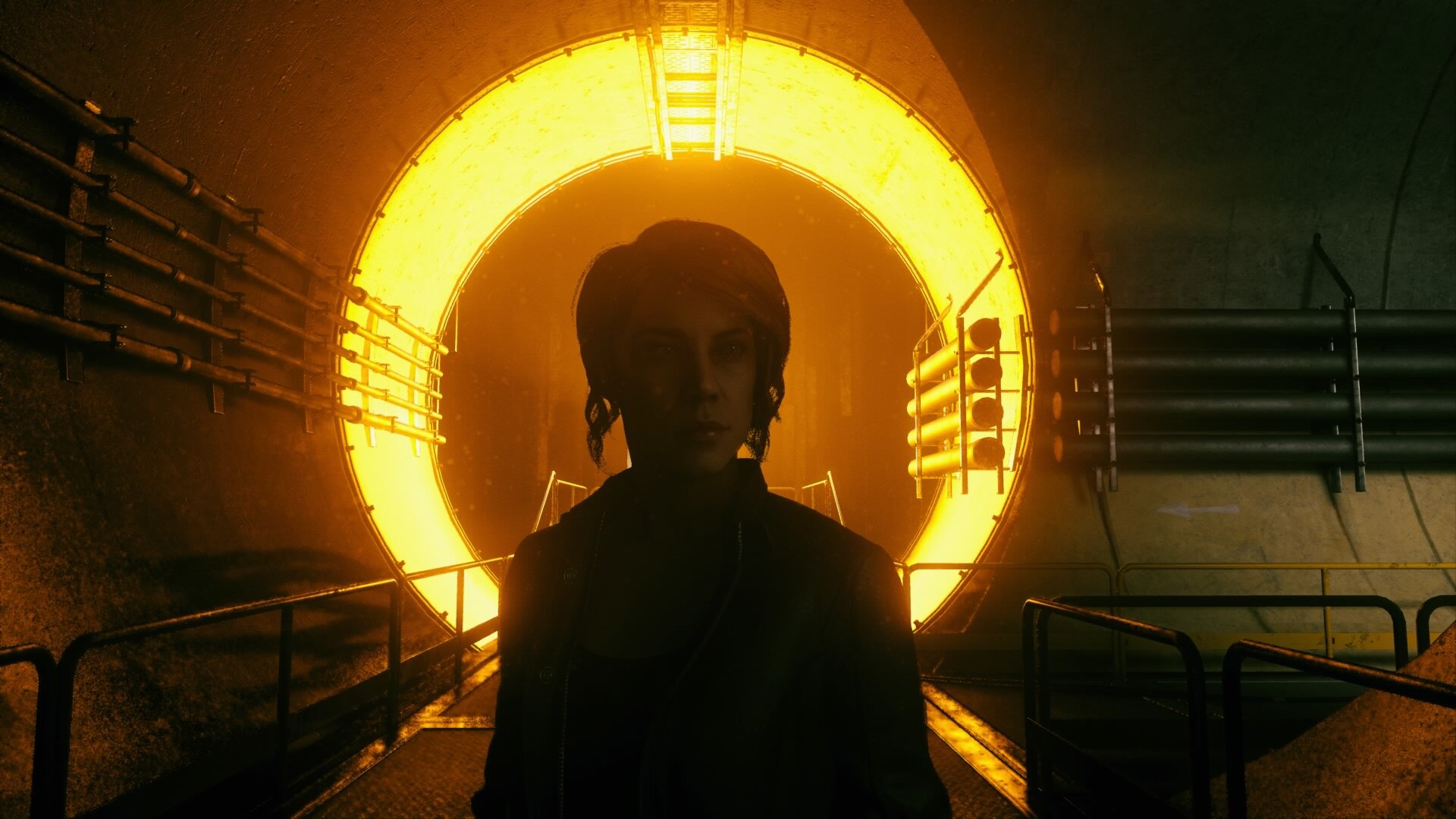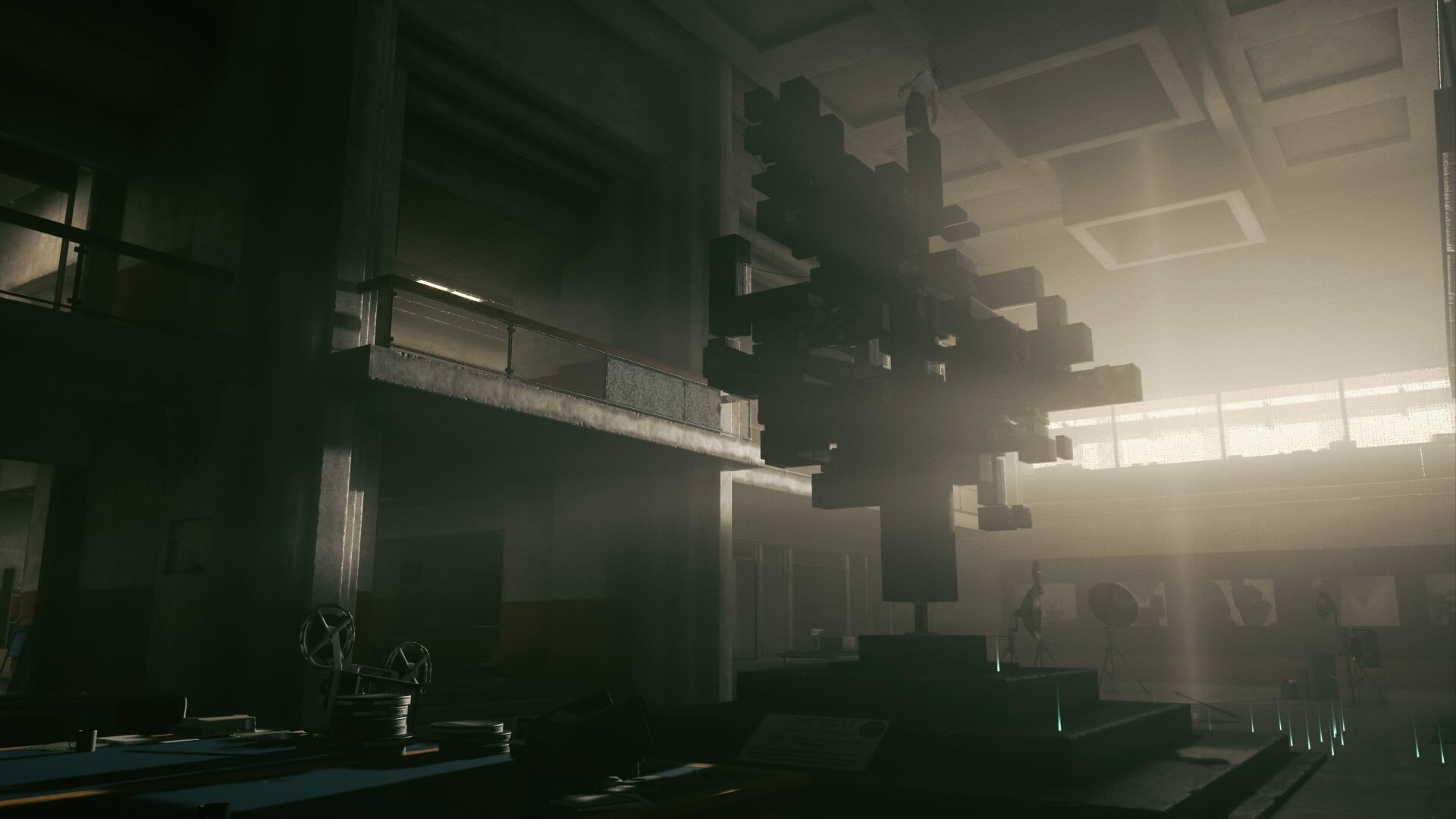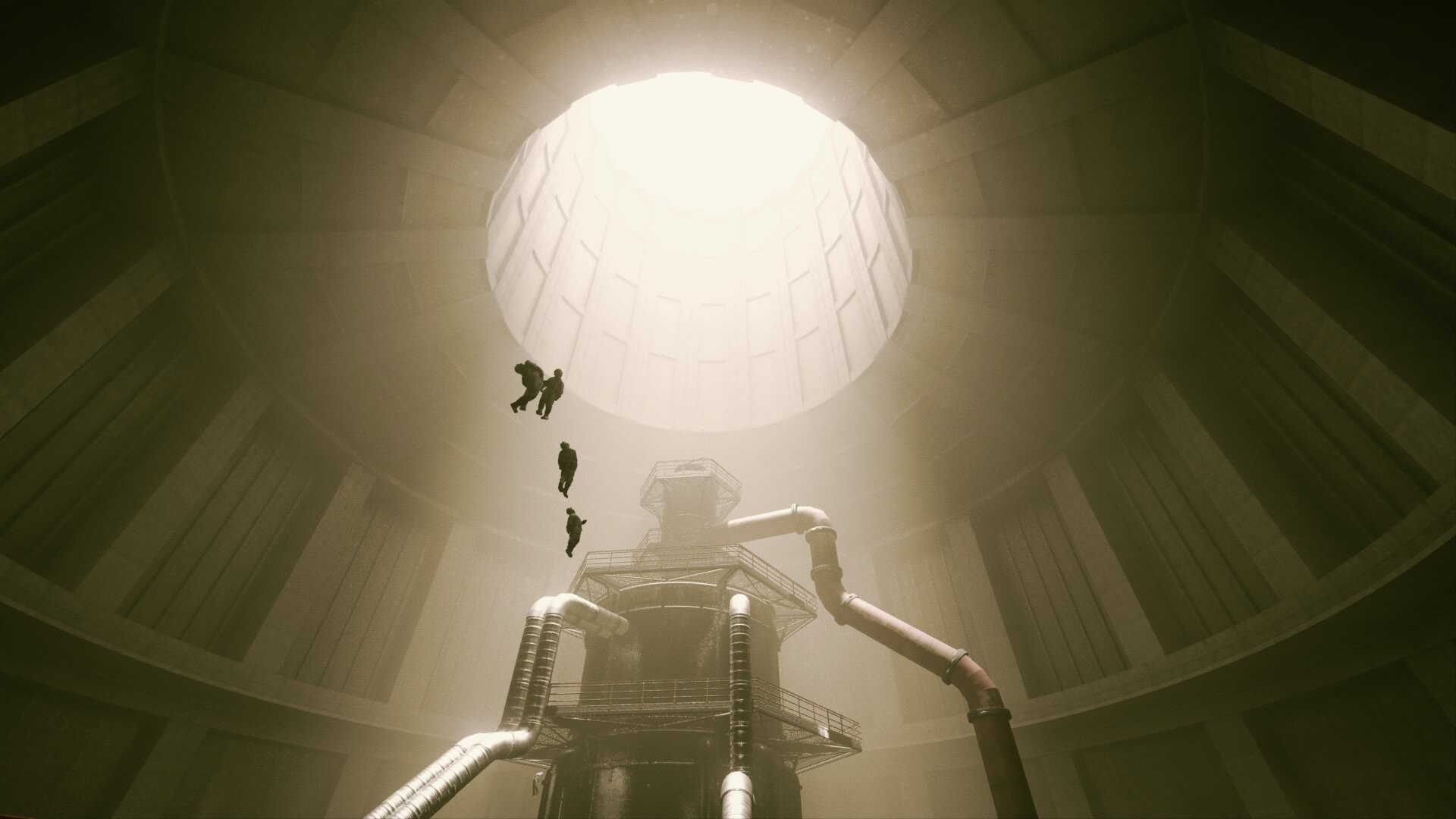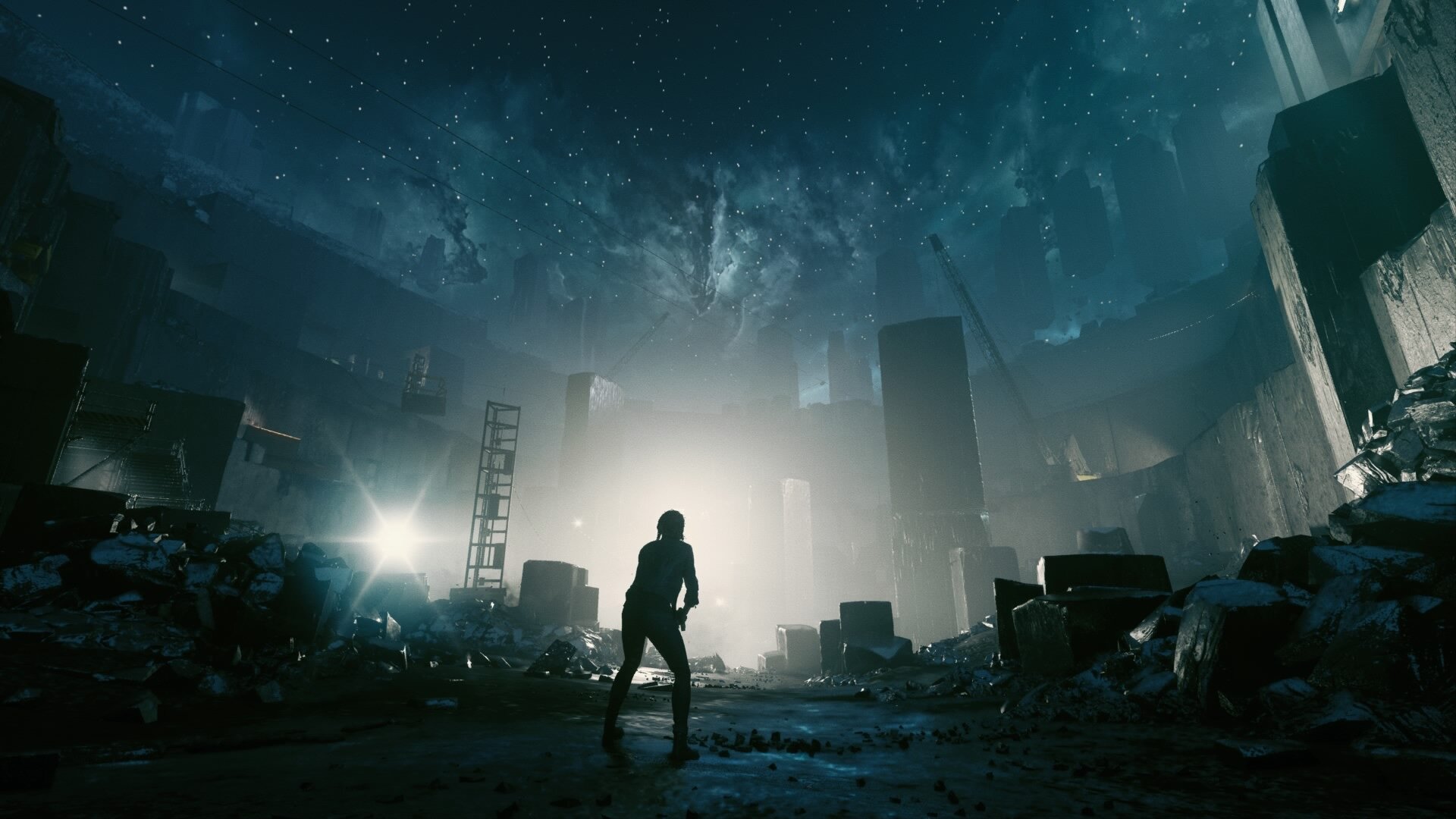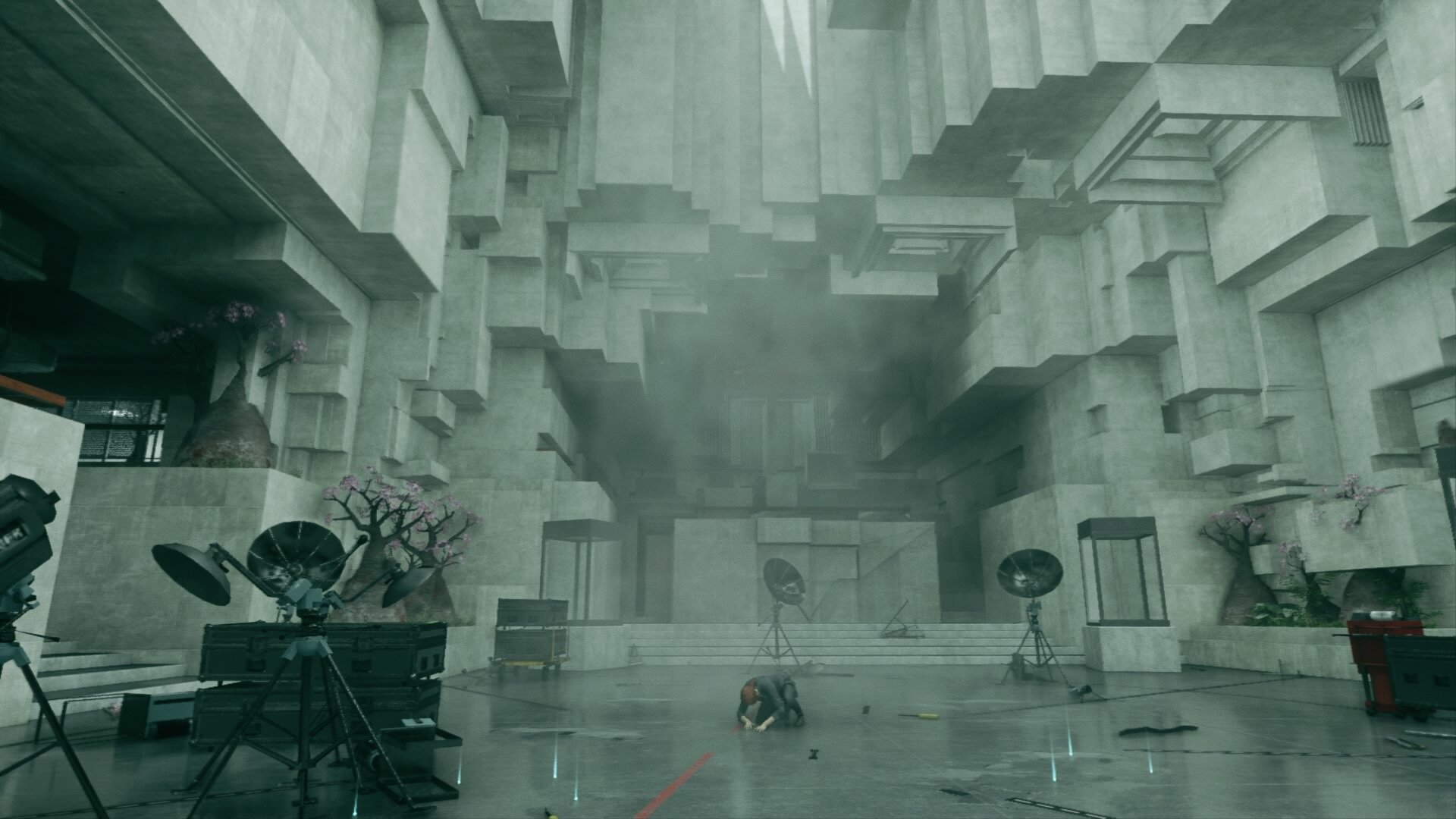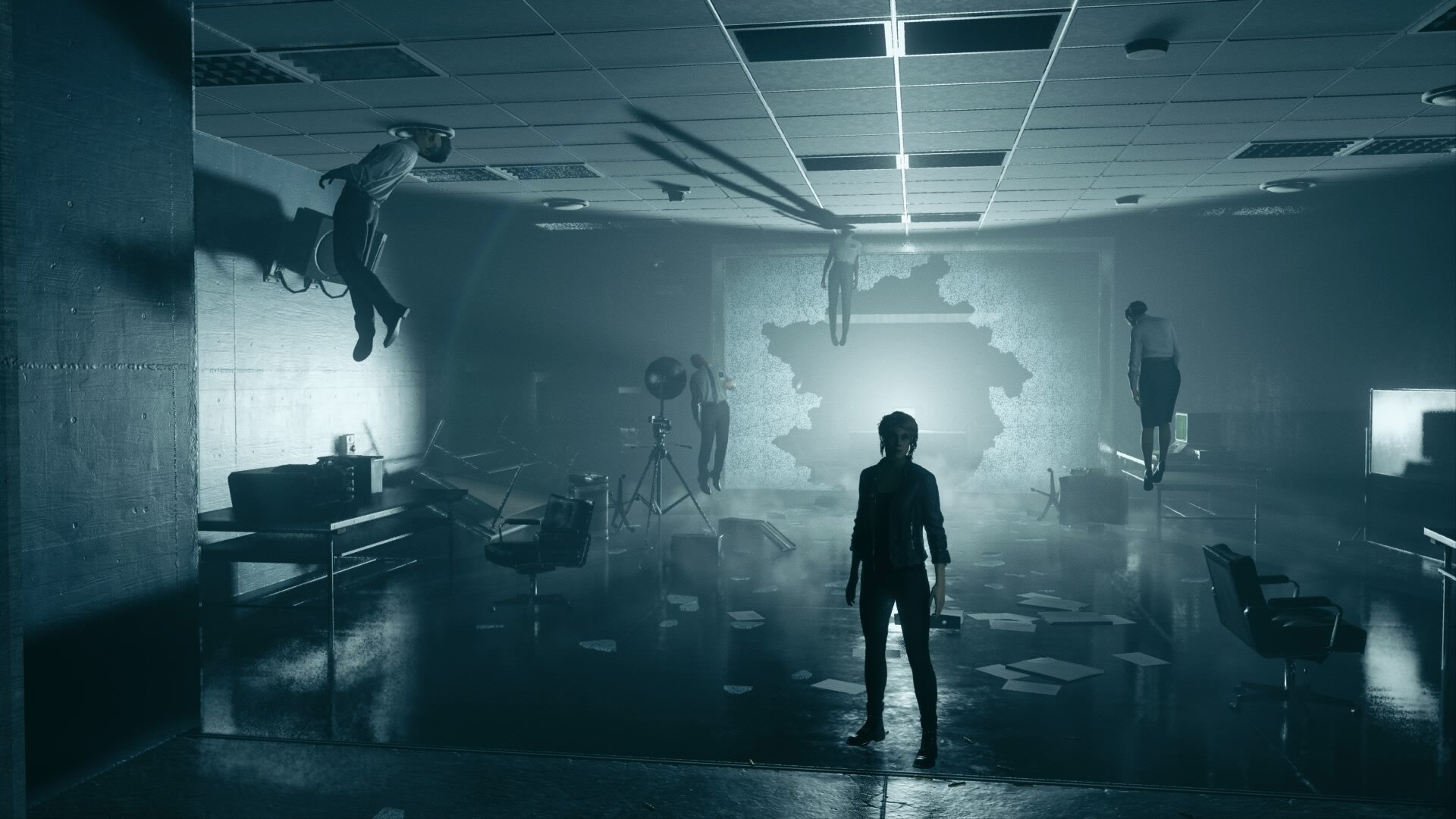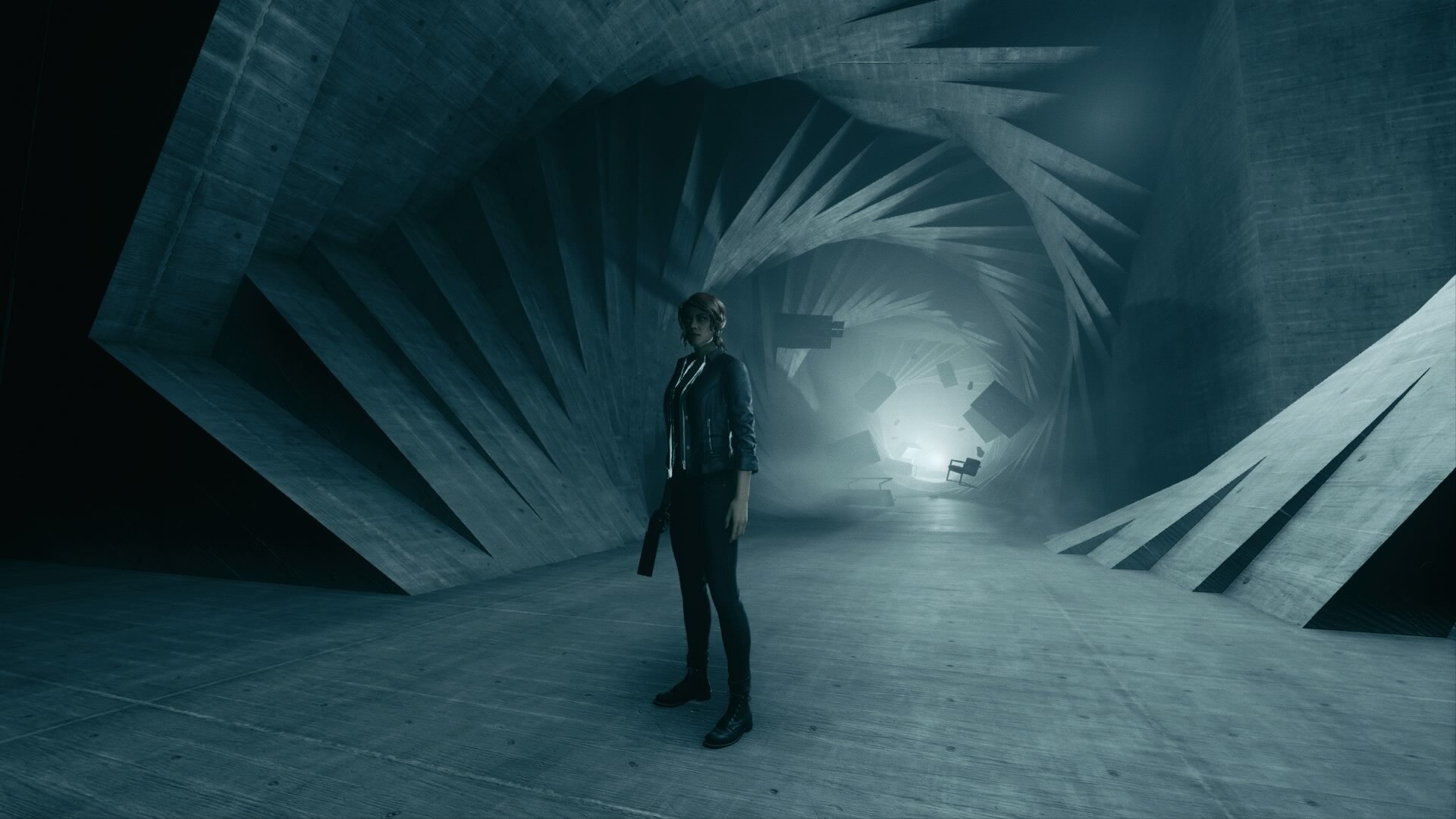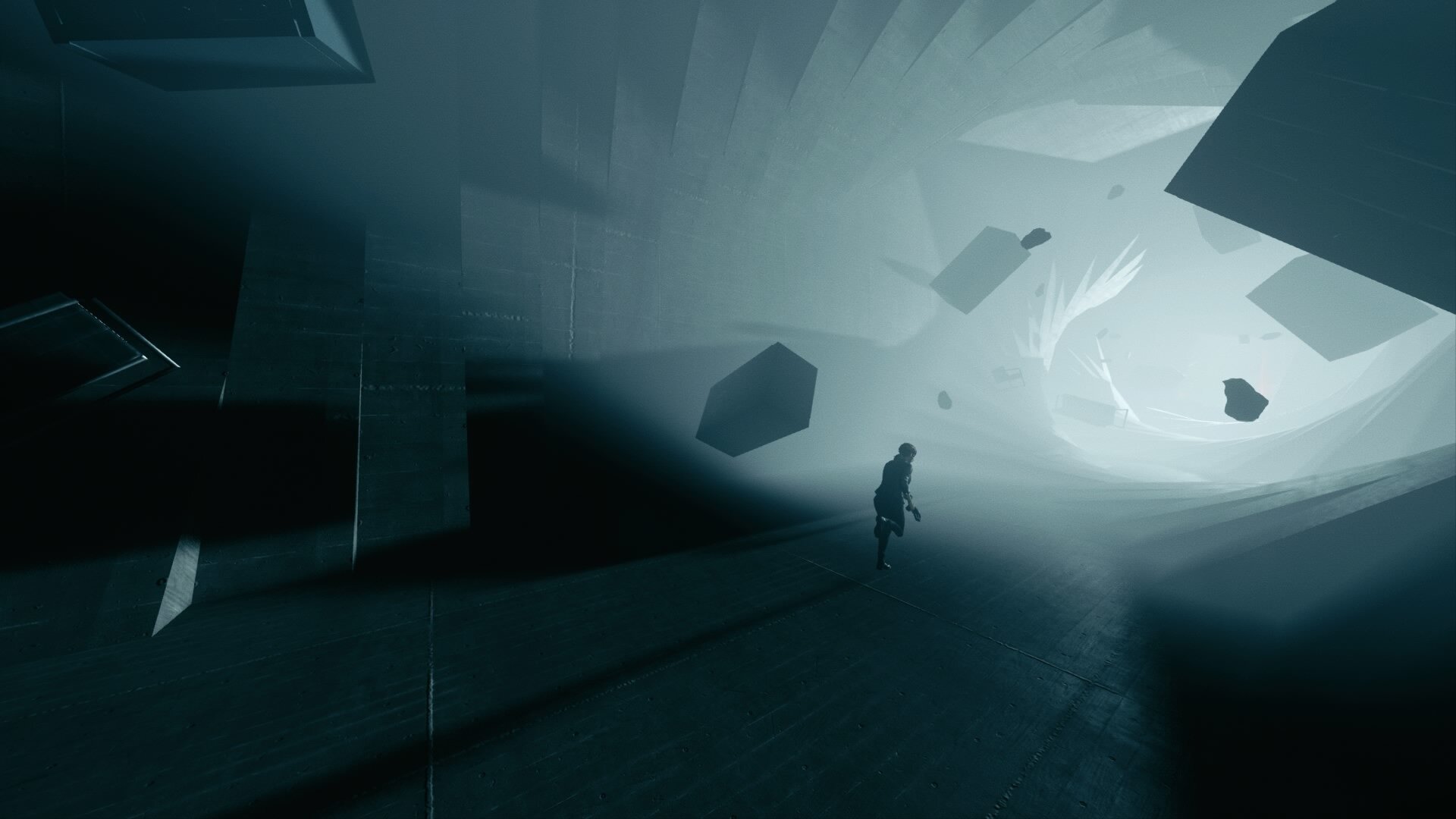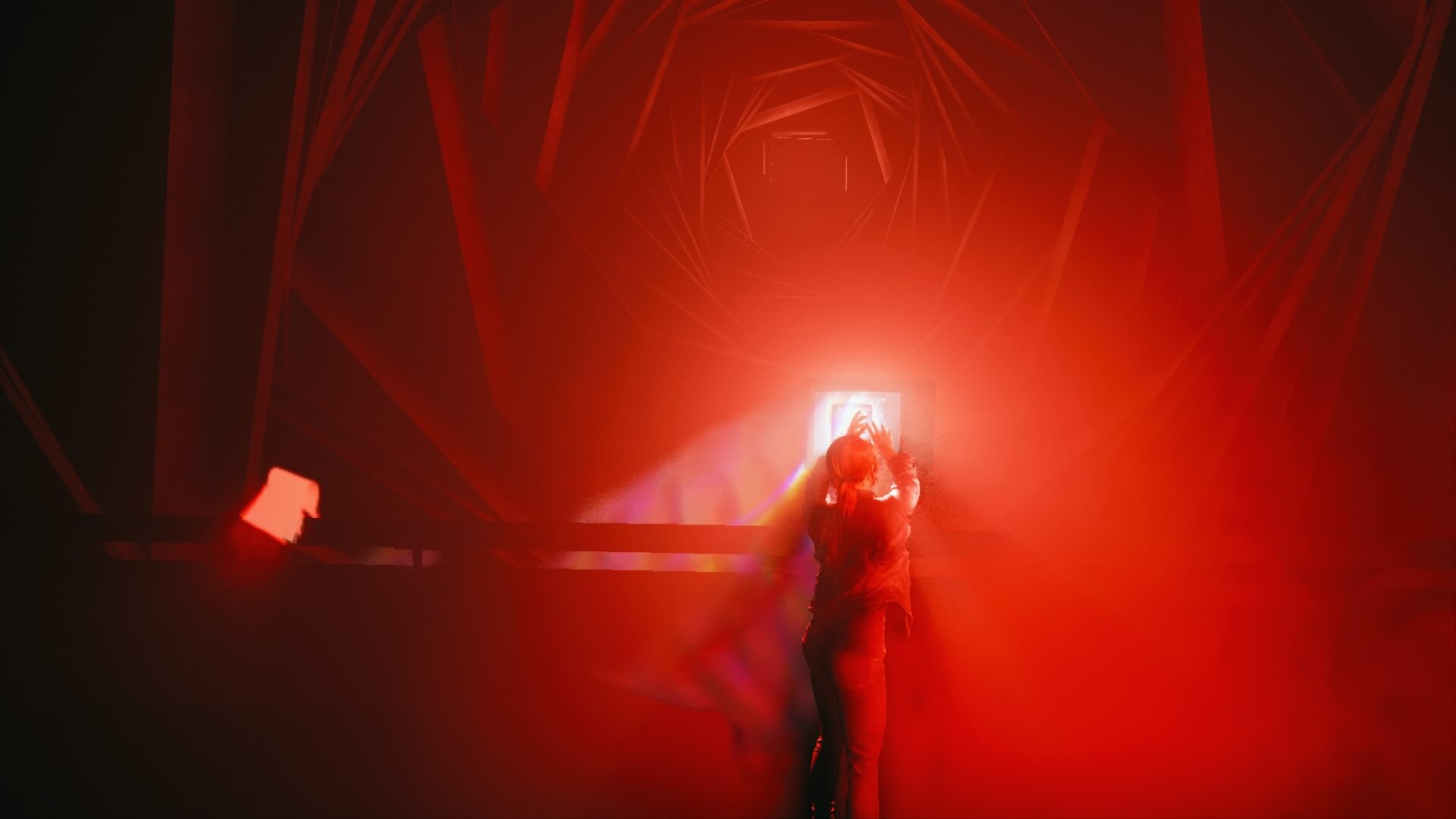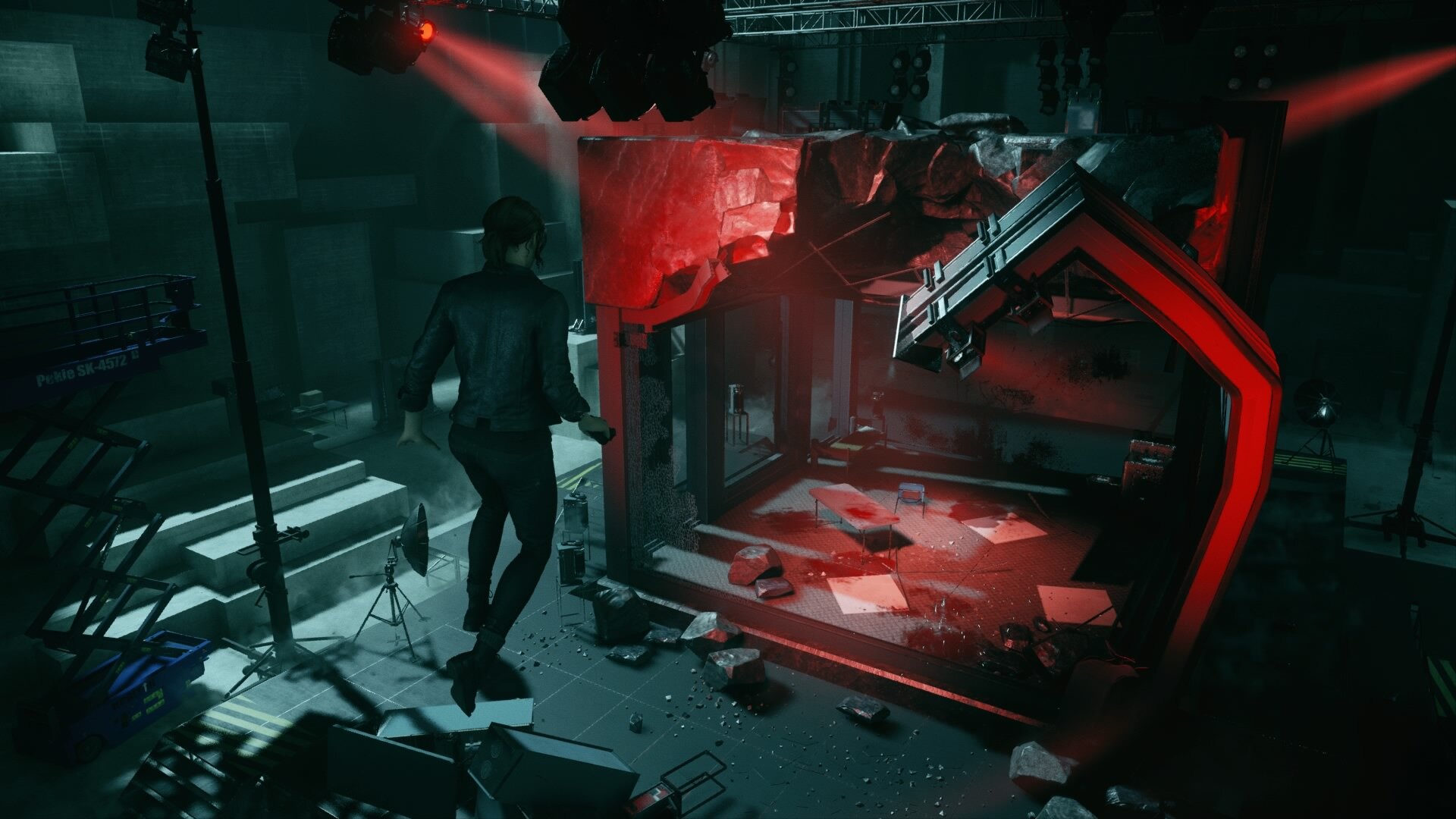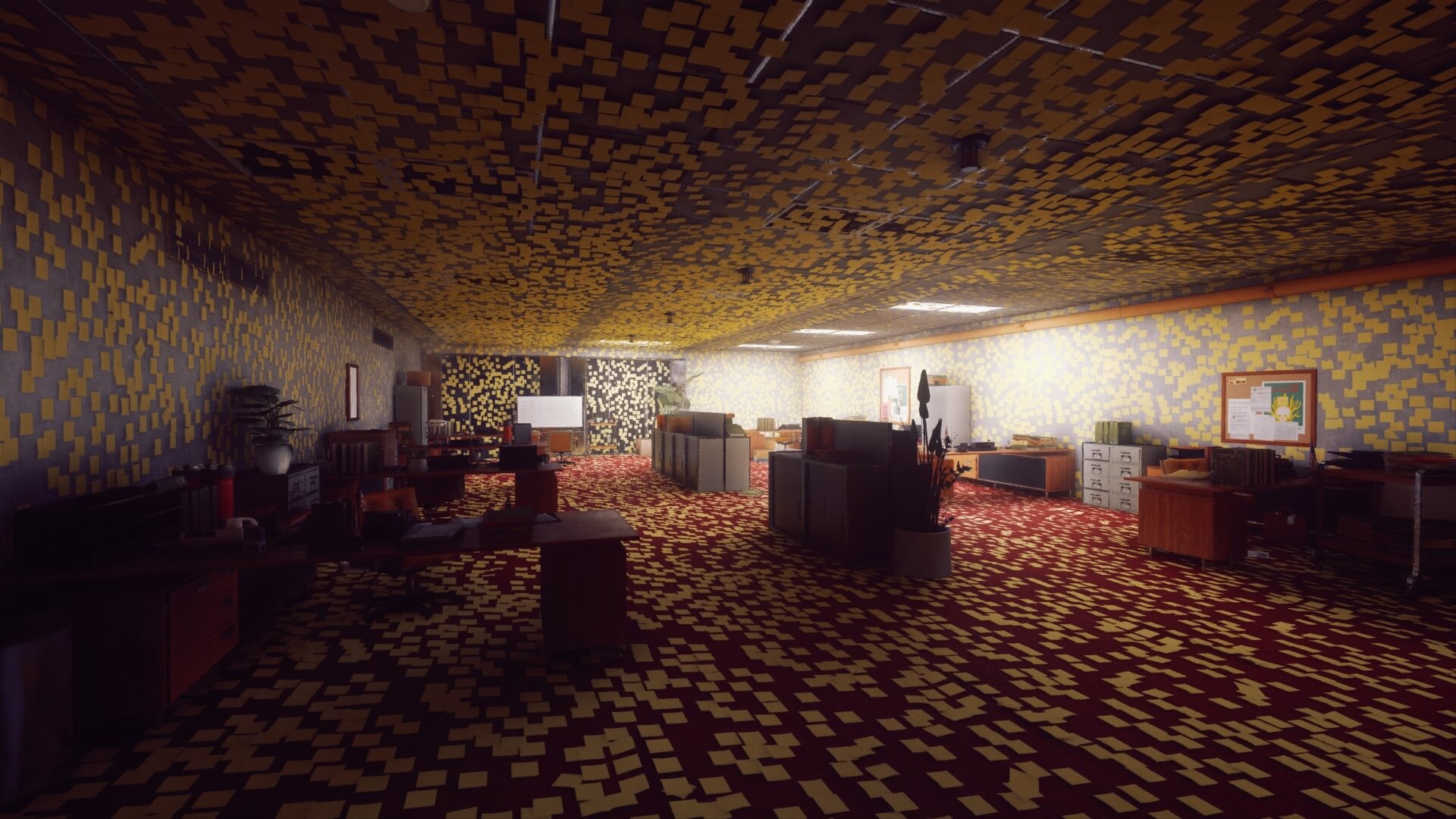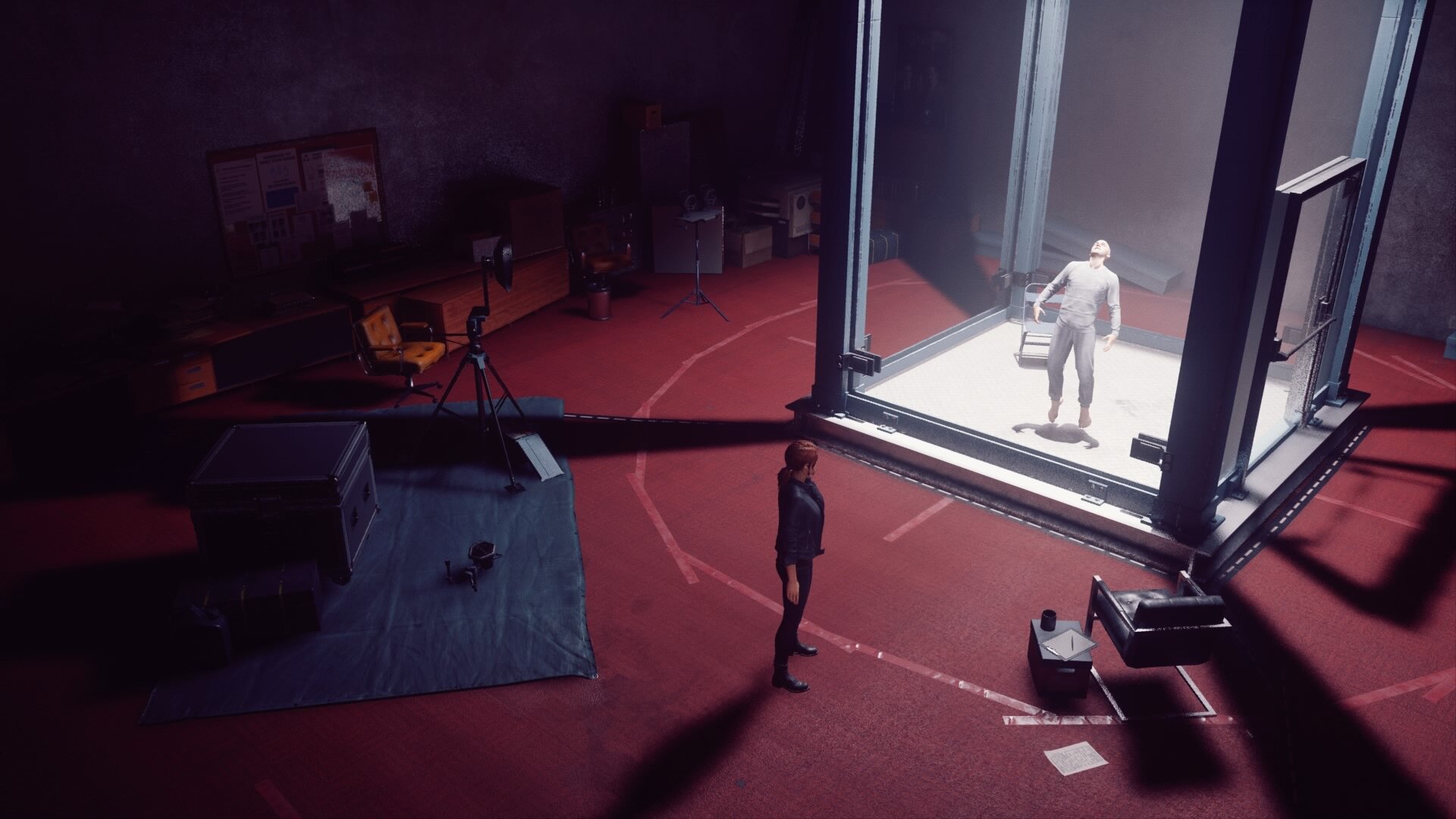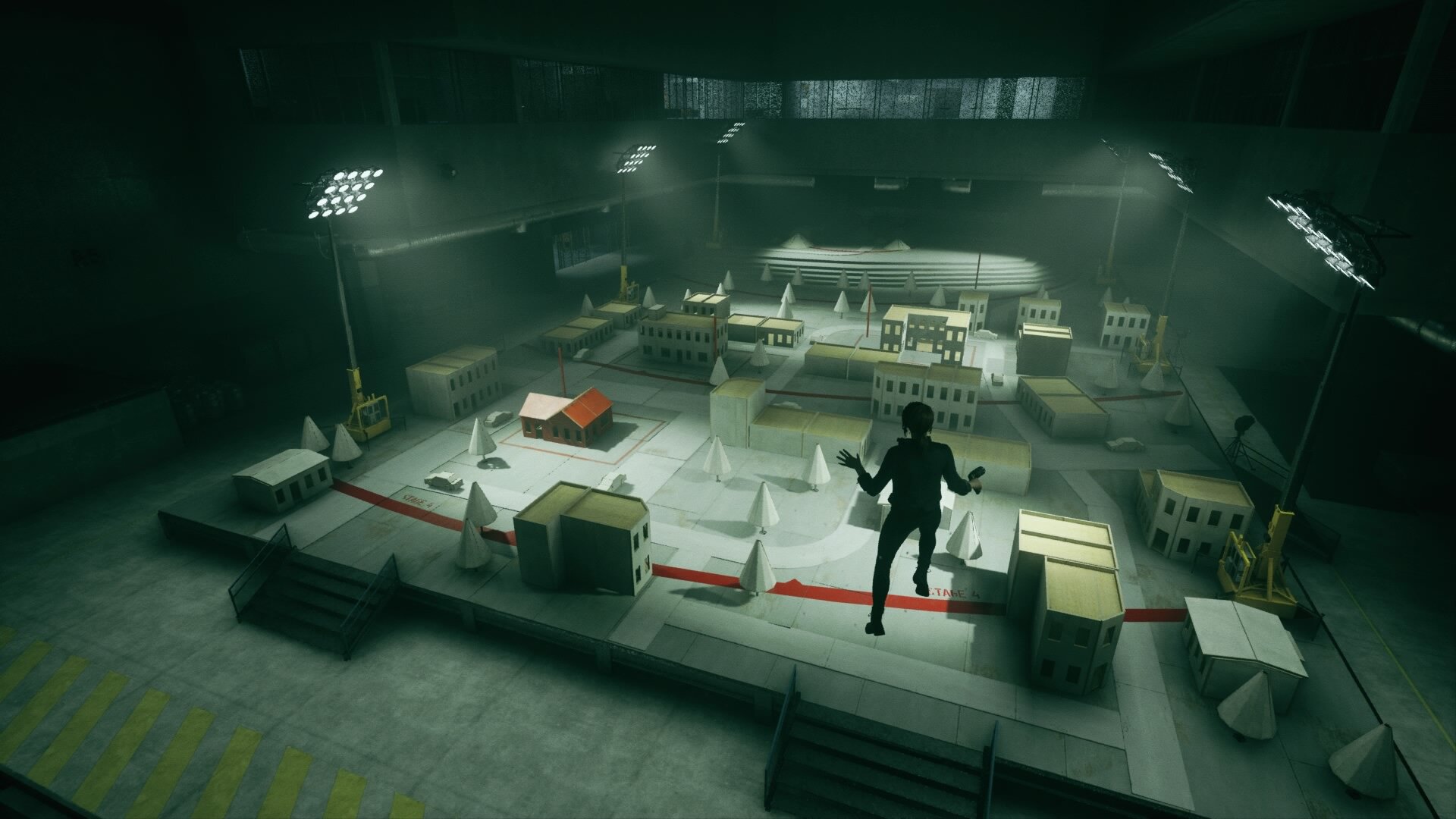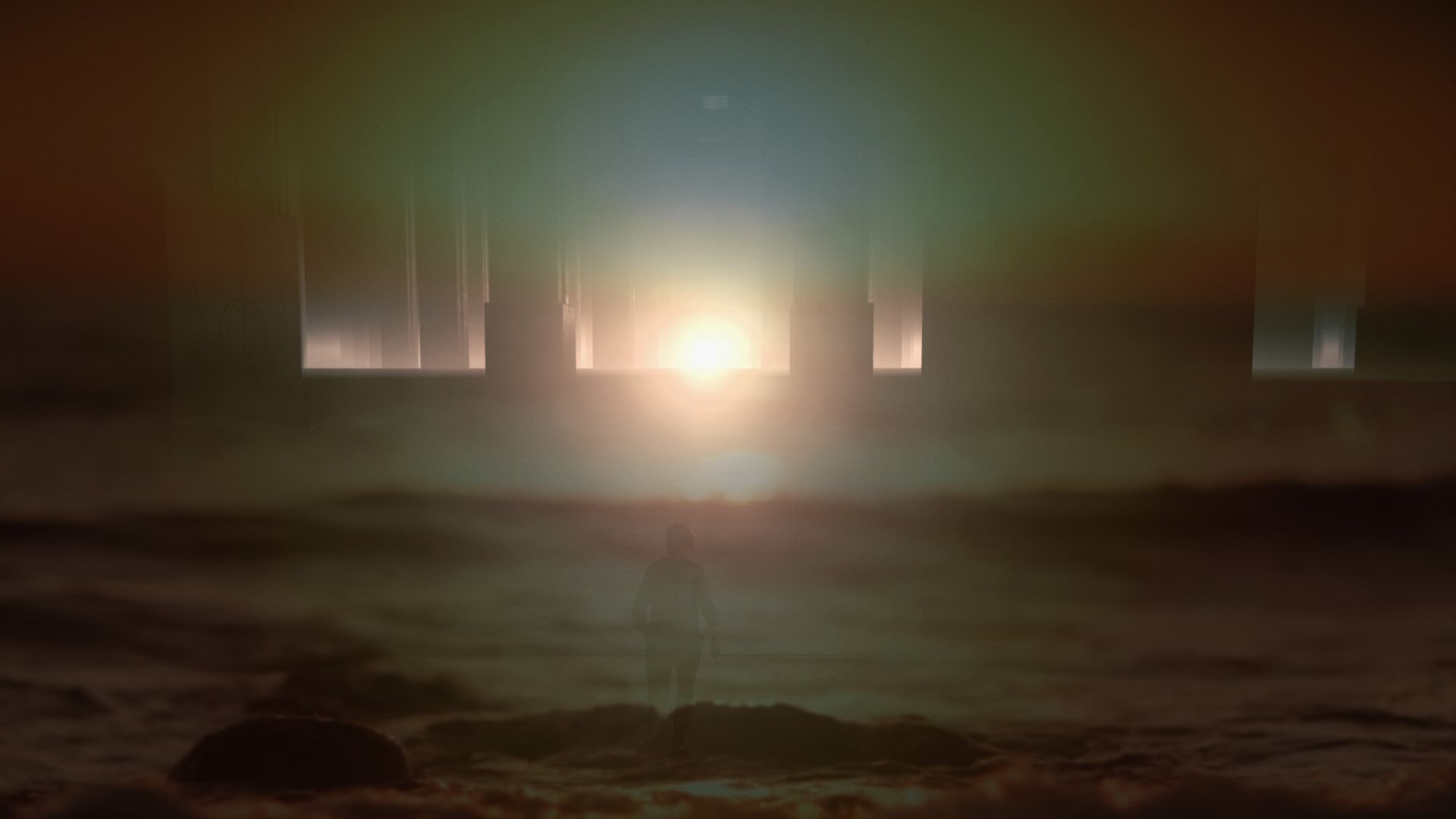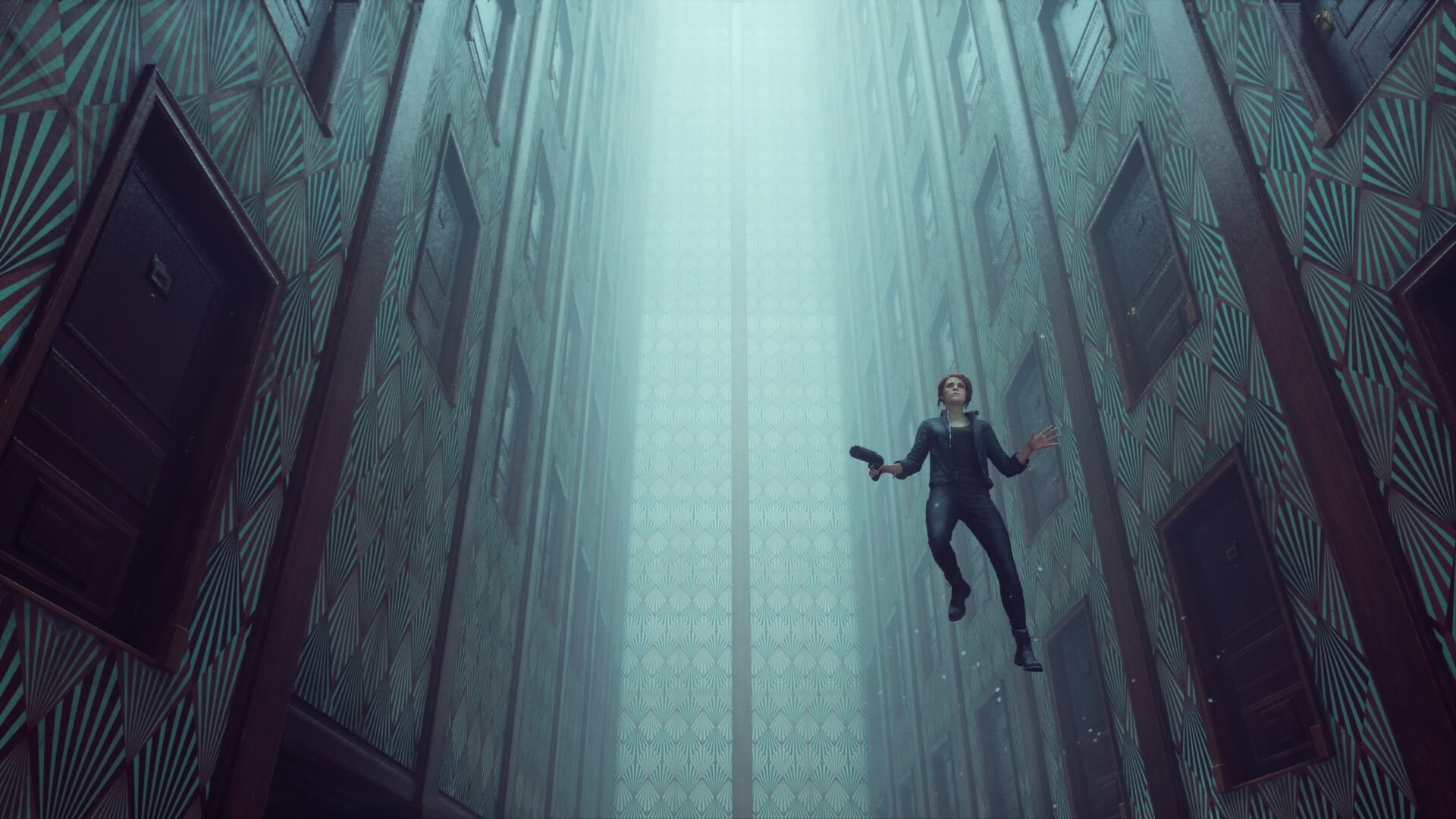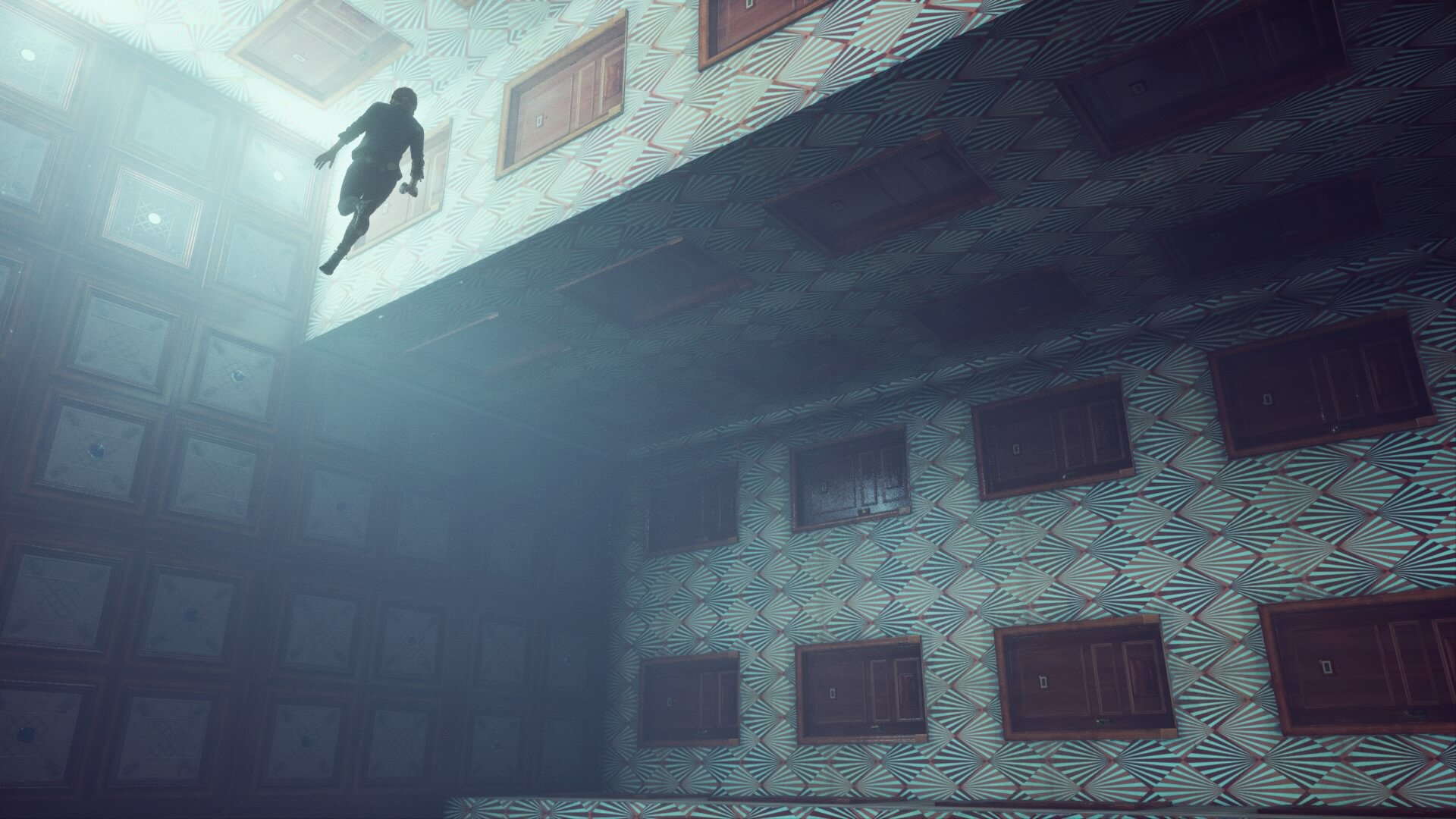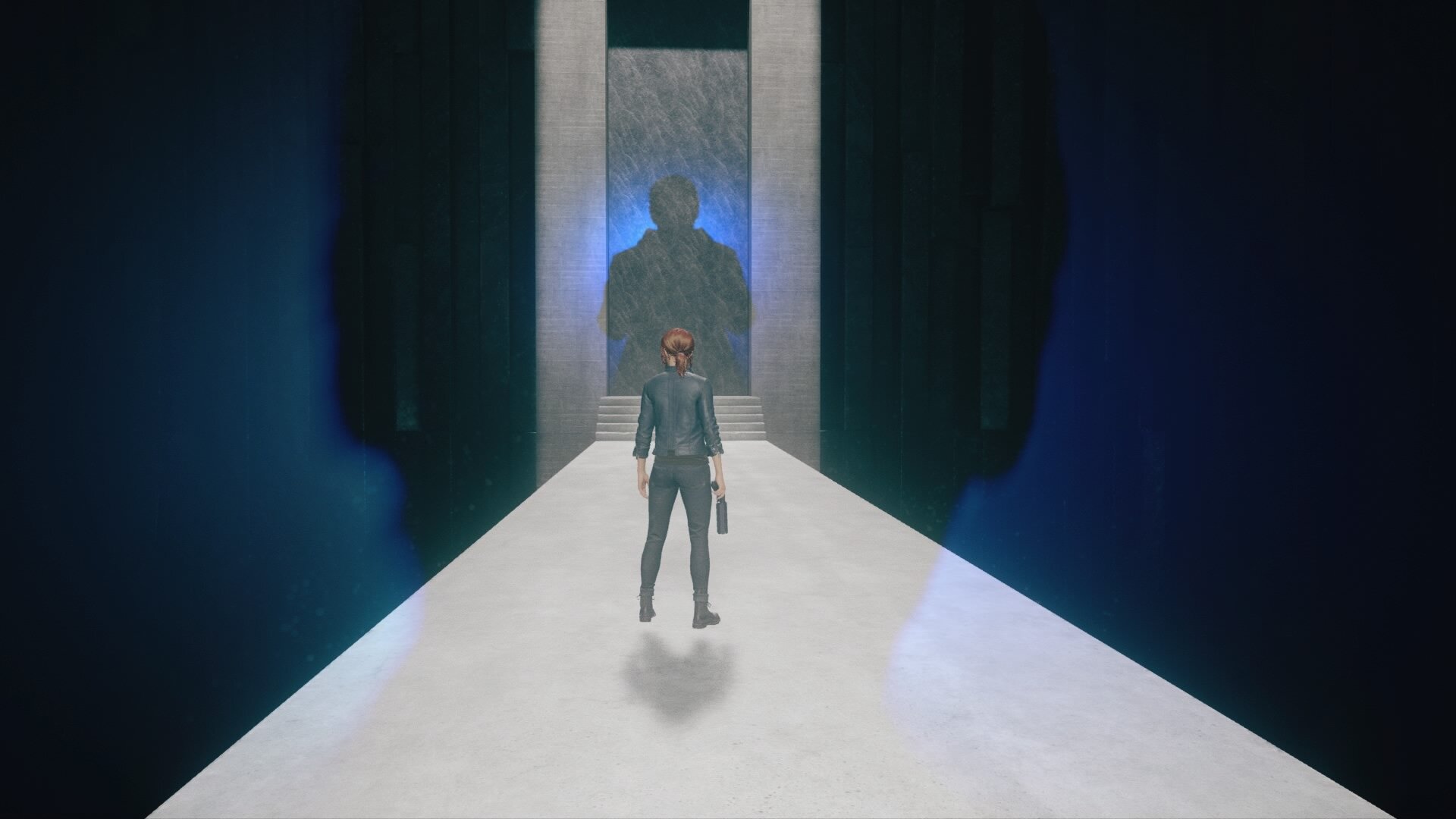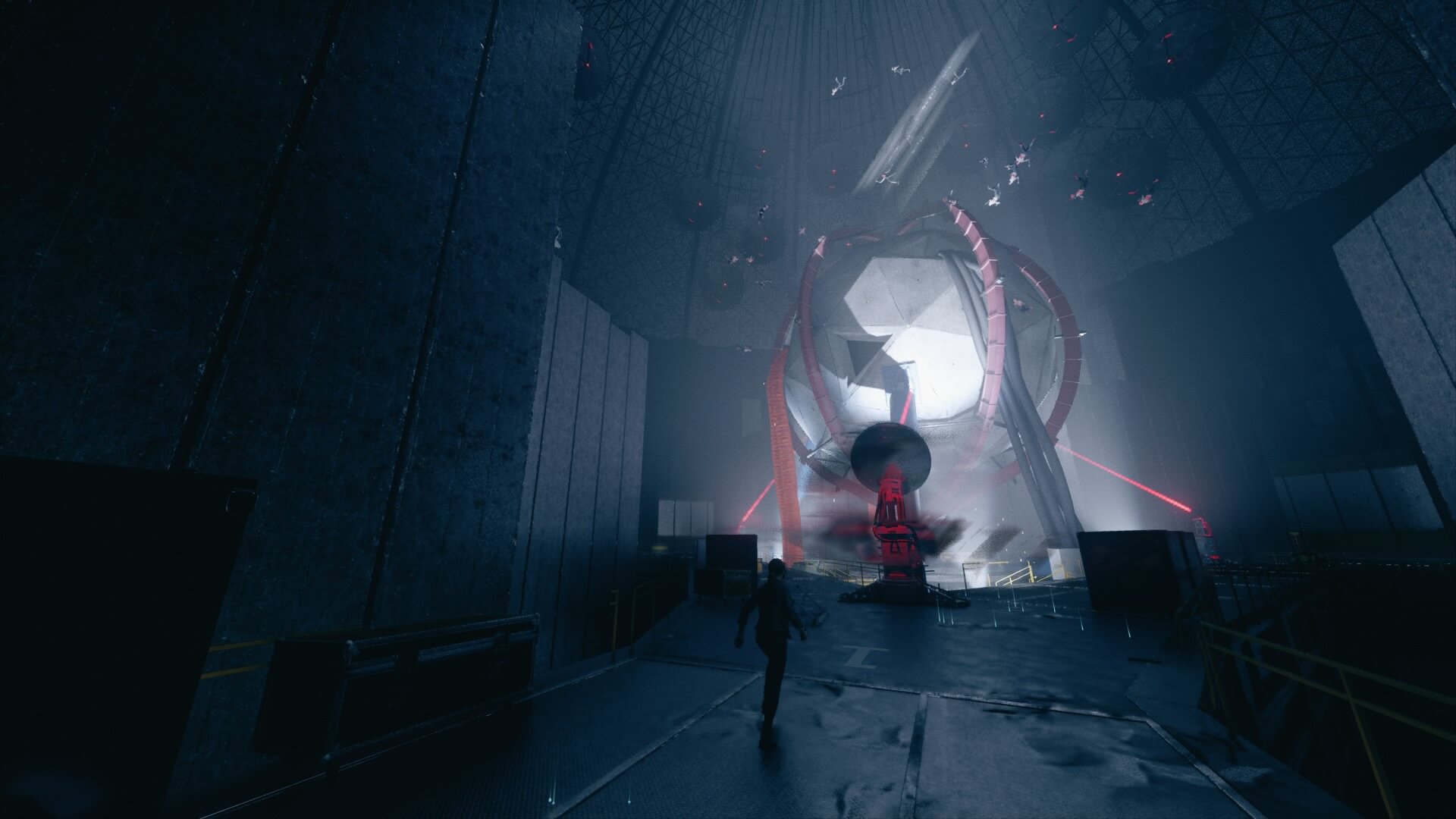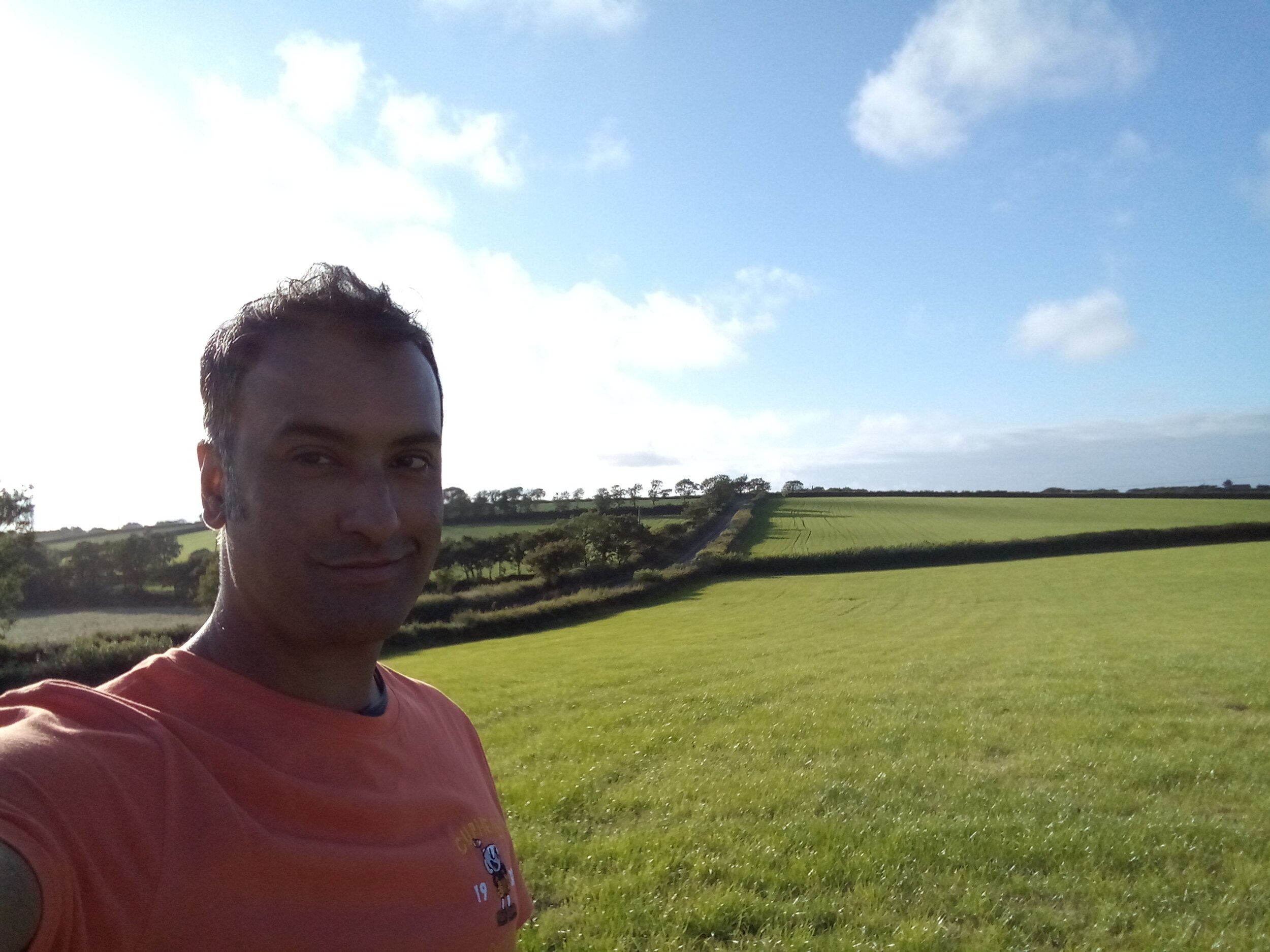The series episodes can be broken down into the following:
Episode 1- Space Invaders, Missile Command, Pacman, Atari, ET and the Video Game Crash of '83.
Episode 2- Nintendo, Donkey Kong, the NES, Video Game Composer Tanaka, Mario, Gameboy, Tetris, Nintendo Game Counselors, Shigeru Miyamoto, Nintendo vs. Universal, Kirby, Nintendo World Championship 1990, Nintendo Power,
Episode 3- Adventure Games, Roberta and Ken Williams (Founders of Sierra, creators of King's Quest, Richard Garriot (Creator of Ultima), Dungeons and Dragons, Yoshitaka Amano, Final Fantasy and Gayblade.
Episode 4- Sega vs. Nintendo console war, Sonic the Hedgehog, Trip Hawkins and EA, John Madden (American) Football, Sega's Rock the Rock Tournament and the 'SEGA does what Nintendon't advertising campaign'
Episode 5- Street Fighter 2, Mortal Kombat, Video game violence, Night Trap, the Street Fighter 2 Turbo Tournament in Japan, esports,
Episode 6- Doom, Super FX chip, Star Fox, Wolfenstein 3D and Online multi-player.
Let’s starts with the positives; the whole production of the show is impressive as in places the cinematography is stunning, like when they are showing the neon-lit streets of Tokyo or the sun bleached beaches of California, or video game system porn where there are slow-mos of the systems spinning and slowly coming into focus.
The music is all 80s synth but more new wave 'Stranger Things' rather than OMD or Eurythmics, which is no bad thing as it compliments the feel of the series.
The footage of old adverts, vox pop and city scrapes offered a glimpse into the past which seems quaint in this pandemic ridden world of ours. The communal aspect of game tournaments is great as it offers a personal story about the impact the games have had on these players. The interviews with the creators is informative but not anything new for anyone who's even done some cursory reading or watching of any shows.
Whilst enjoying the series I thought that some areas needed development; in places it came across as heavy- handed and cringy, especially with the roleplaying with the older luminary figures portraying themselves as they were in the past. I know it was played for humour but it’s like when a dodgy uncle tells an inappropriate joke, you kinda die a little inside. Also, the content, whilst good, is very Japan and America-centric. It's all '1983 games crash' rather than thriving micro computer market in much of Europe where the game crash just wasn't a thing or in countries like USSR and Brazil where modding existing hardware and software and piracy were huge. I know it isn’t the focus of the series but I thought they missed a trick here.
Lastly, the overly dynamic constantly moving cameras, extraneous CGI and dramatic music drops all comes across as very ADHD. It’s as if the programme is scared to calm down, but maybe that's my age as I am someone who prefers calmer rather than bombastic documentaries. But having said that, I loved the pixel art interstitials as they were obviously made with love and added a riot of colour to break things up.
As an introduction to video gaming origins and history, this documentary series is great. For many older fans, who know a lot of the information through listening to retro gaming podcasts, reading gaming magazines for most of their lives or watching other shows or YouTube videos, nothing here is really revelatory but it's a nice addition which adds to video gaming's role as an art form.
LINK- From Bedrooms to Billions
LINK- Get Lamp Review
LINK- An English Geek in Saudi
LINK- Streets of Rage 2 on Vinyl Review
LINK- Manga Exhibition at the British Museum
LINK: Japan: My Journey to the East
LINK- Battle Angel Alita: And So It Ends
LINK- The Moomins 80's Soundtrack Vinyl Review
